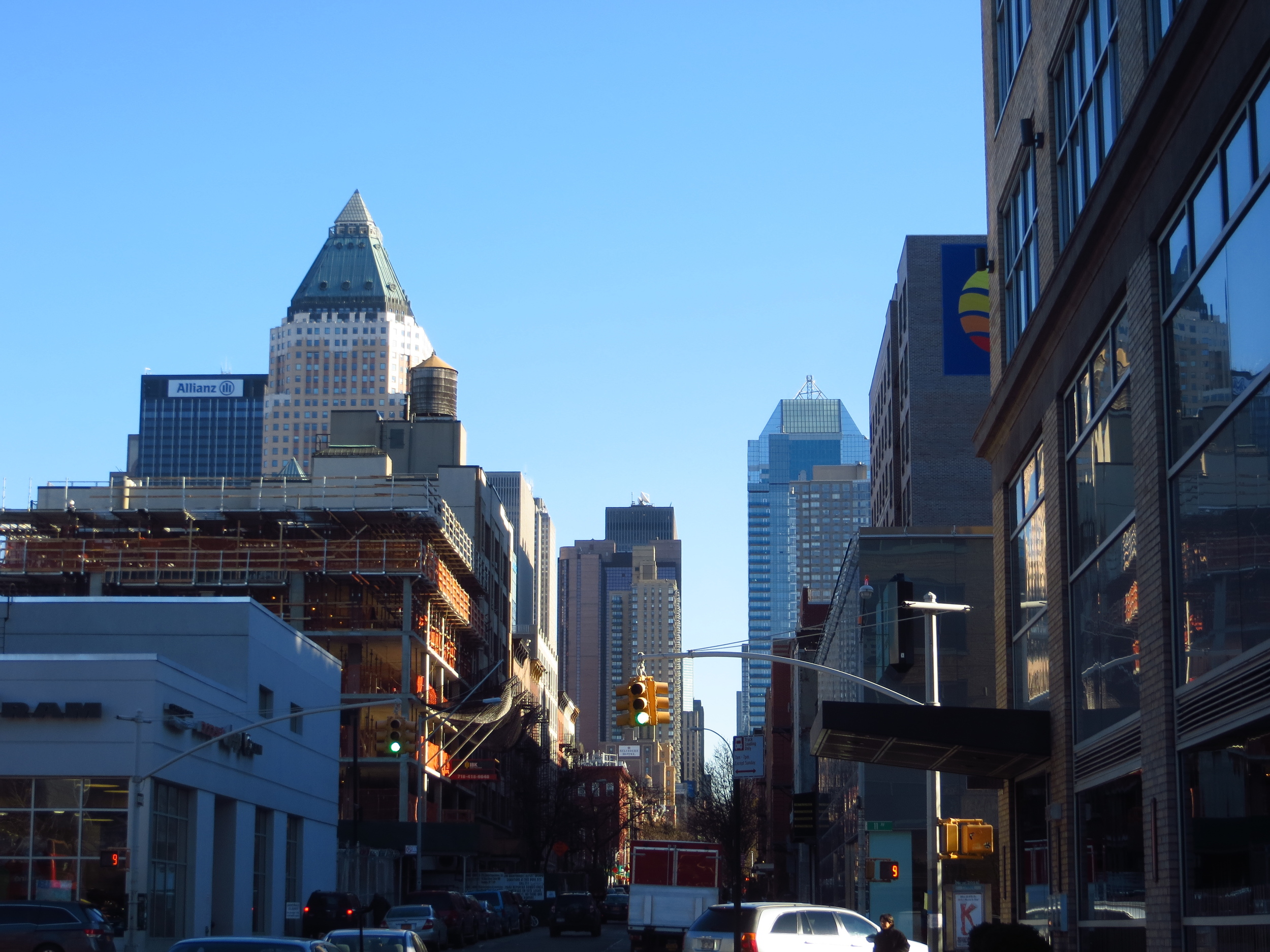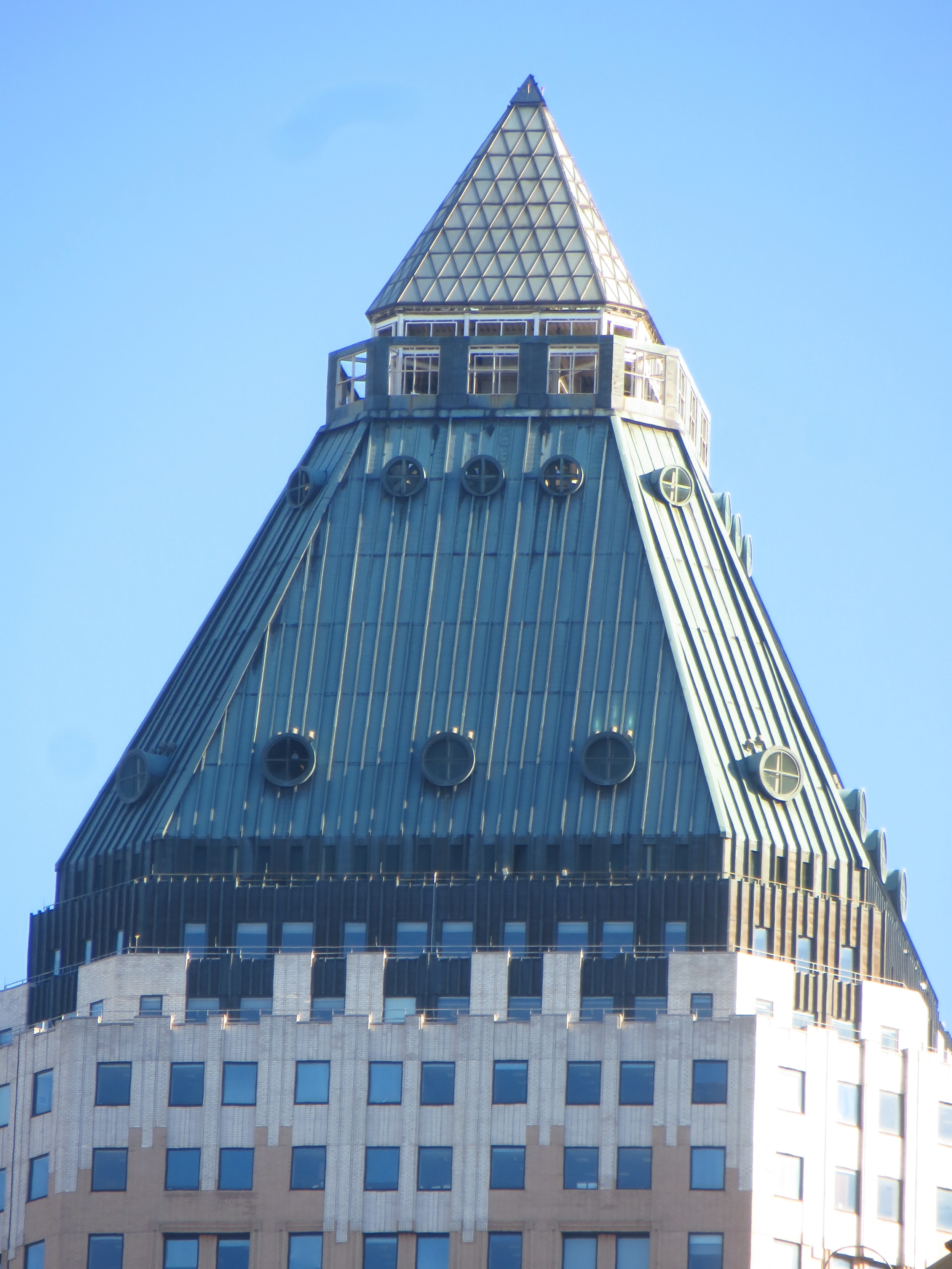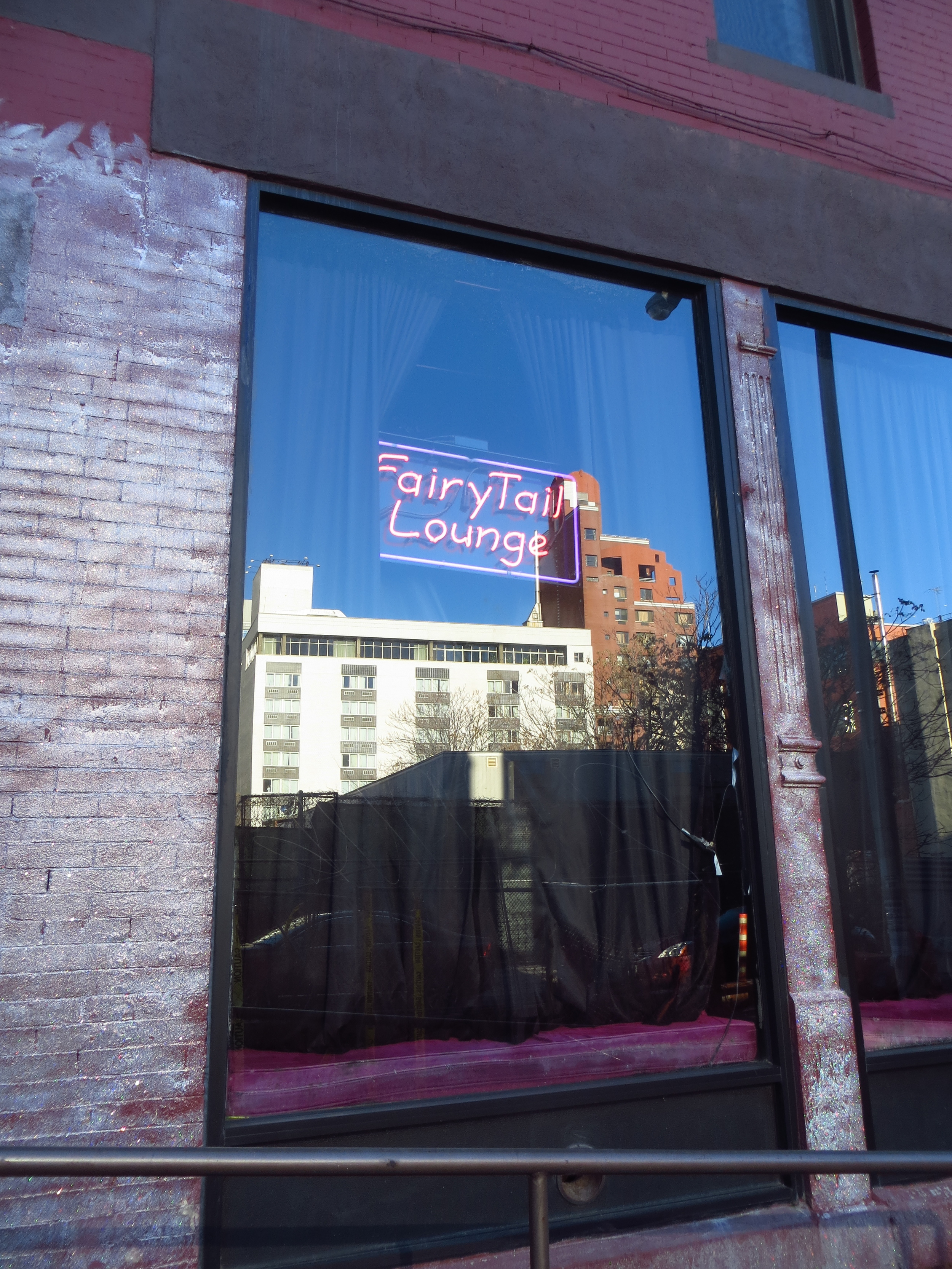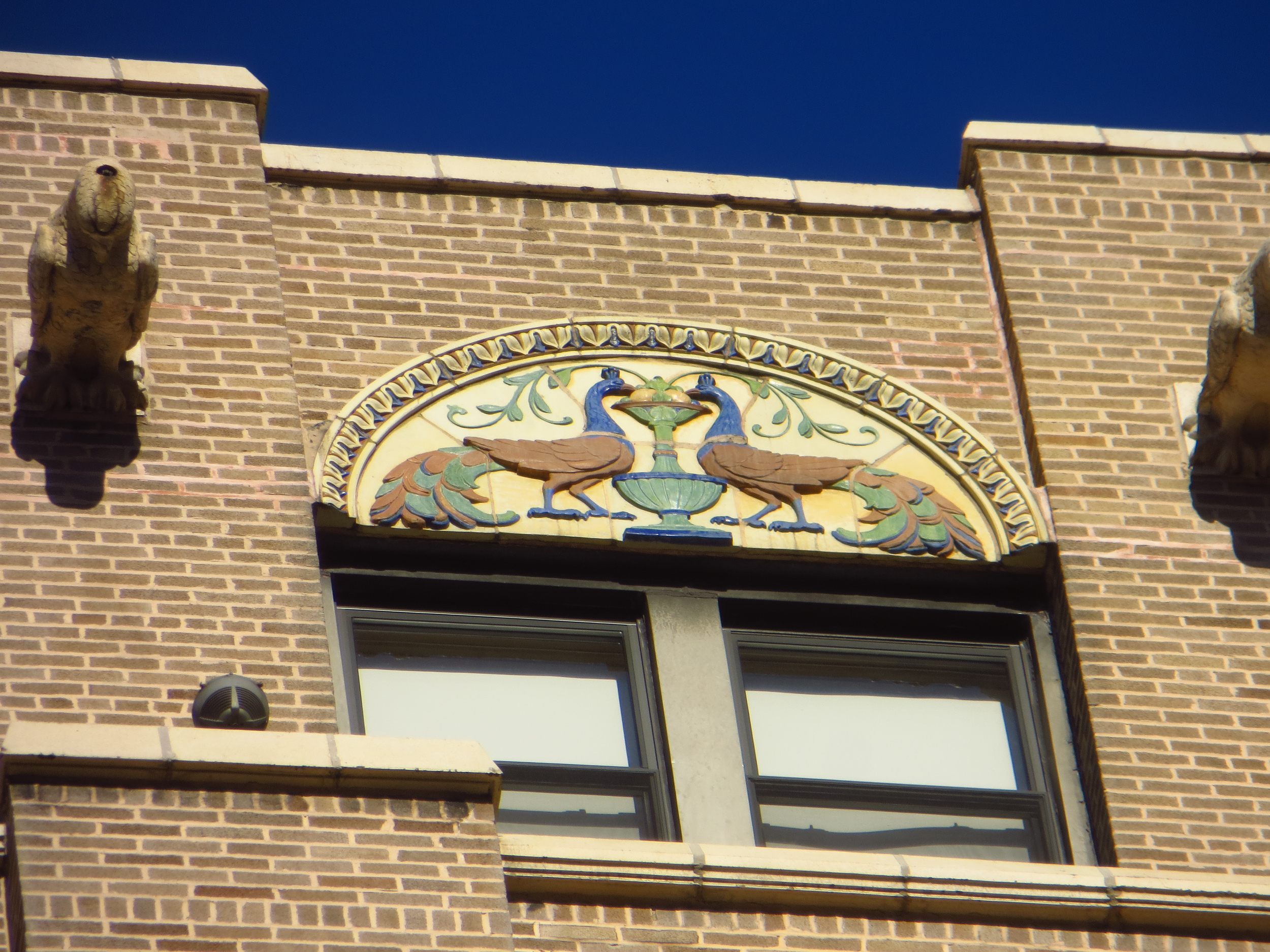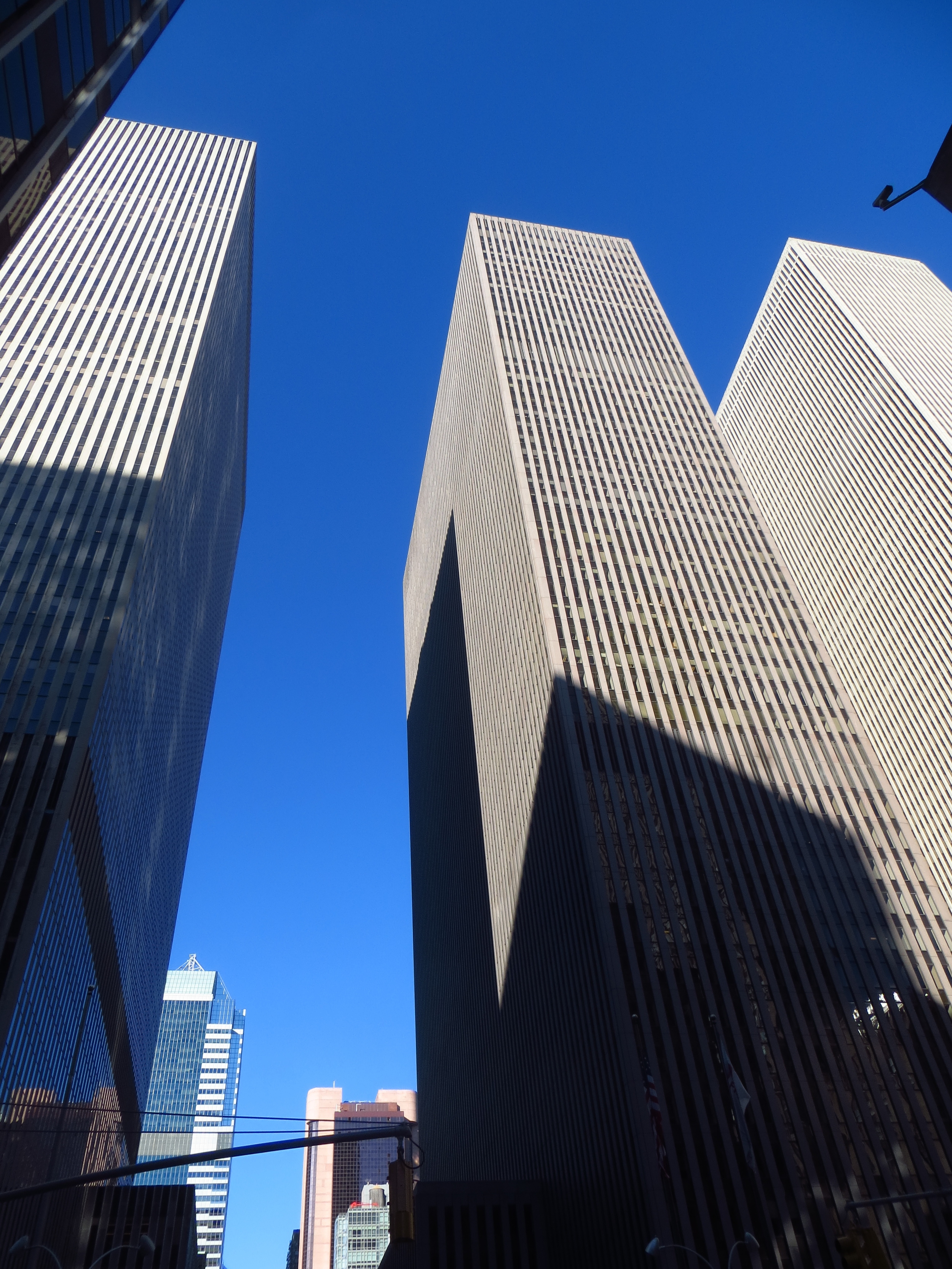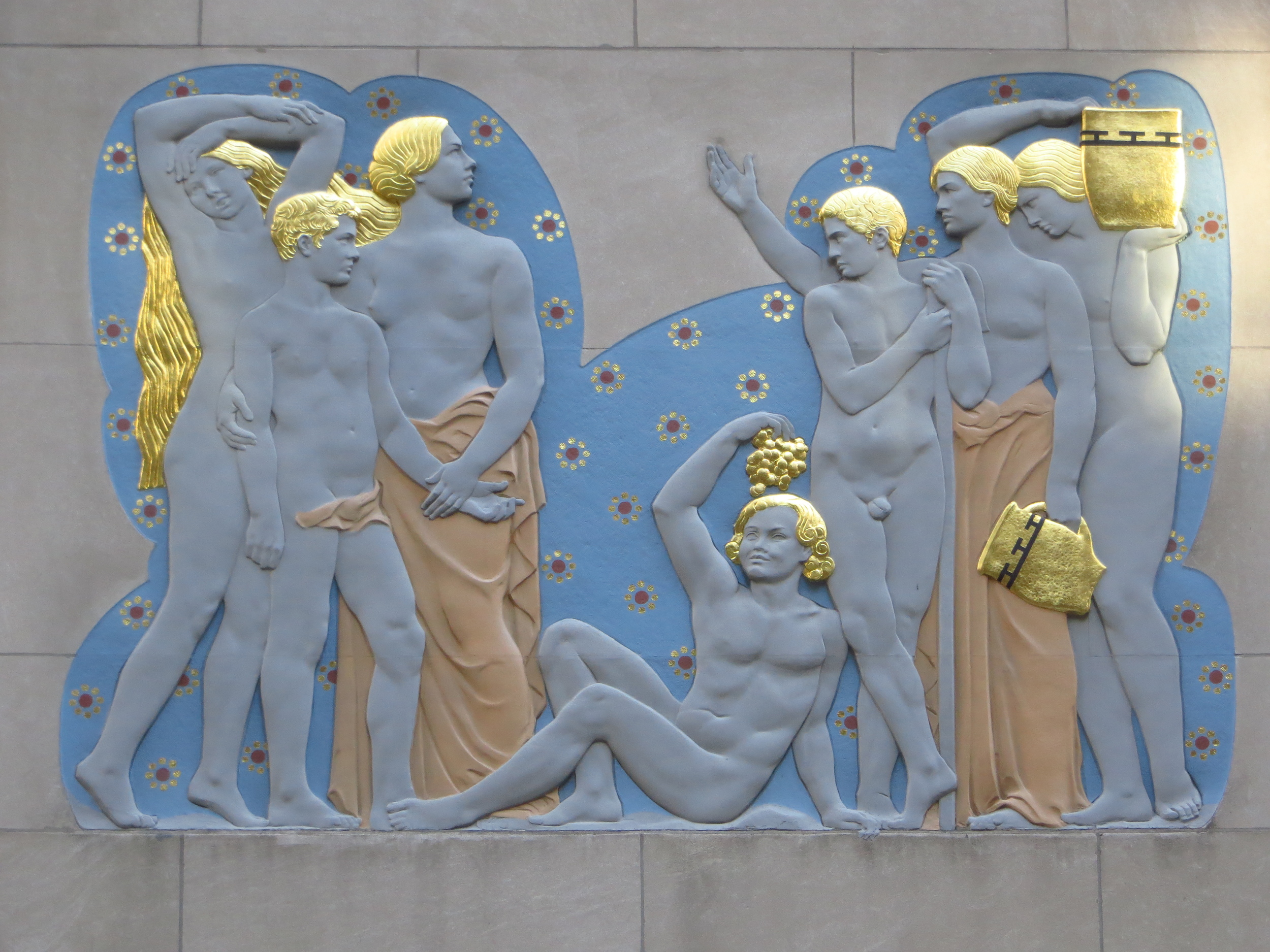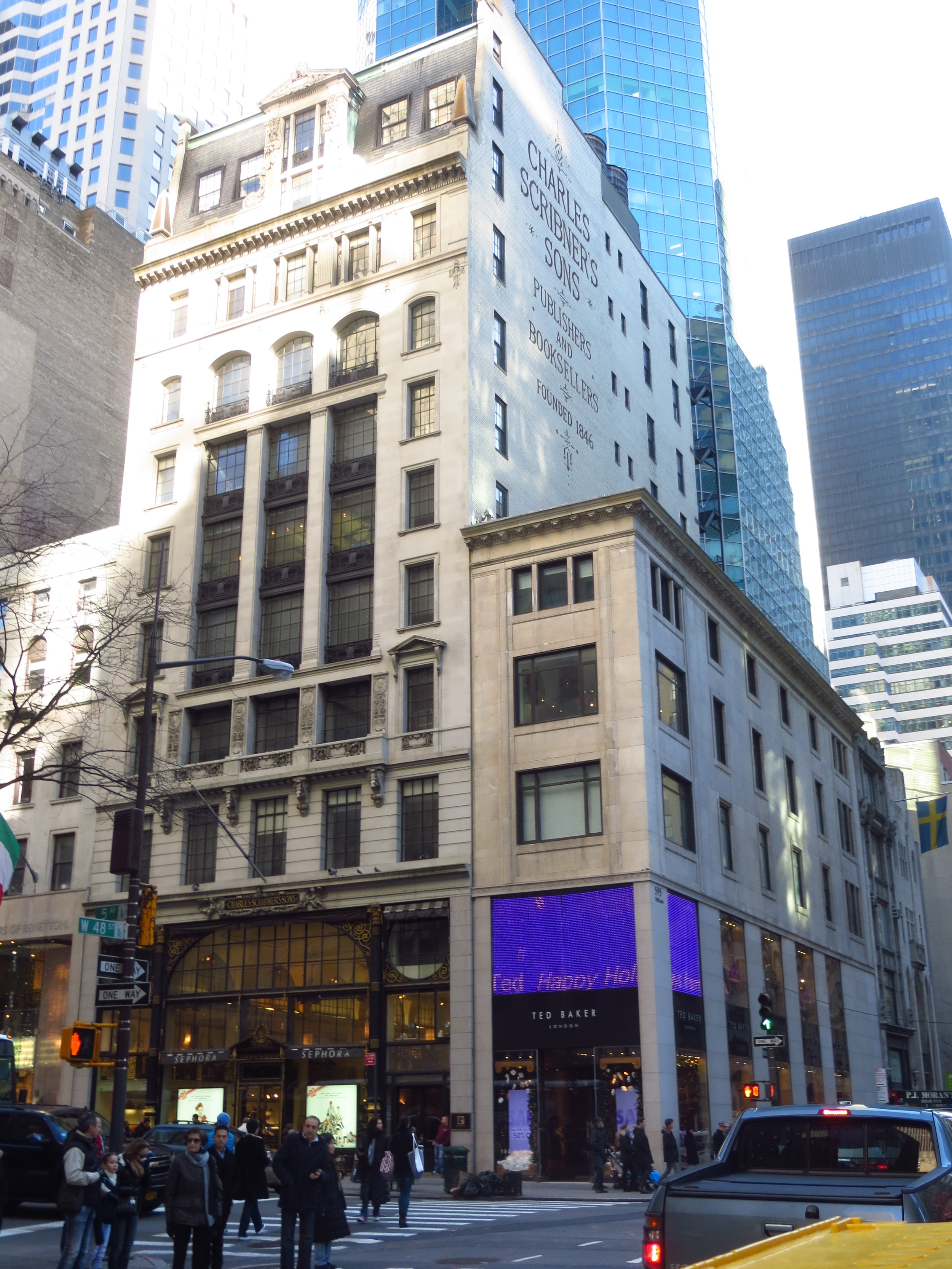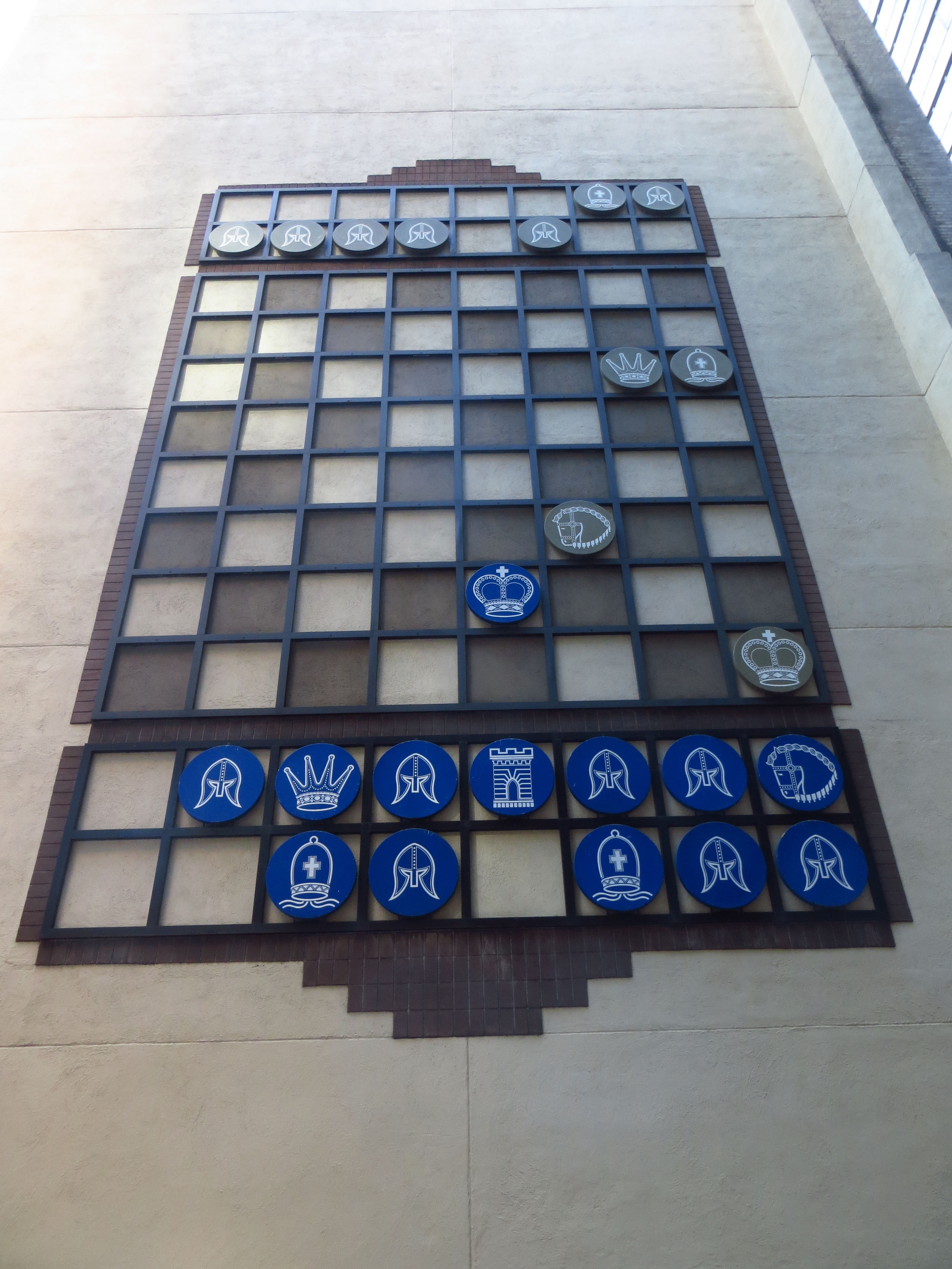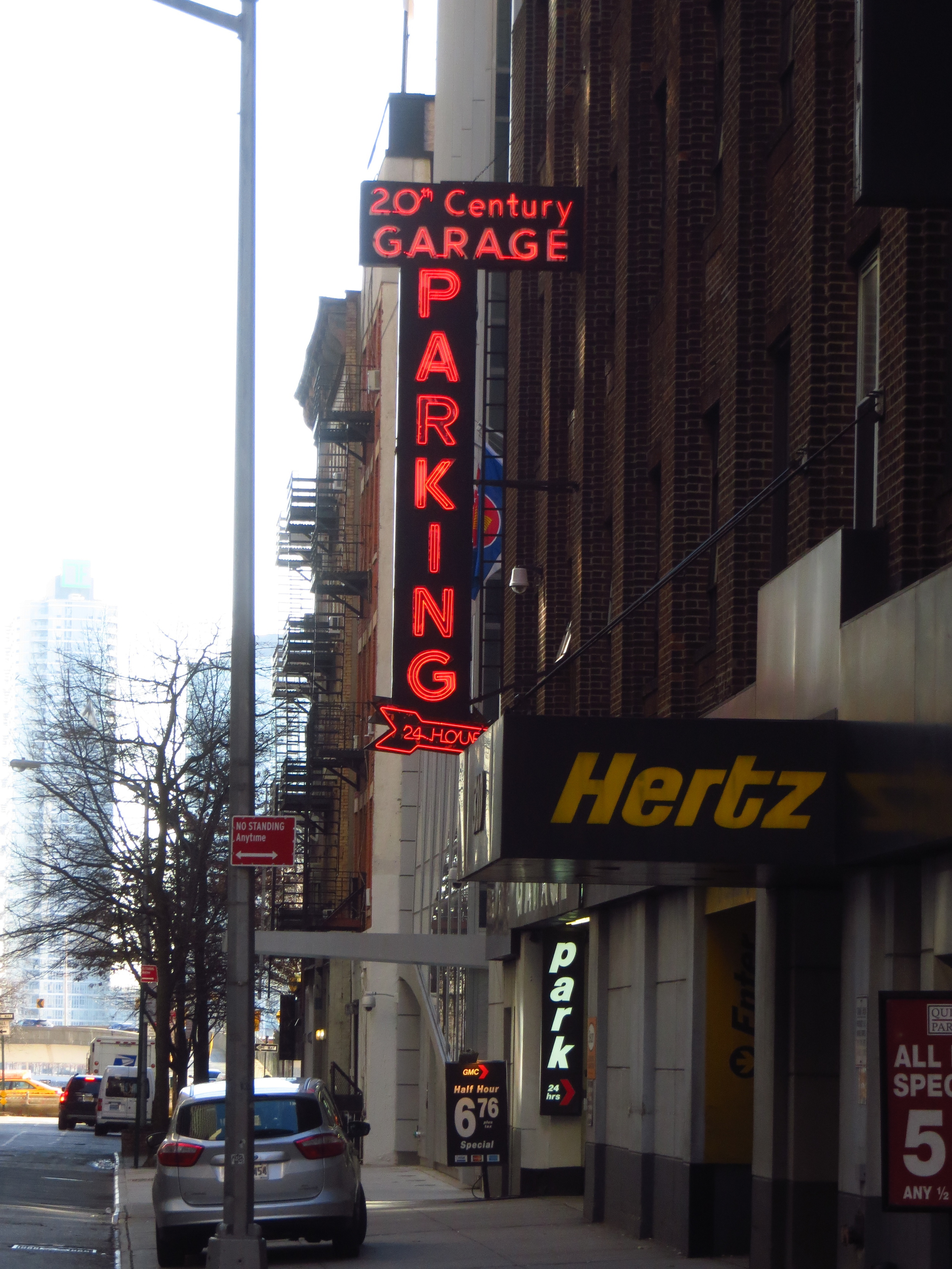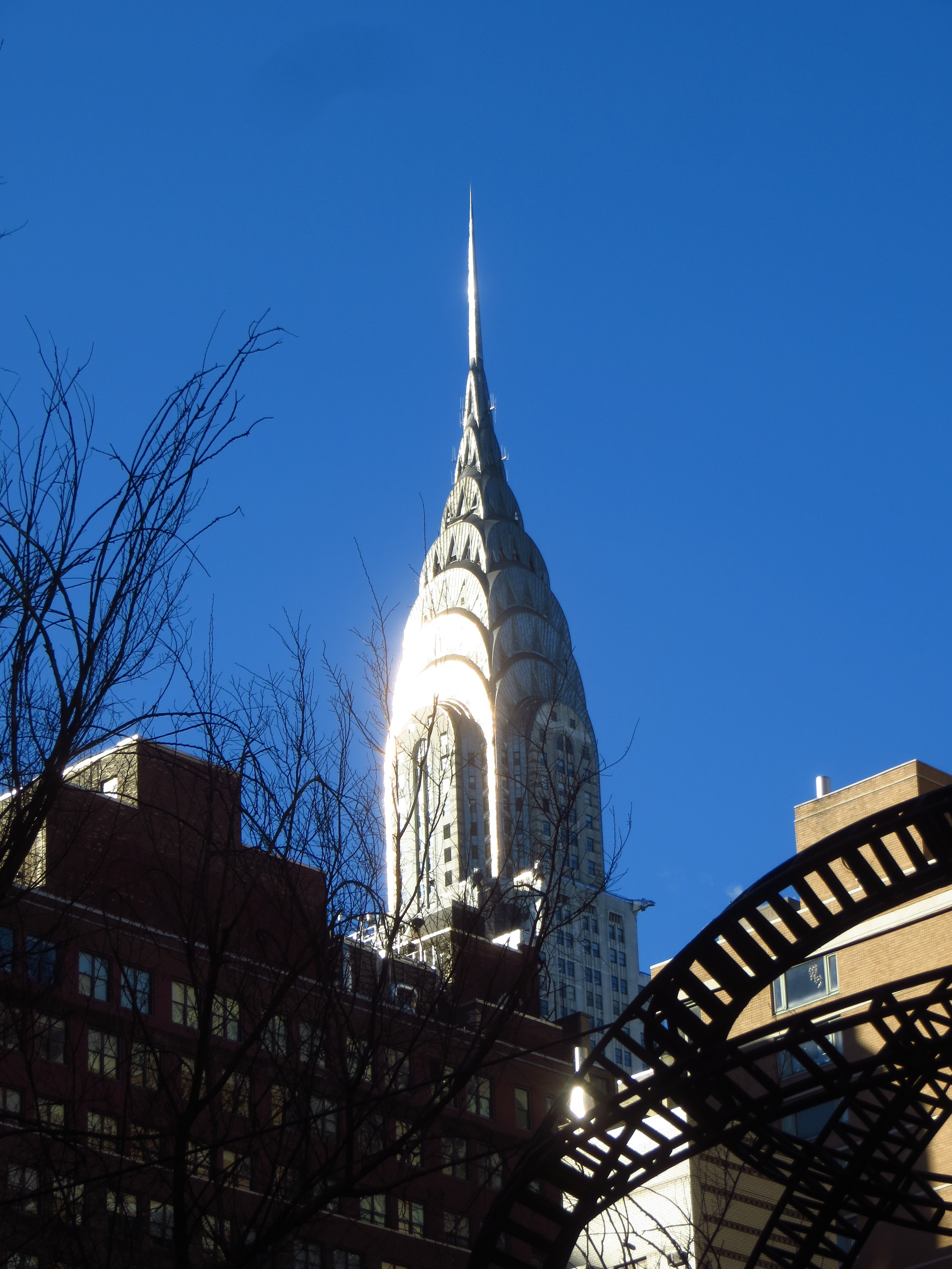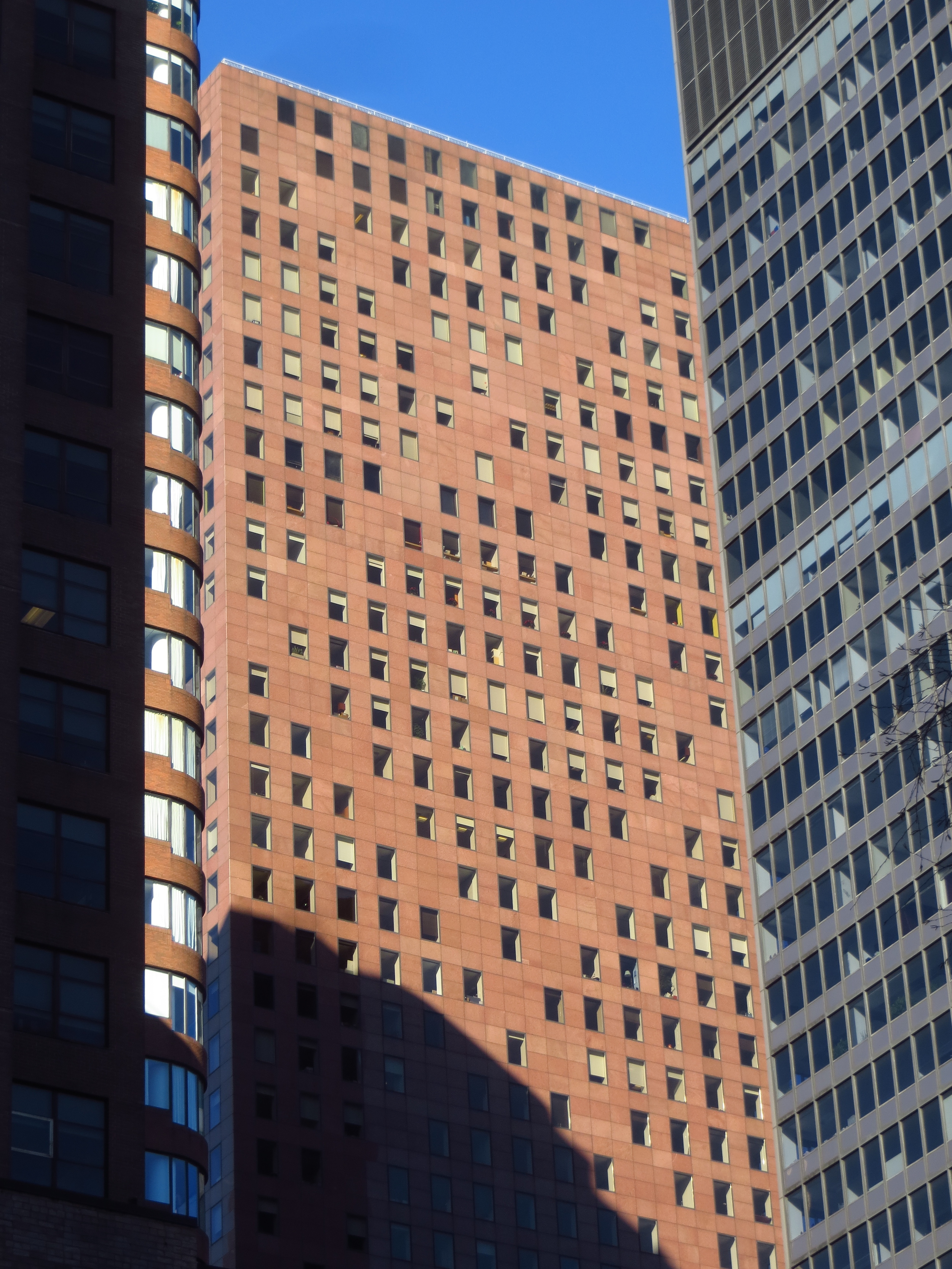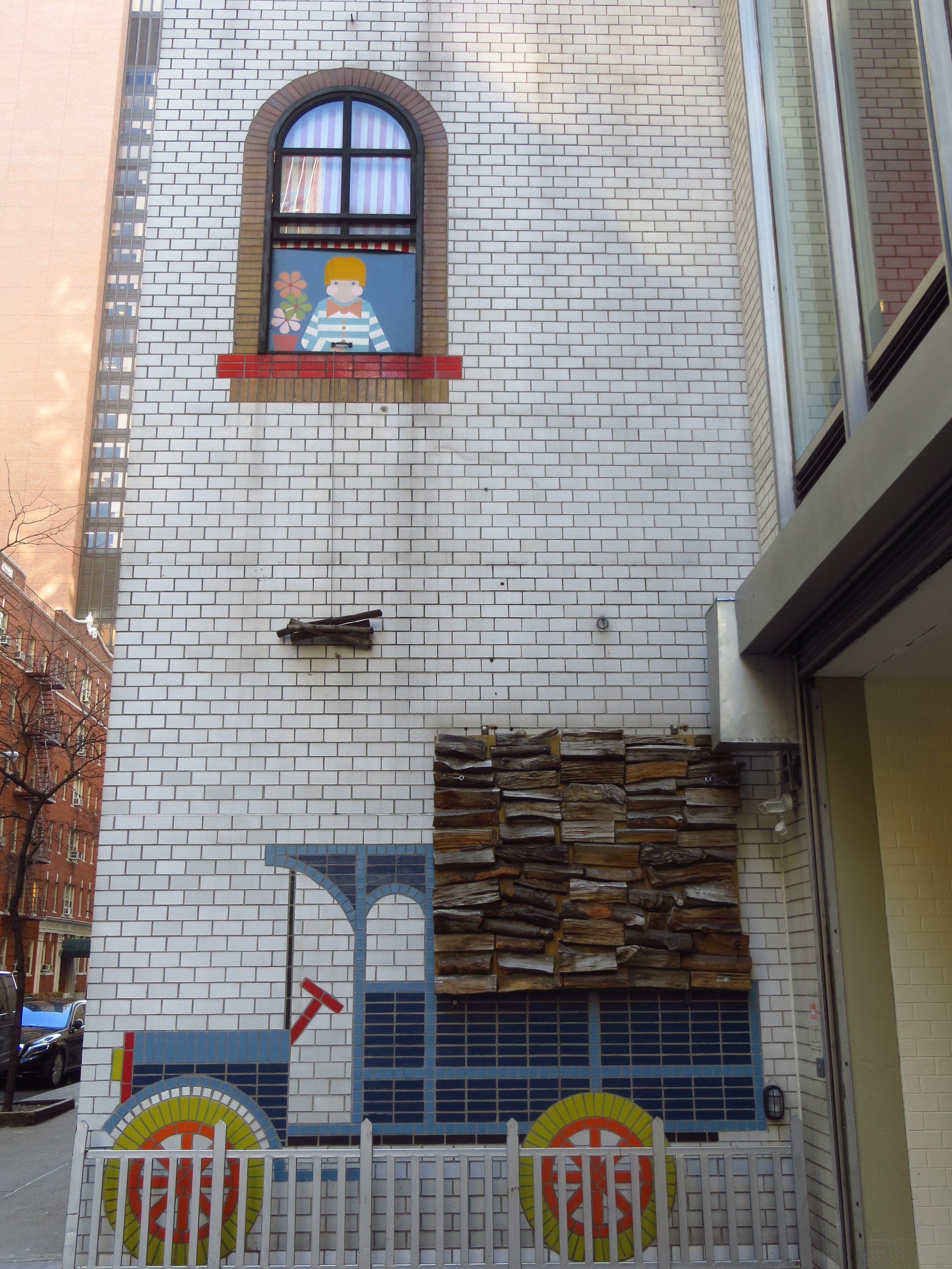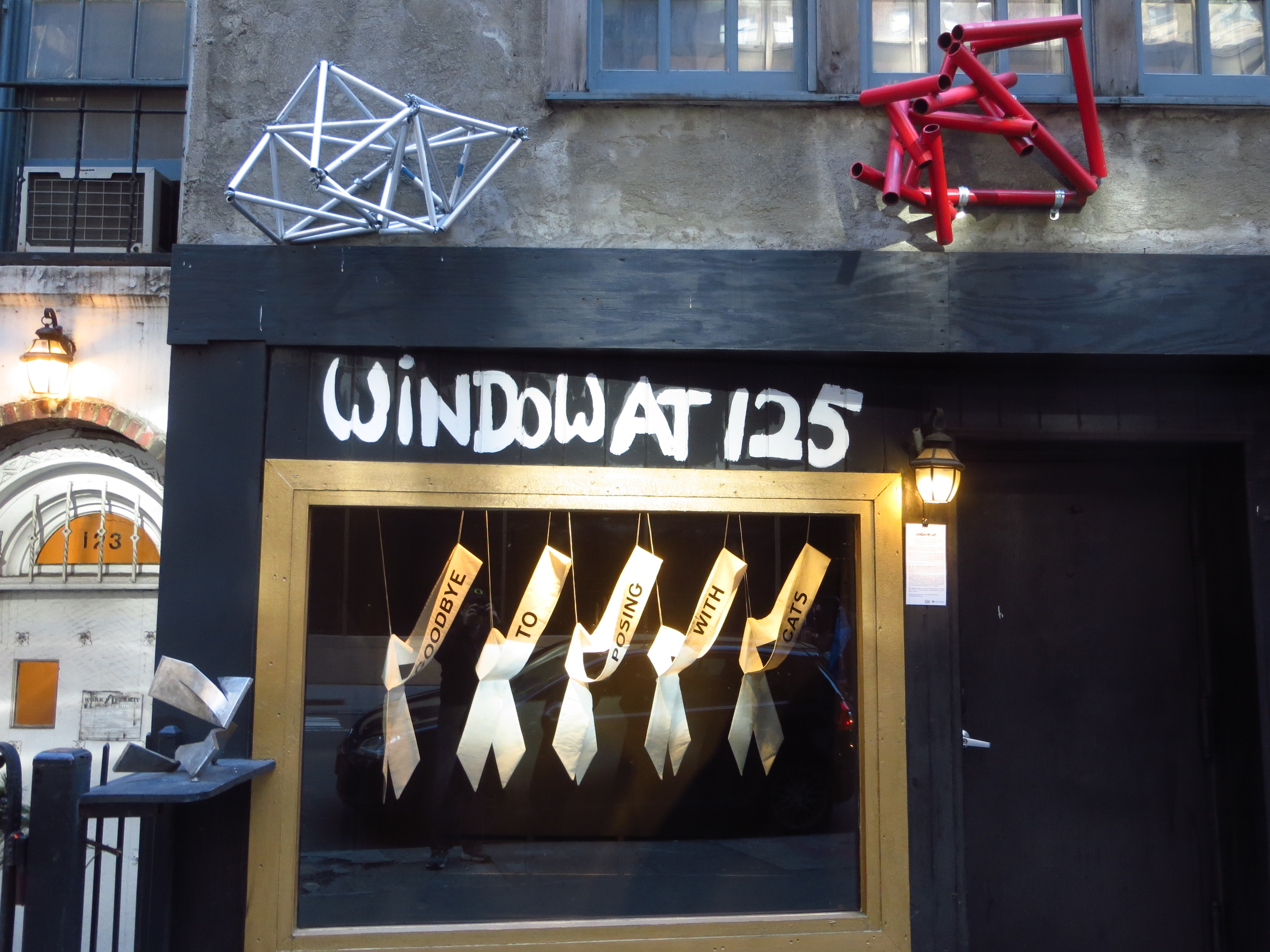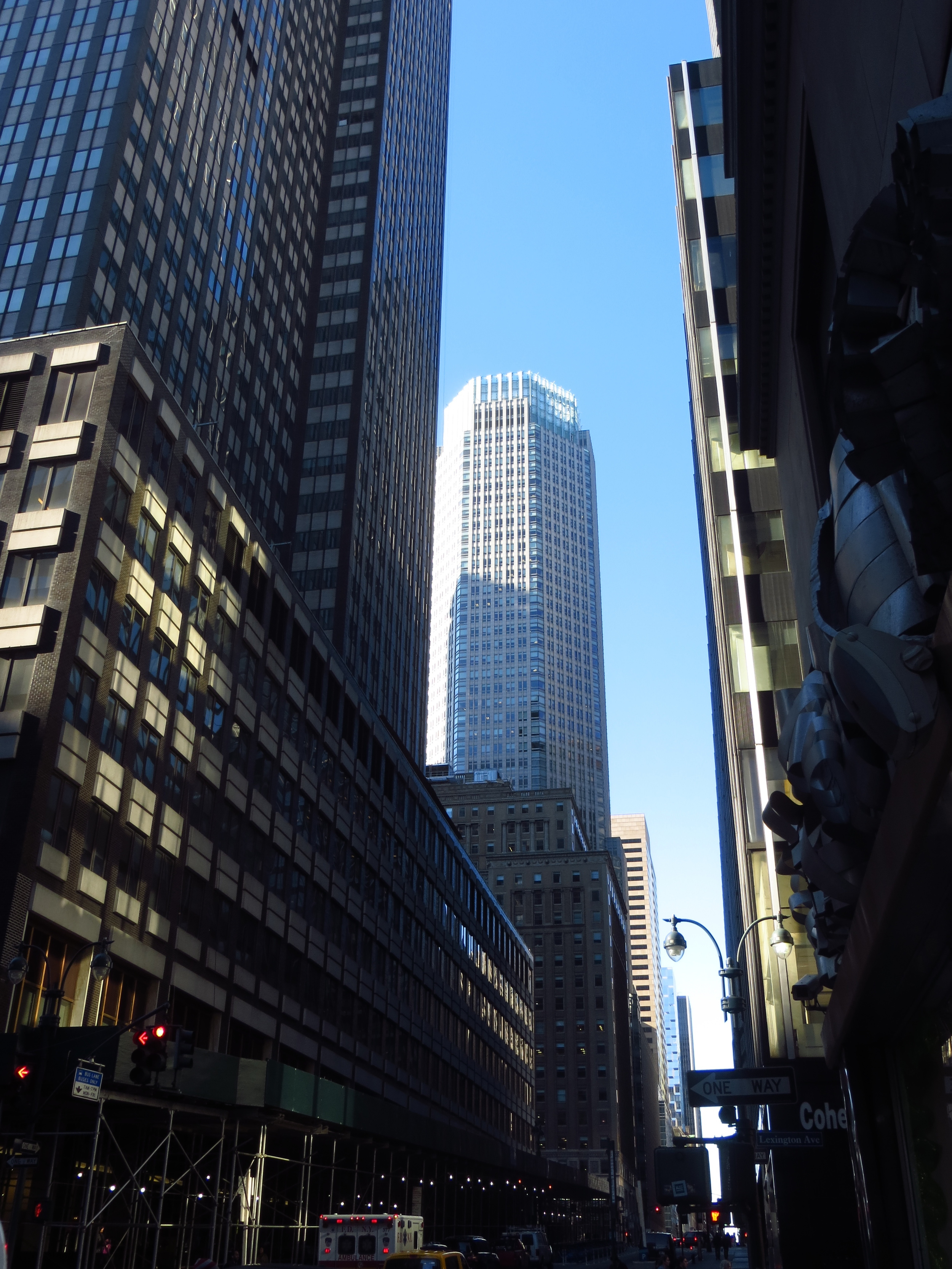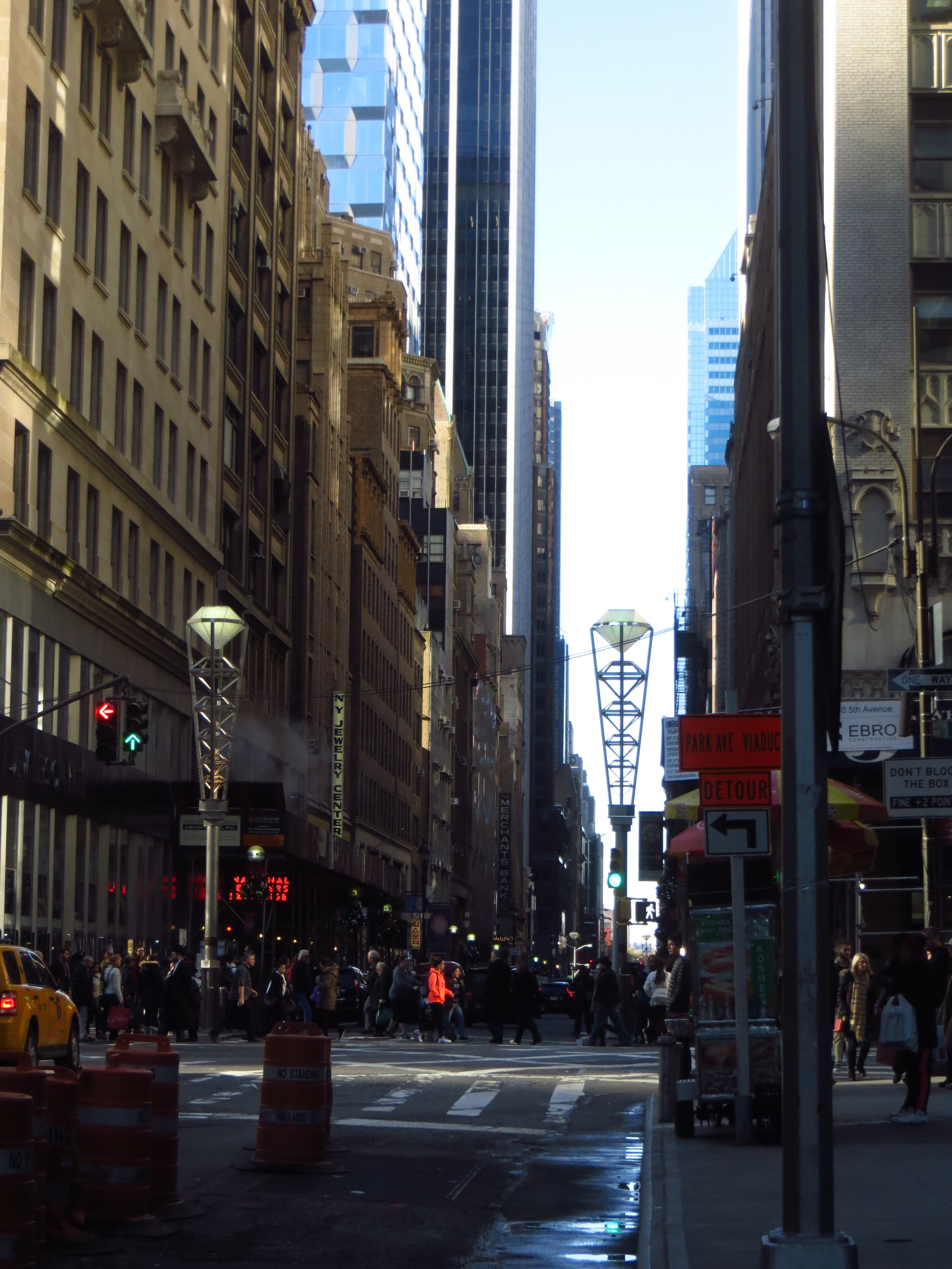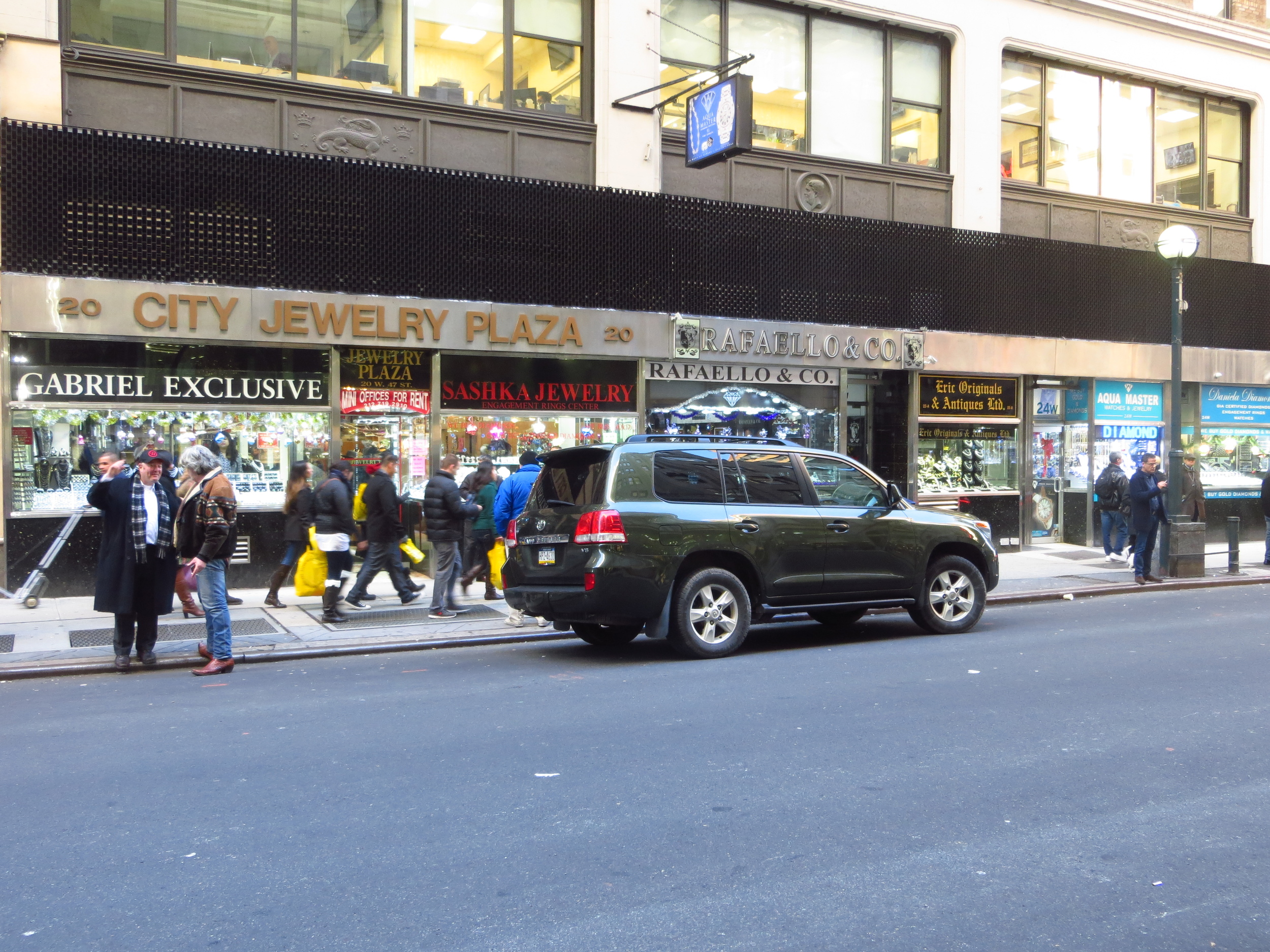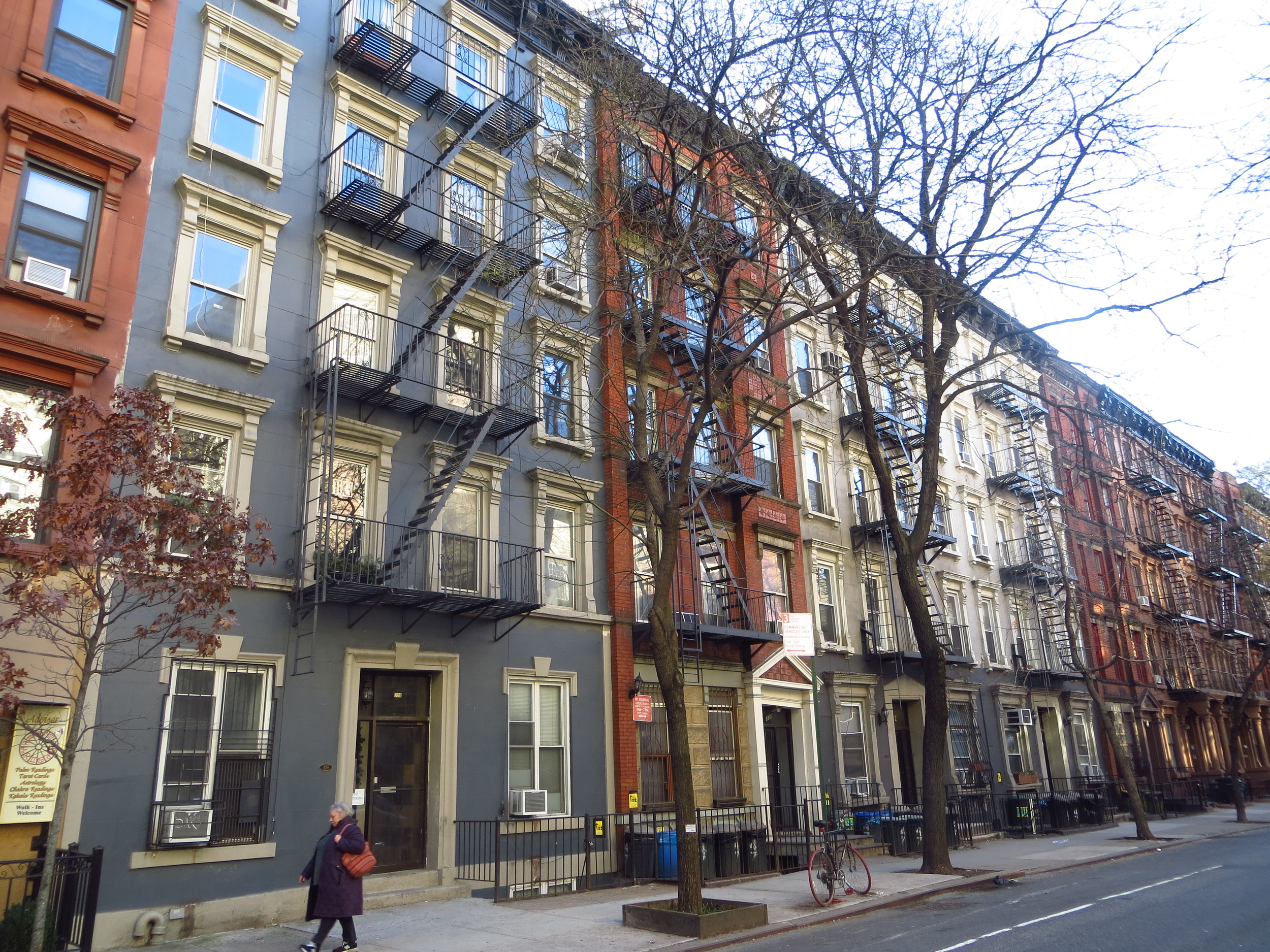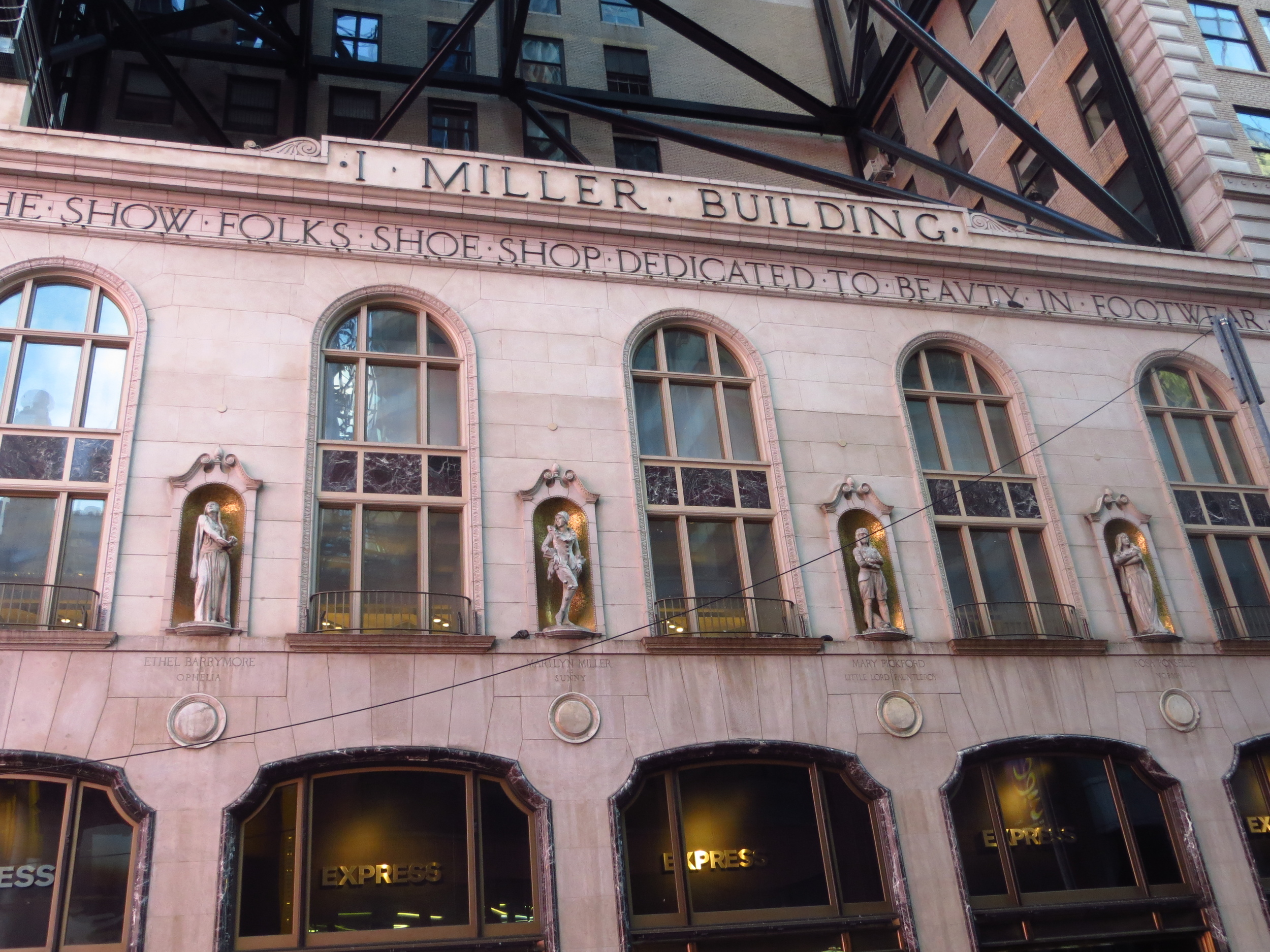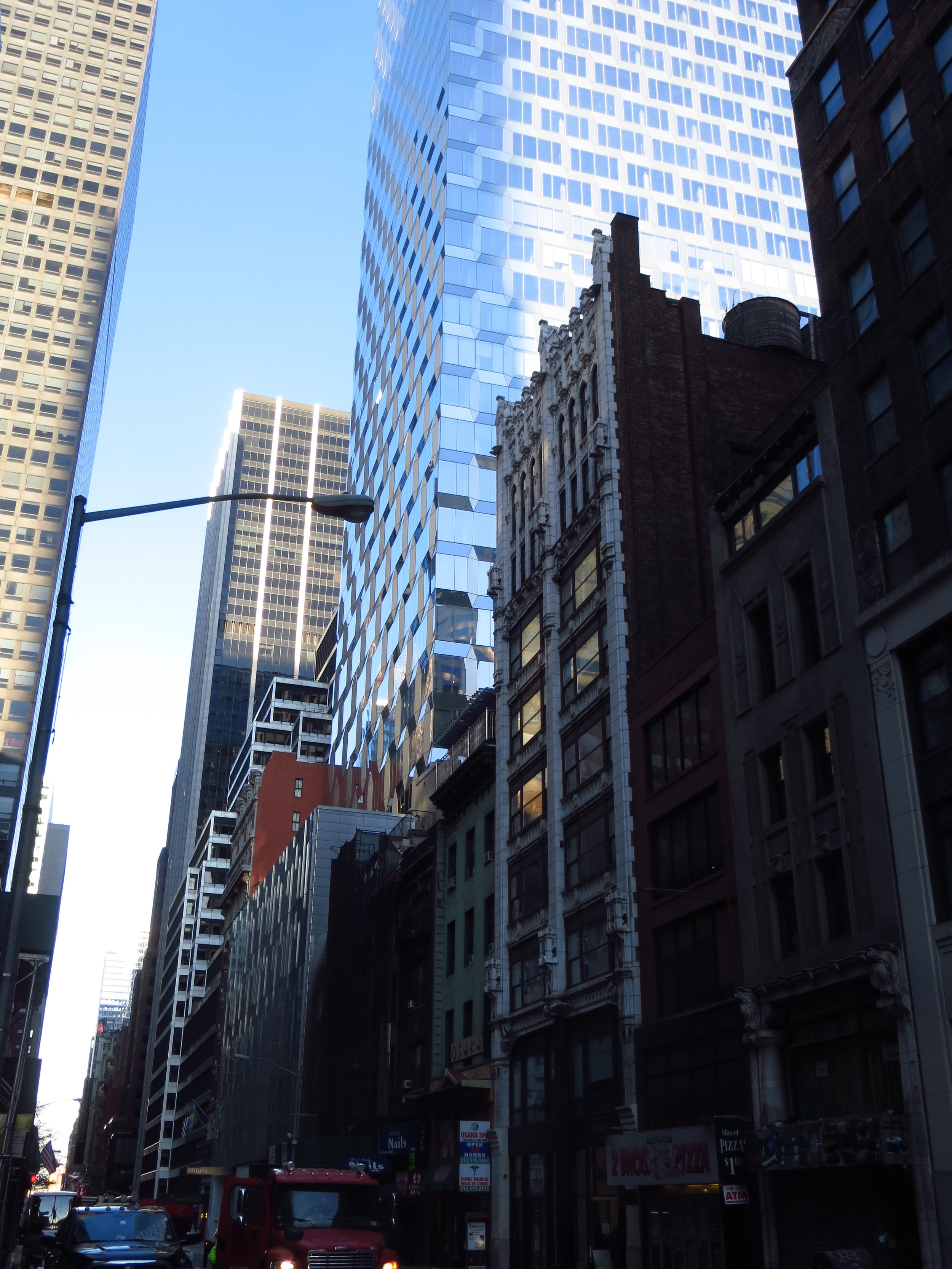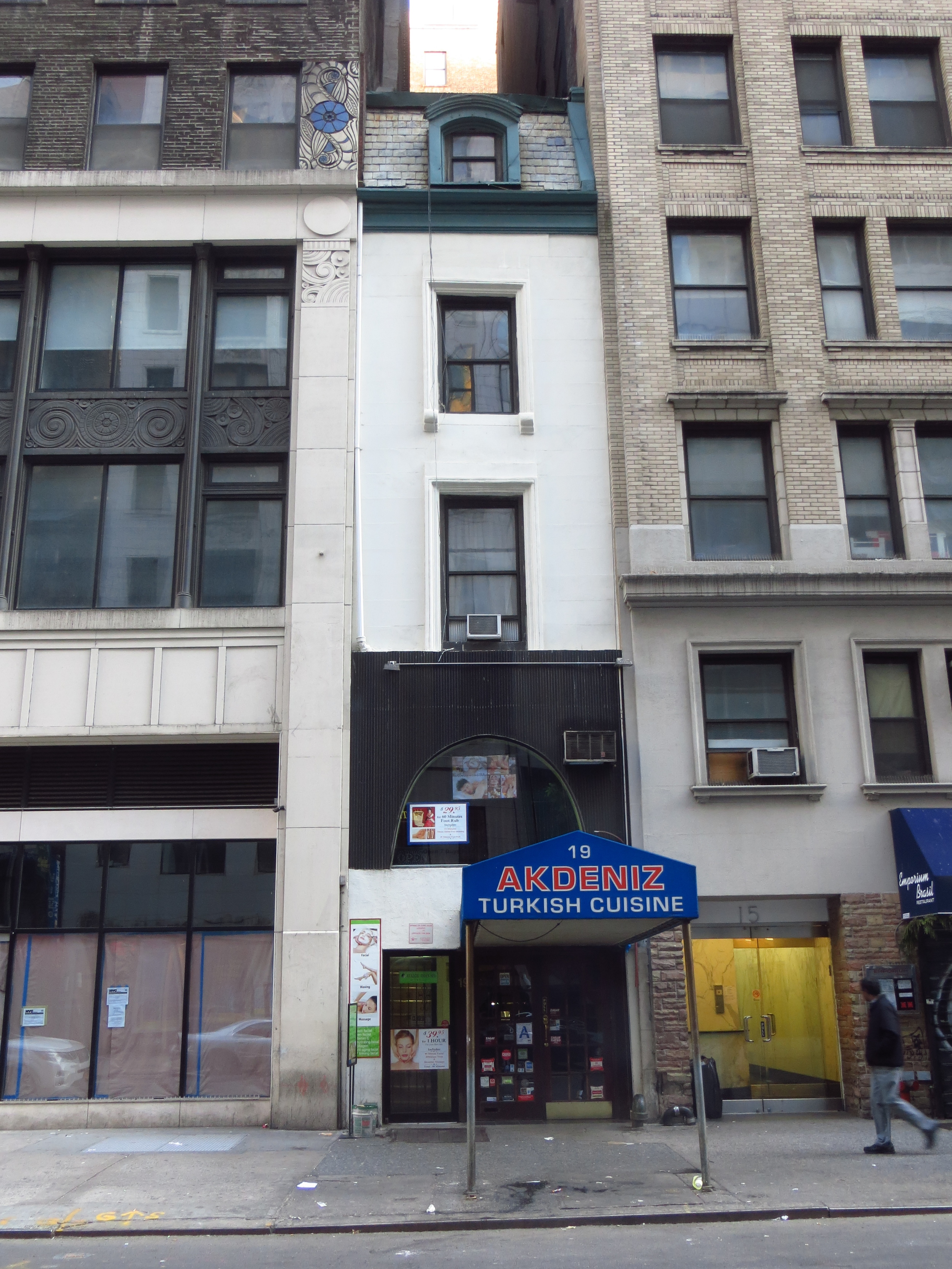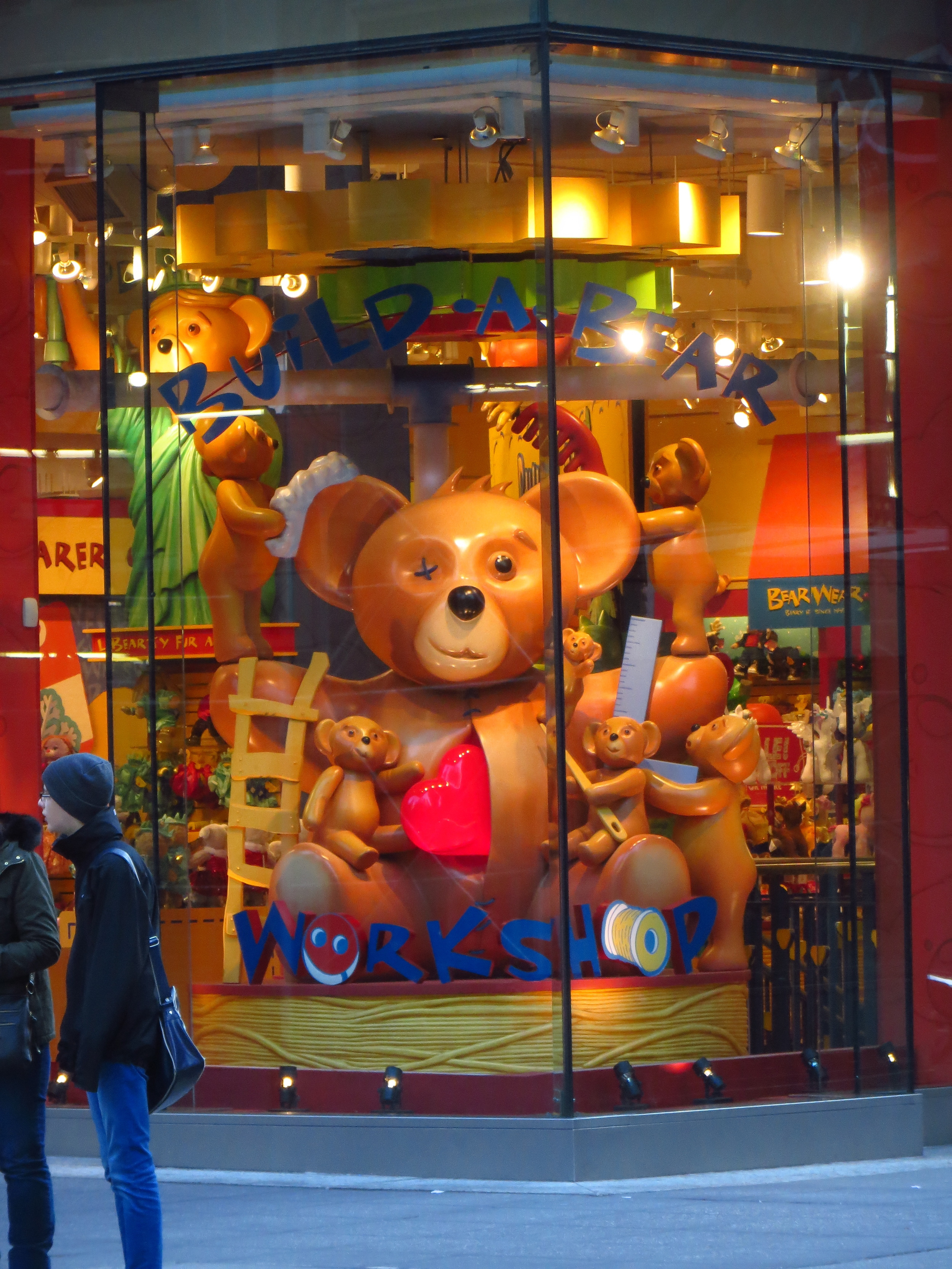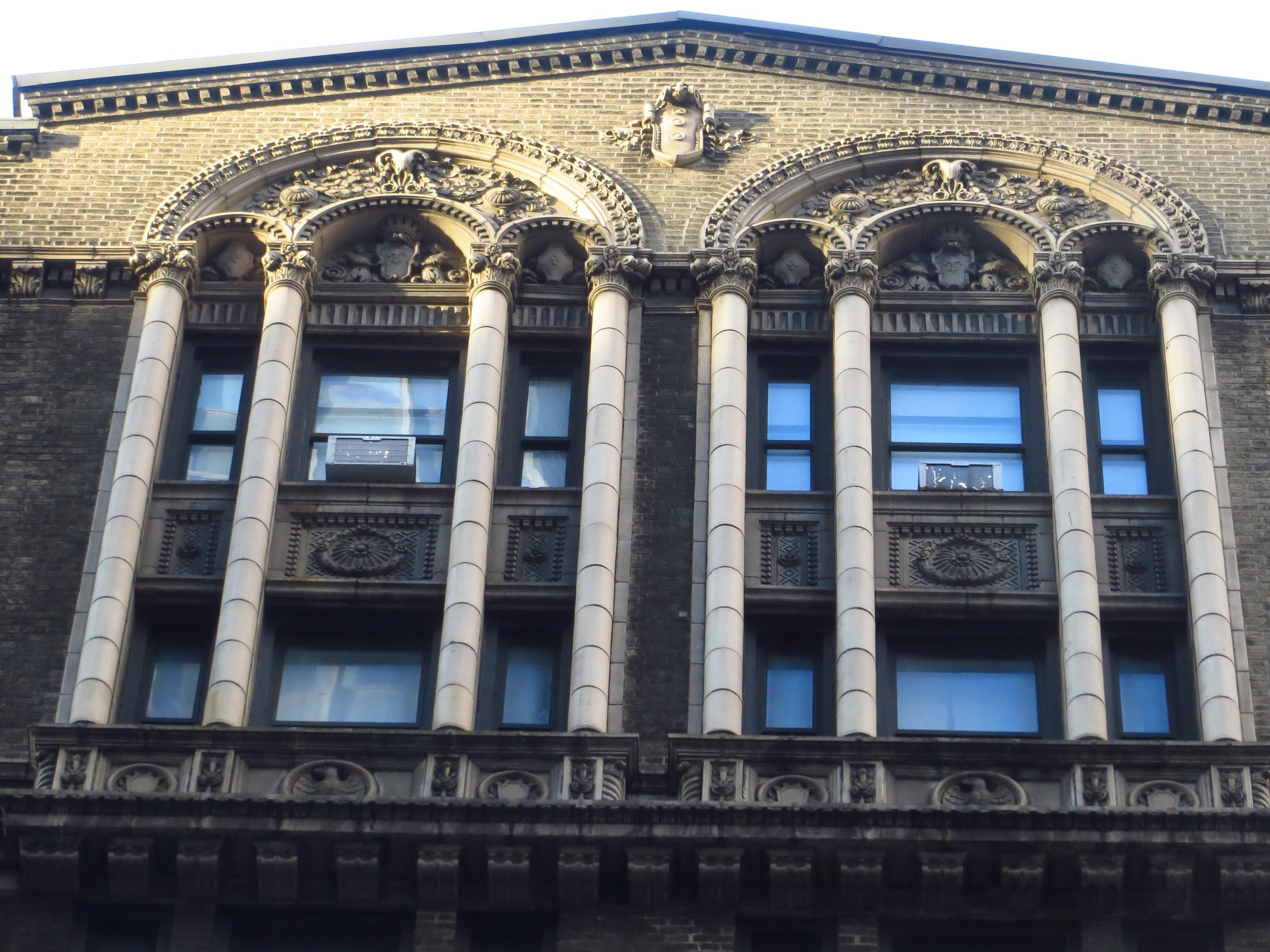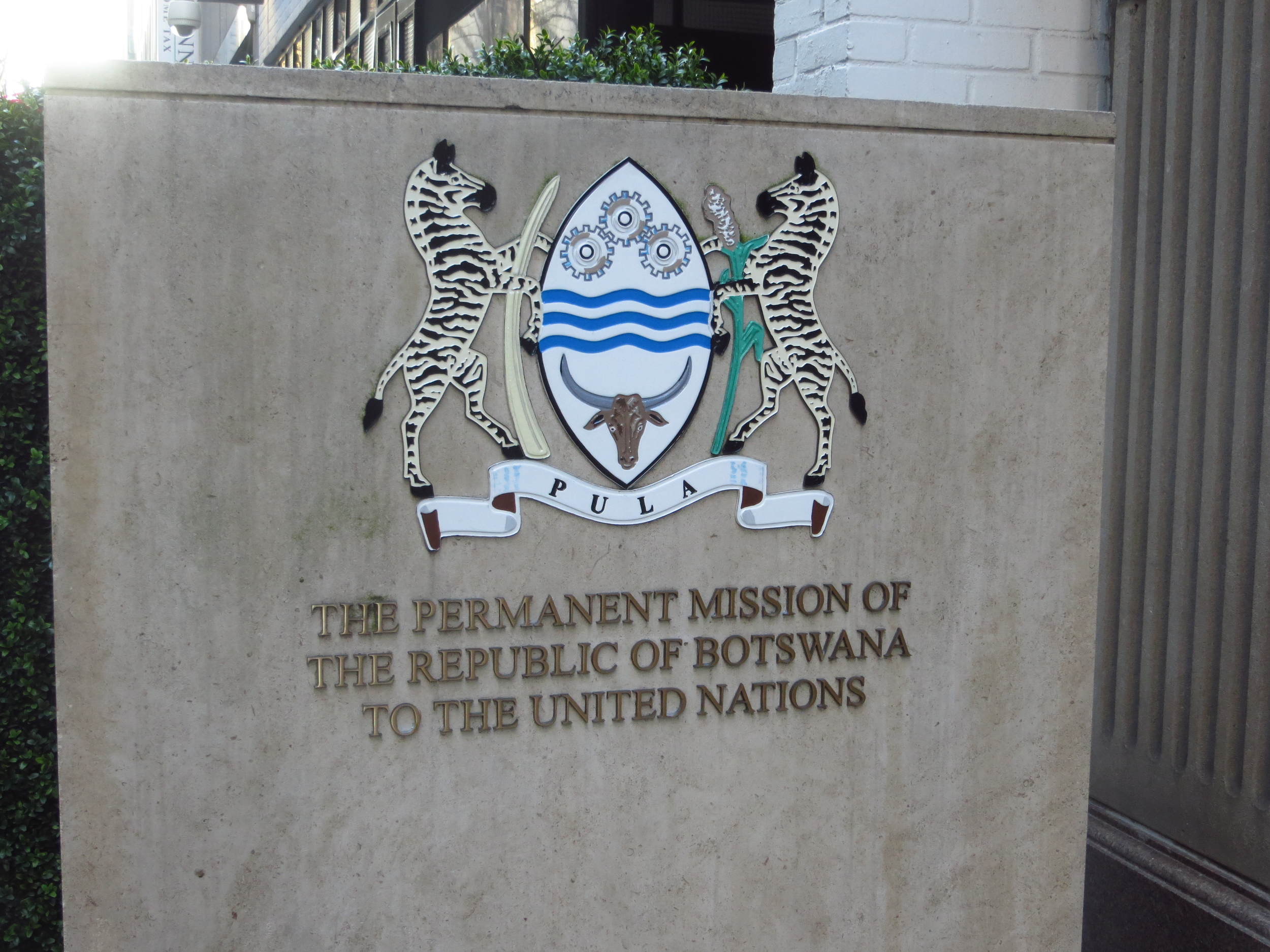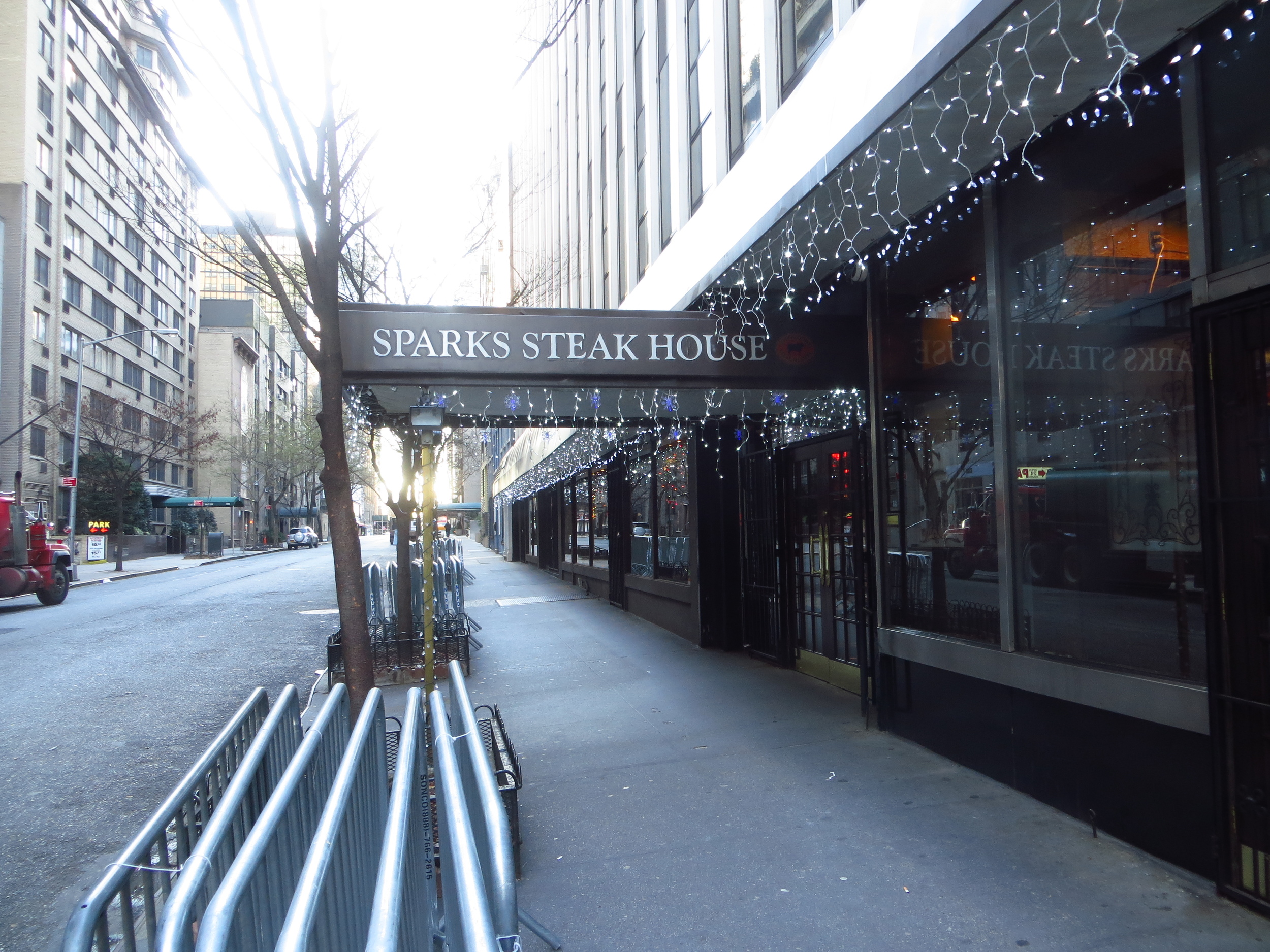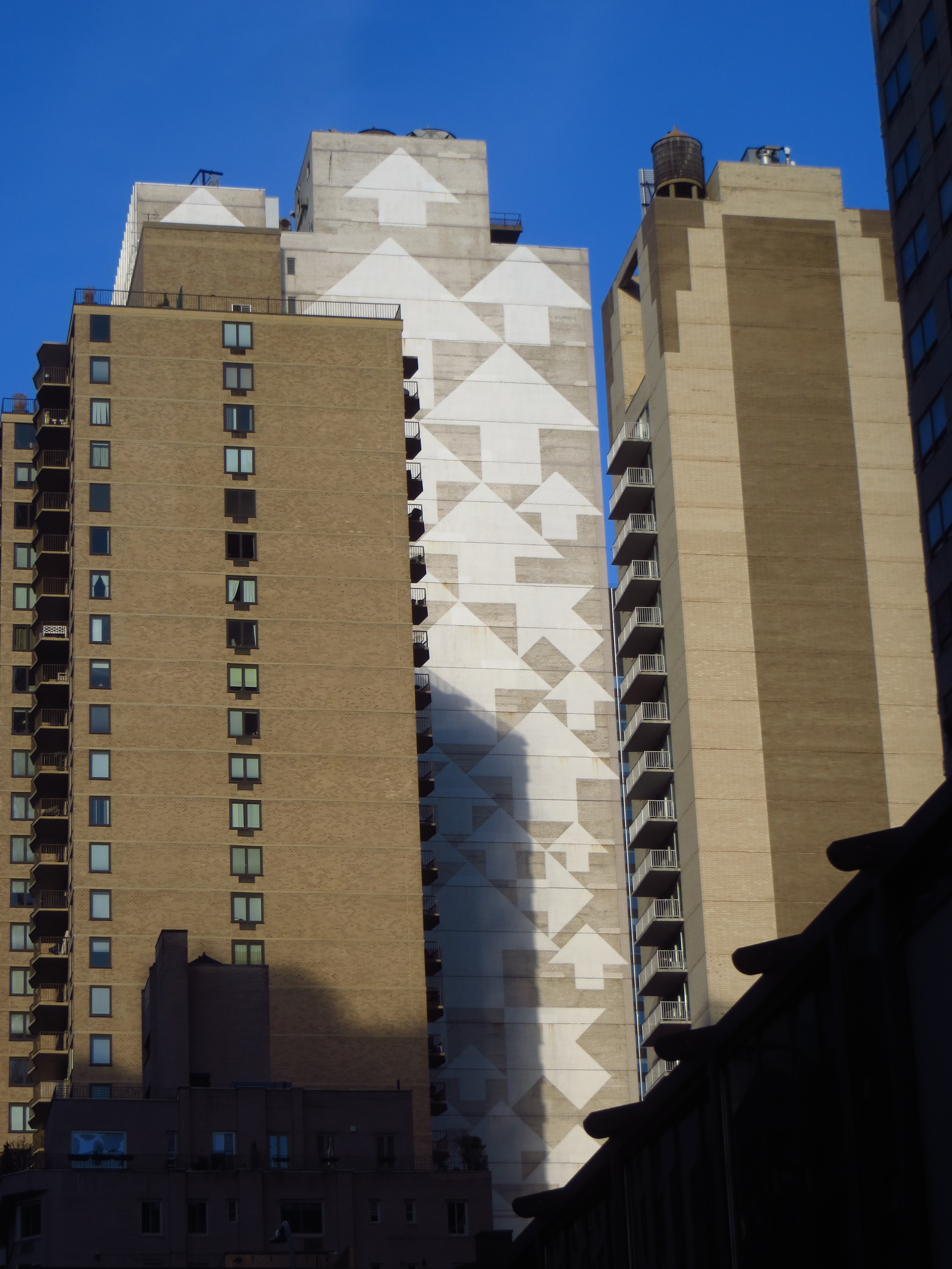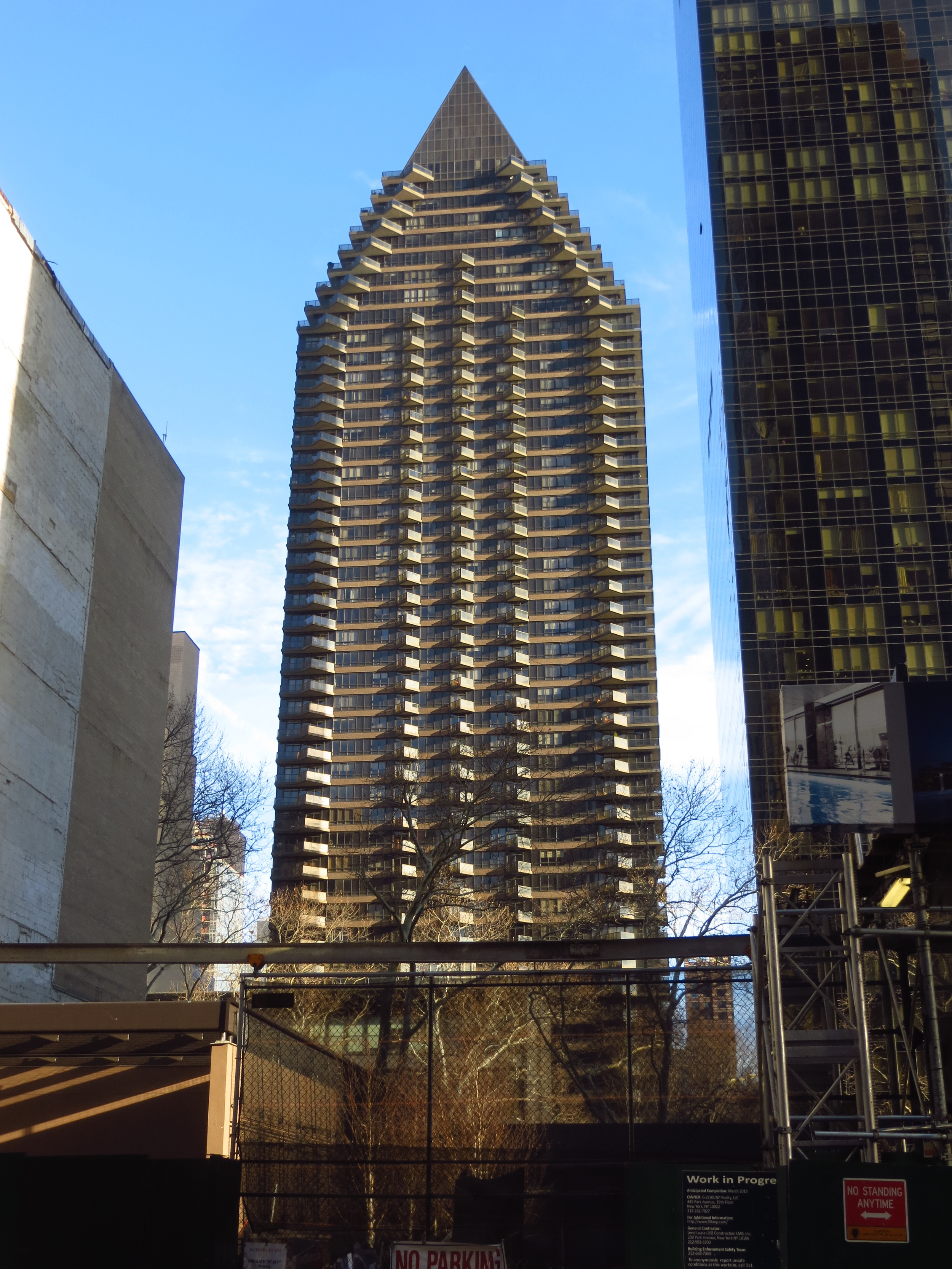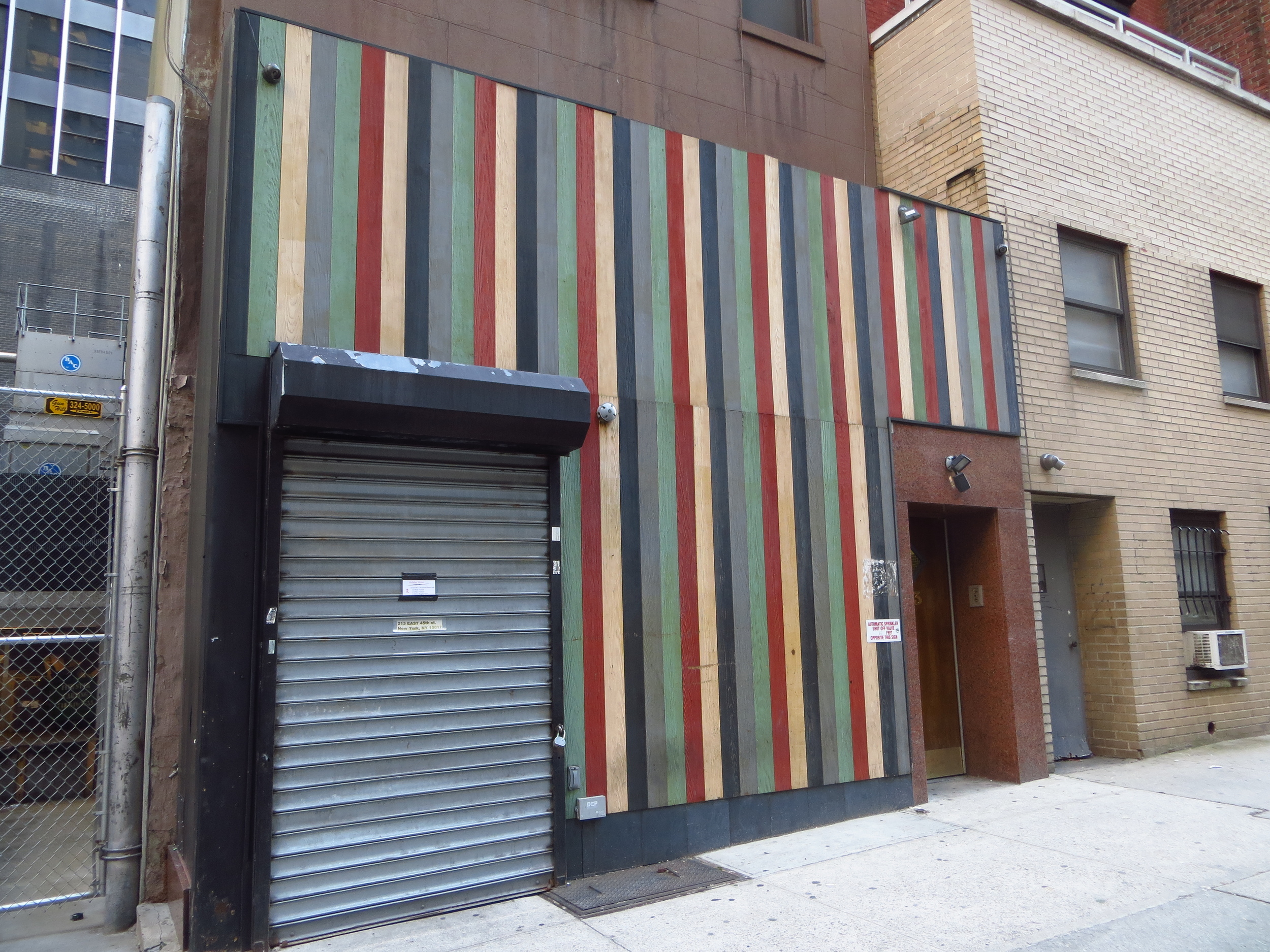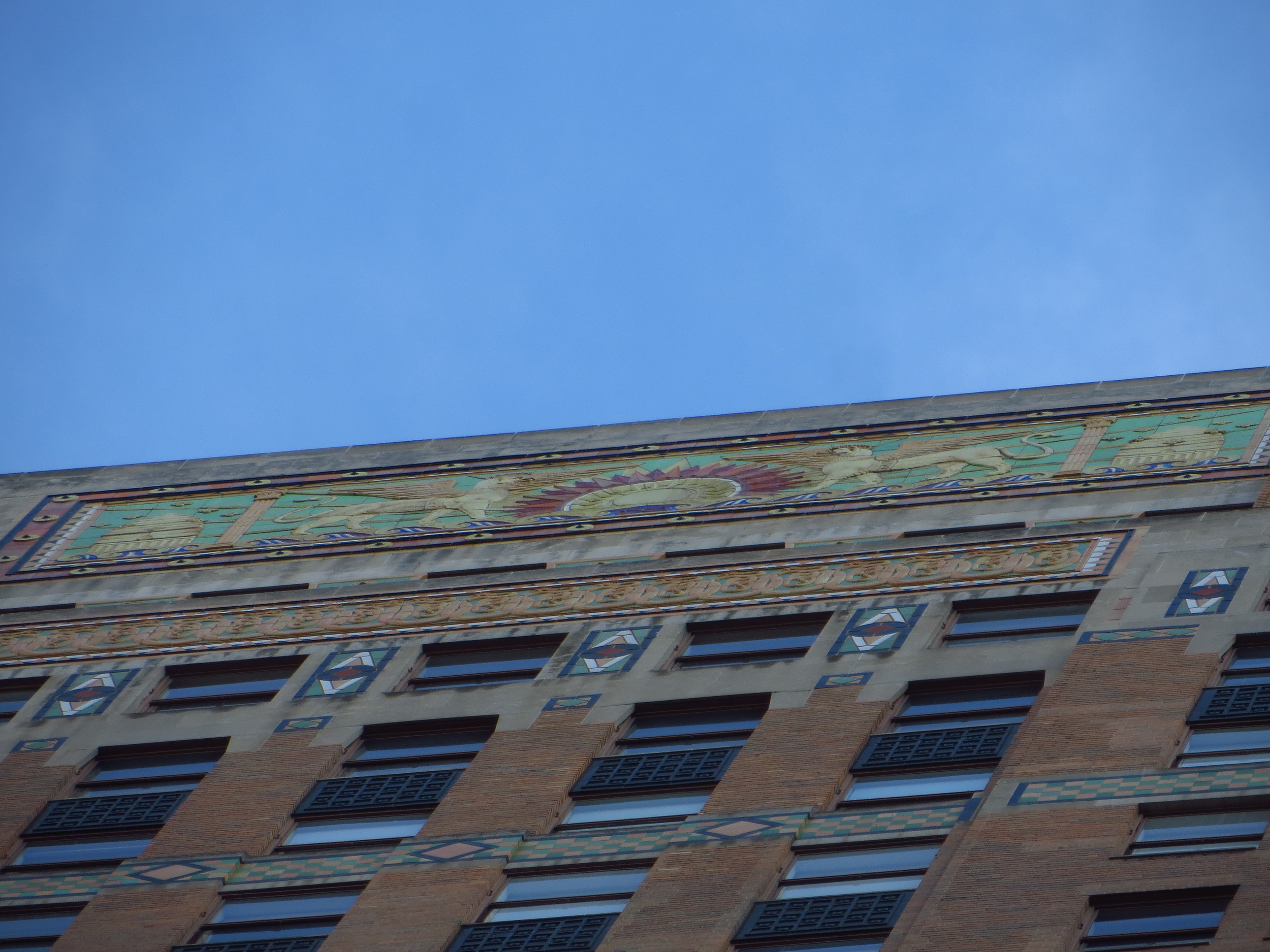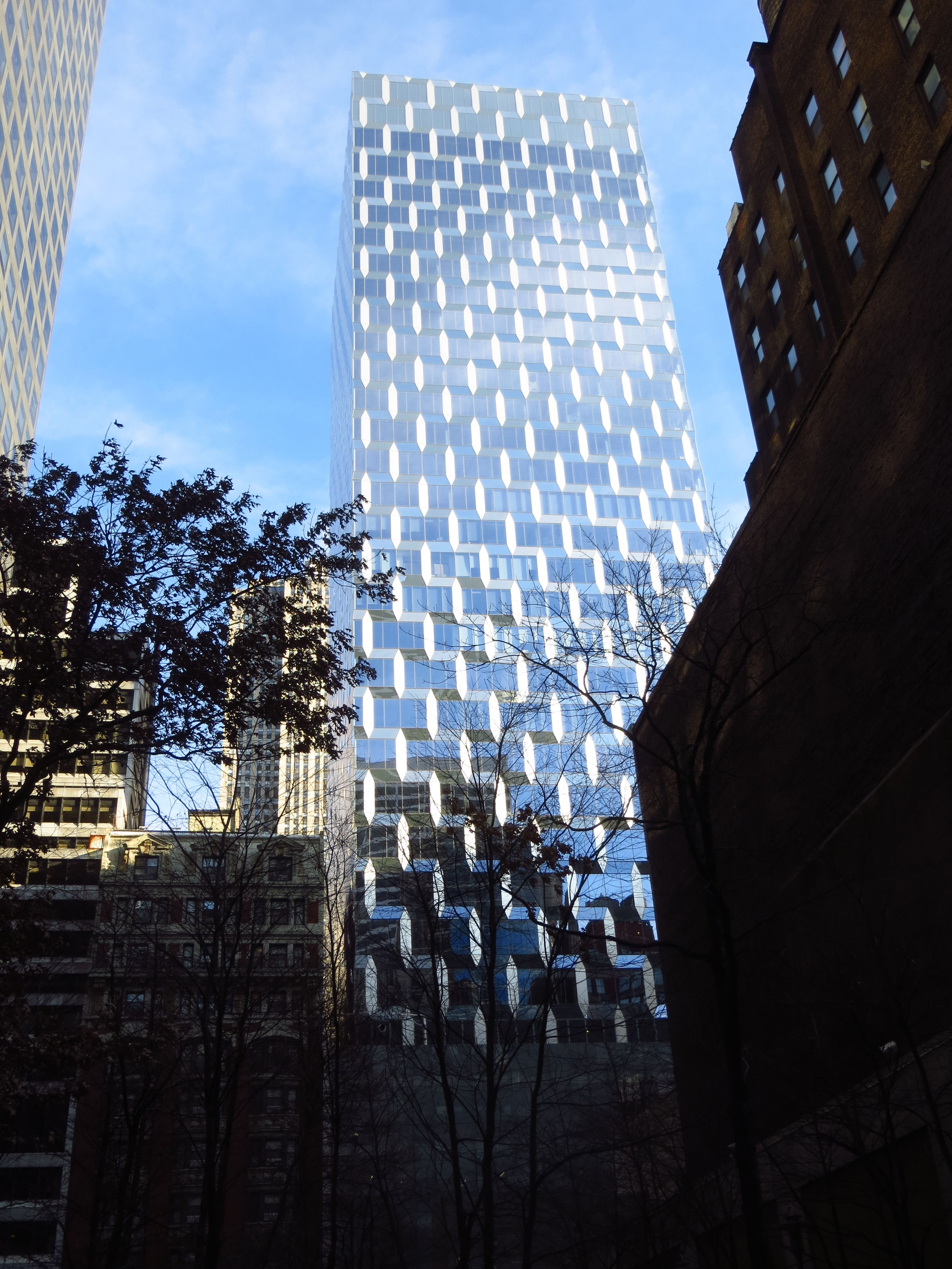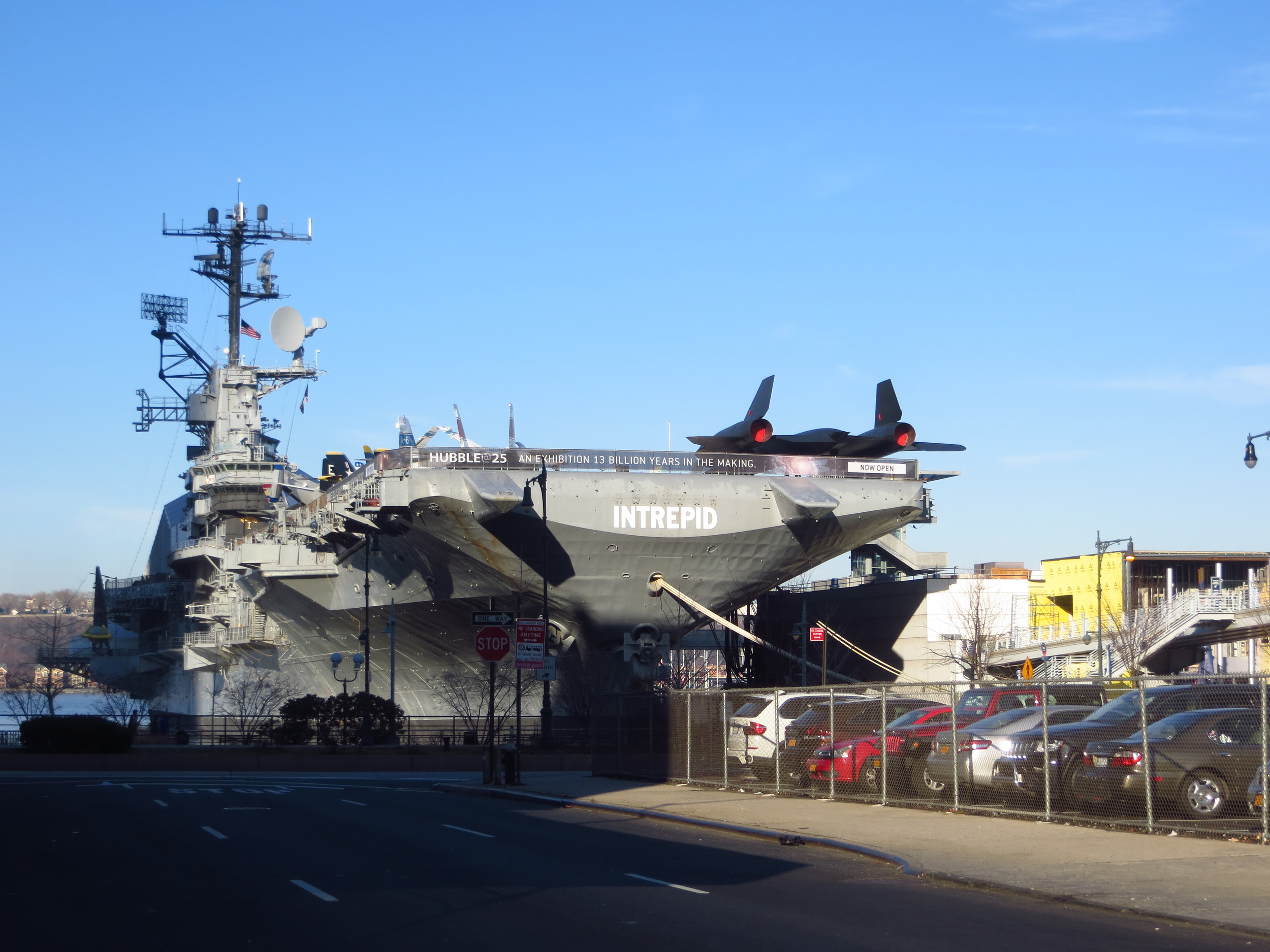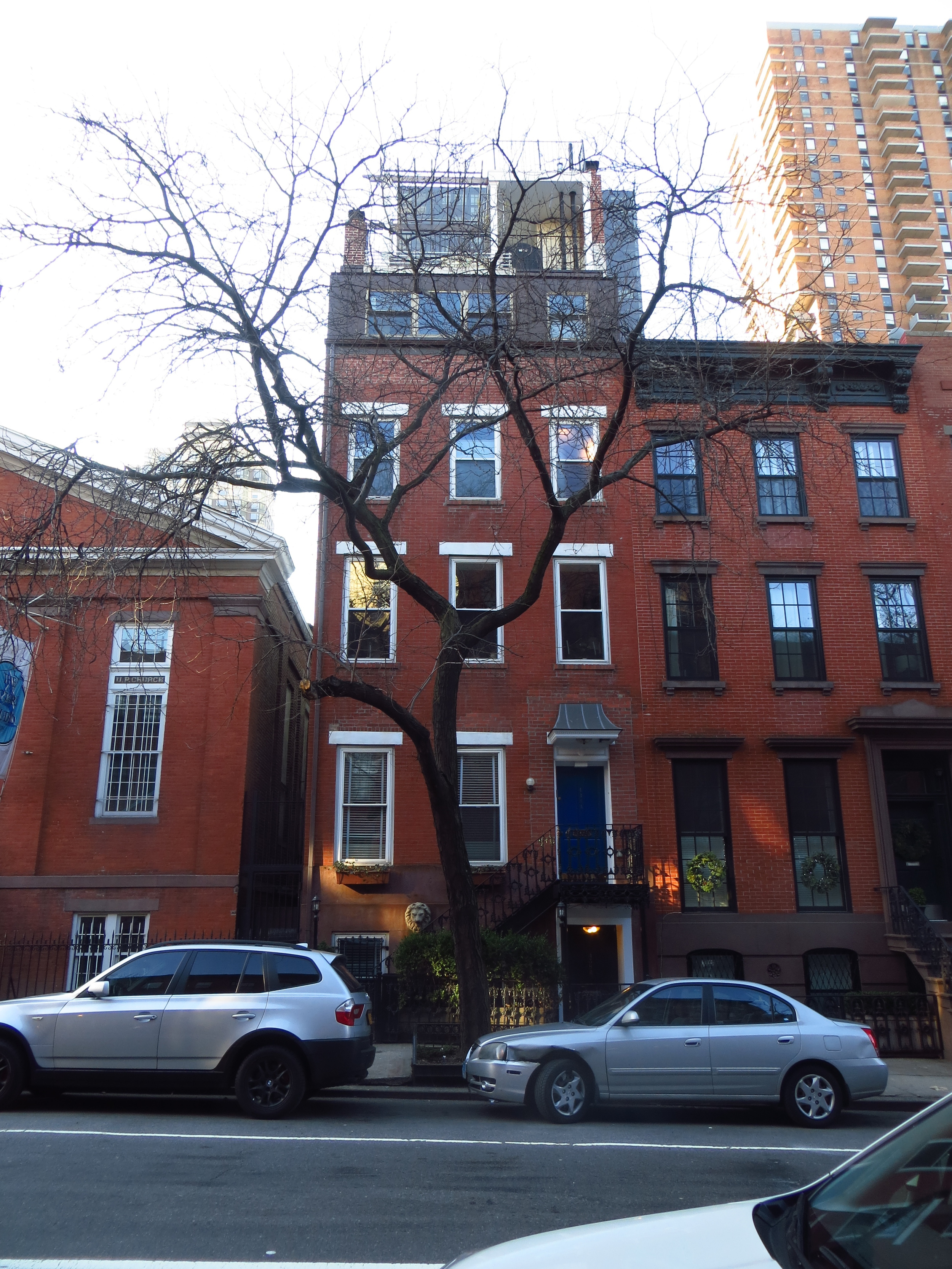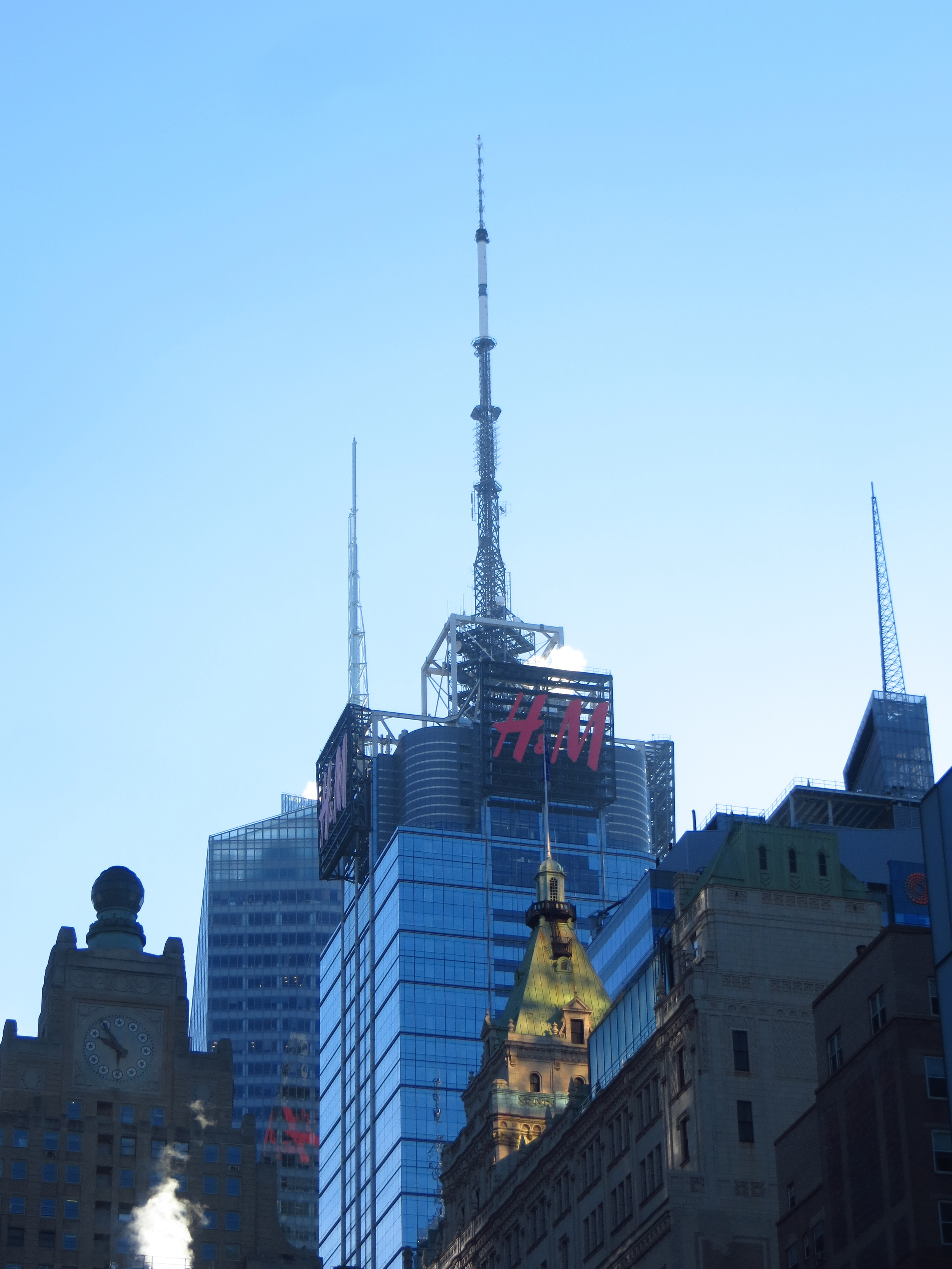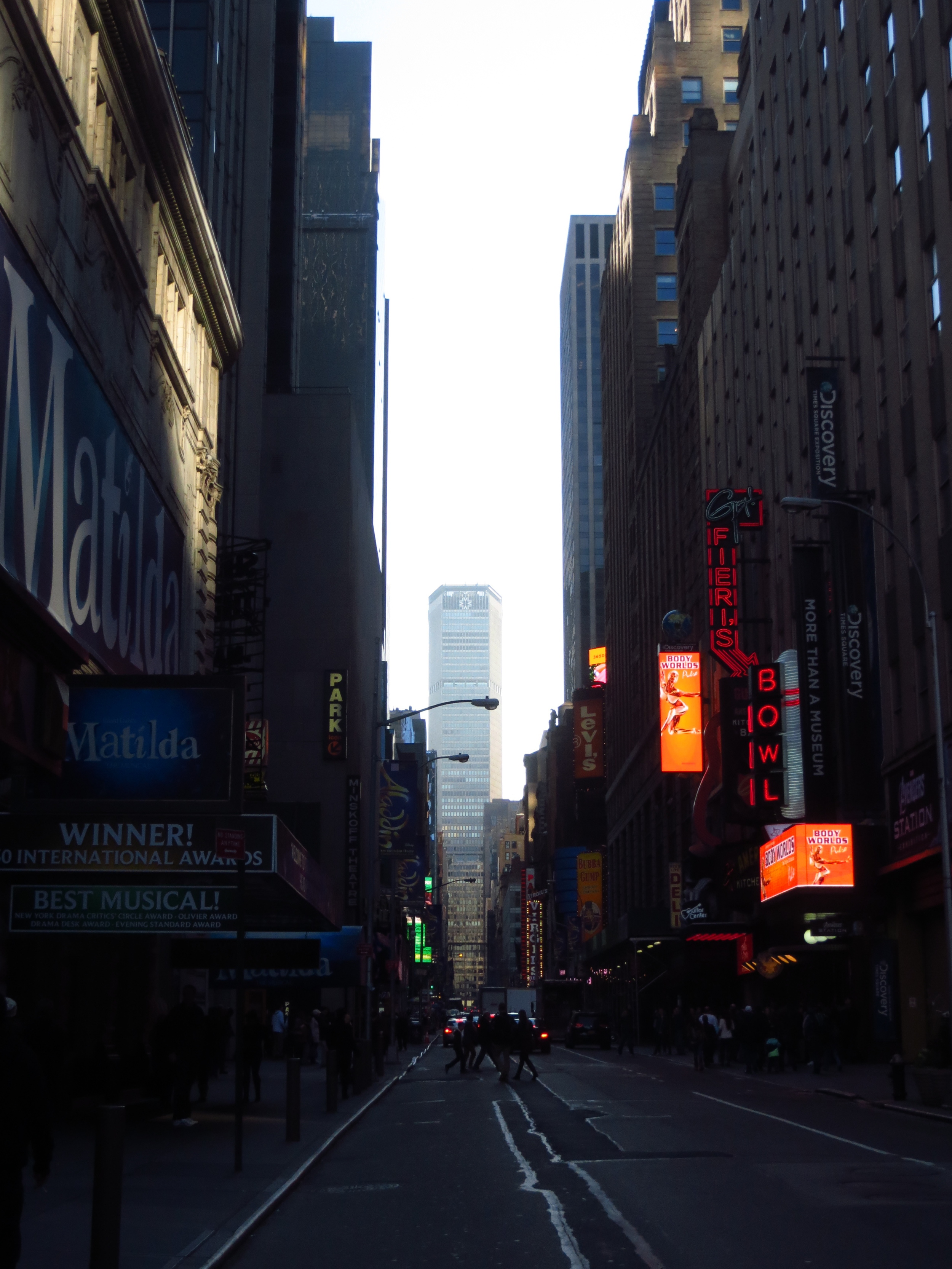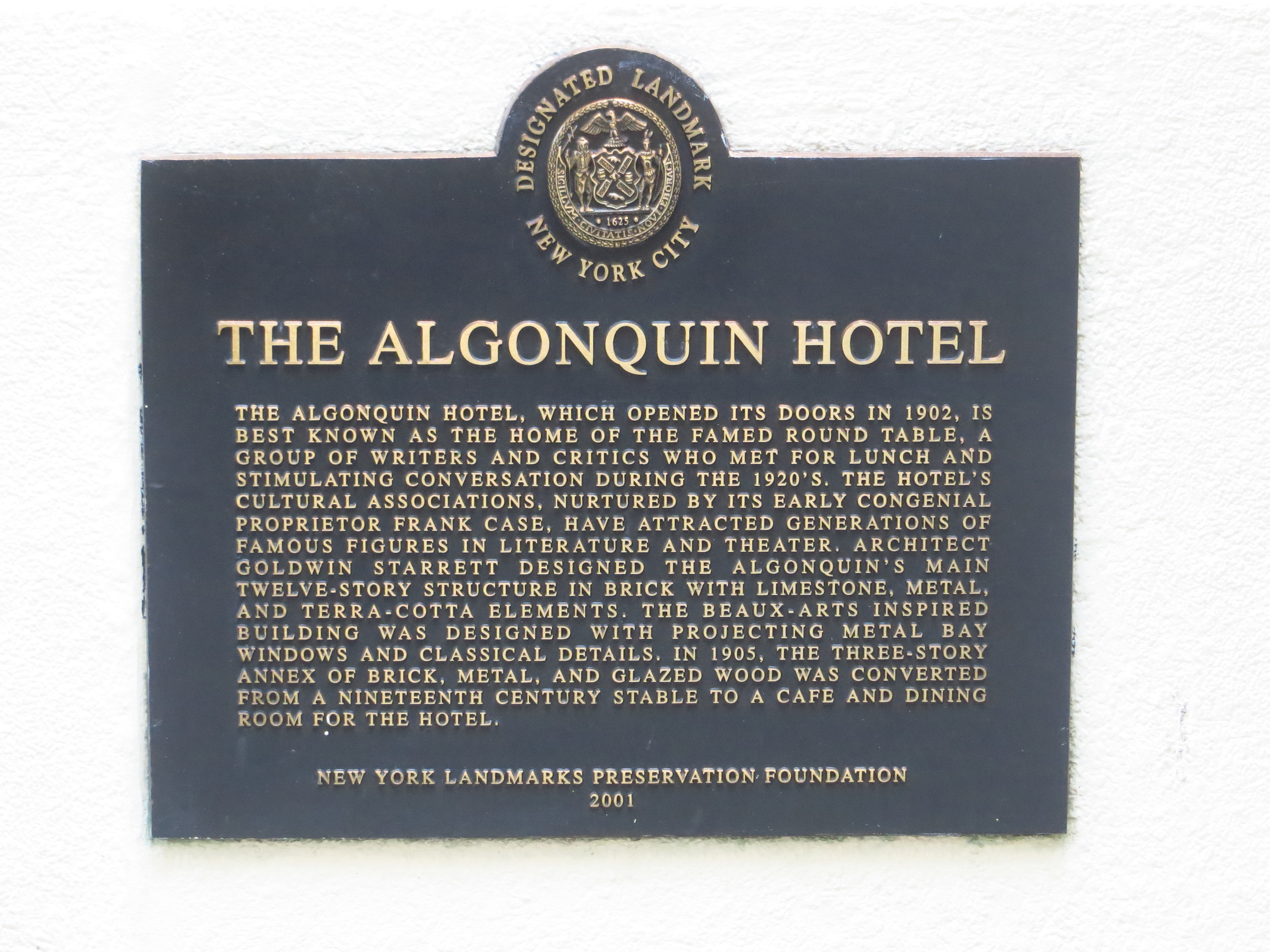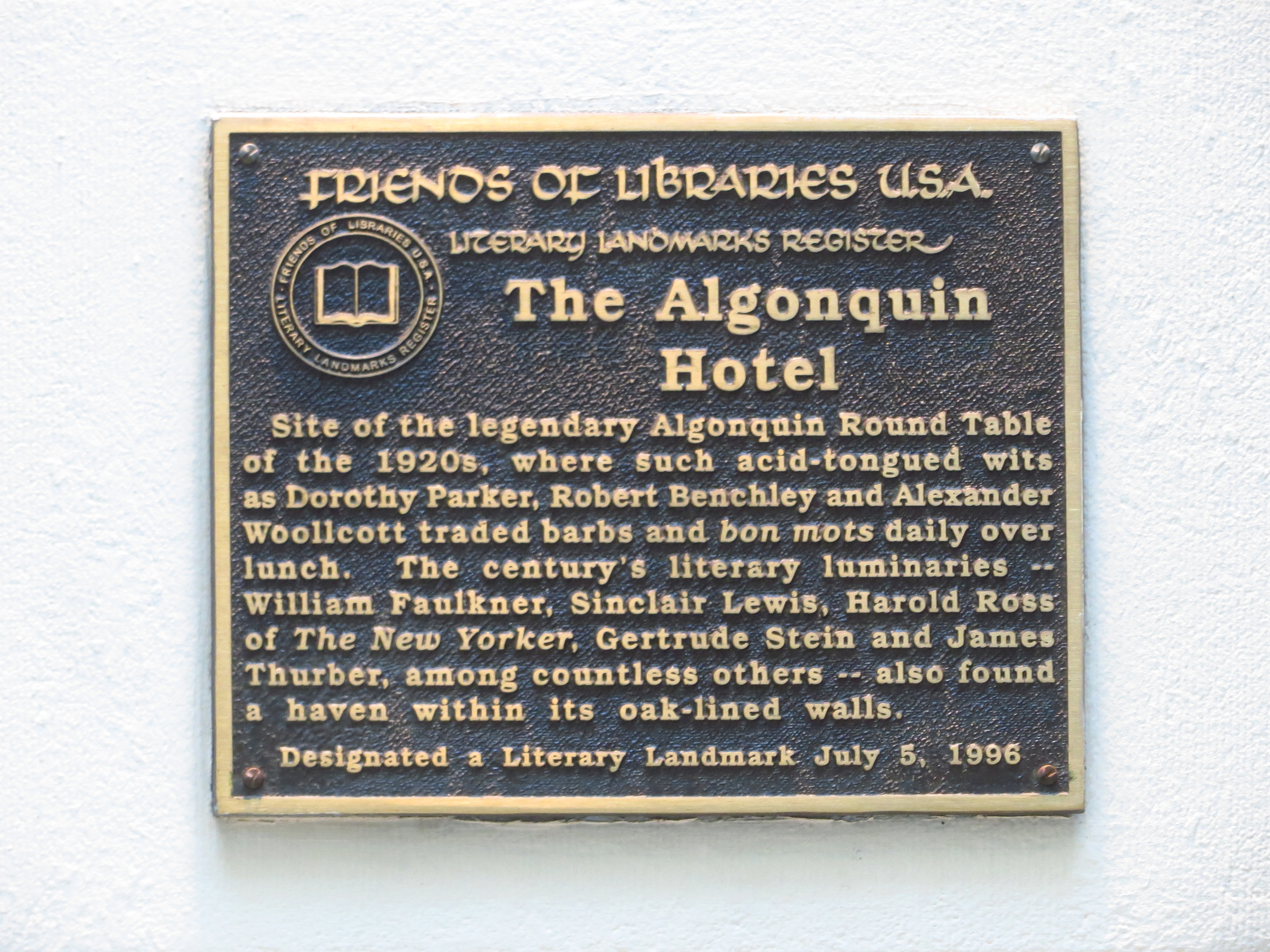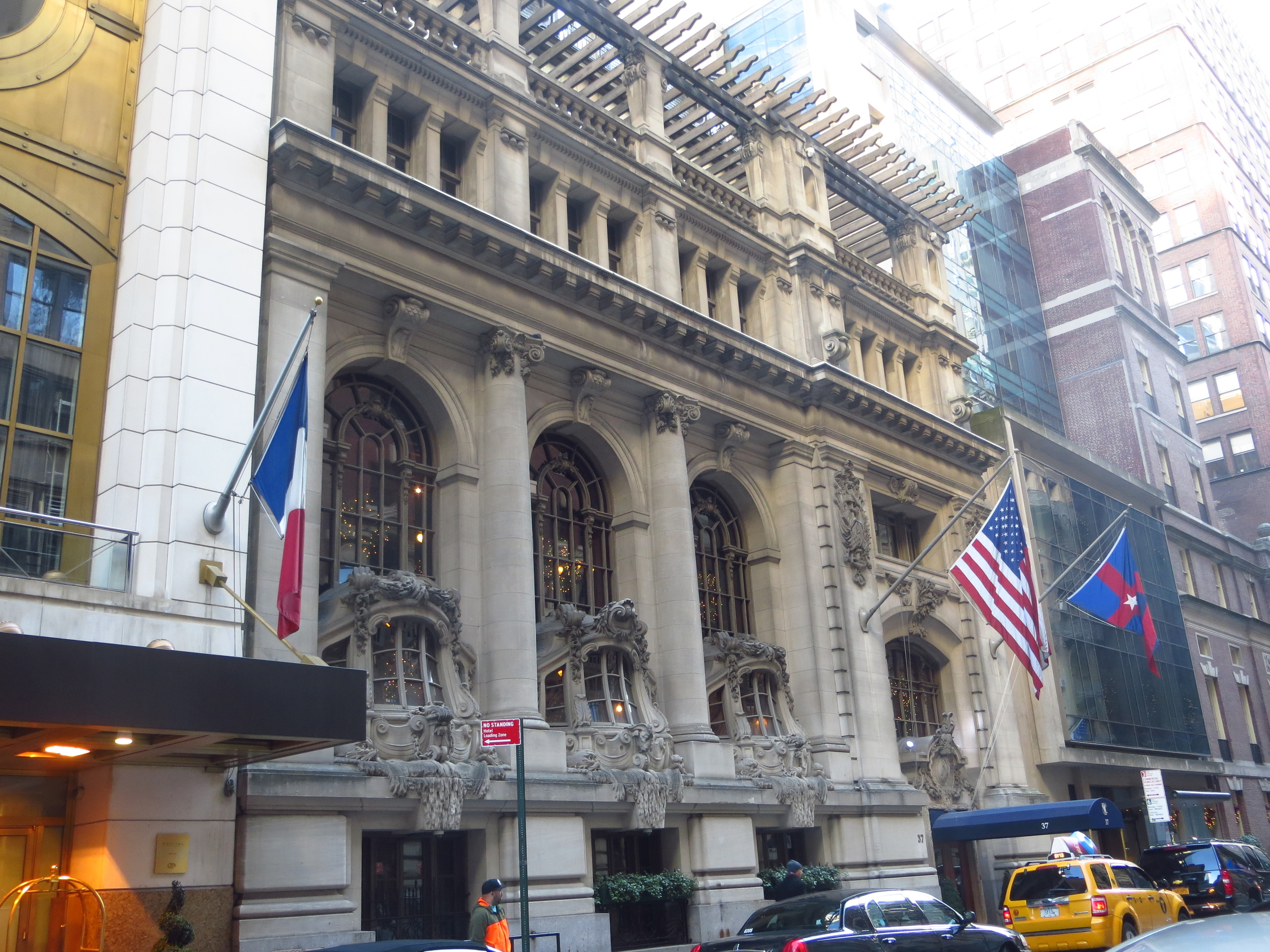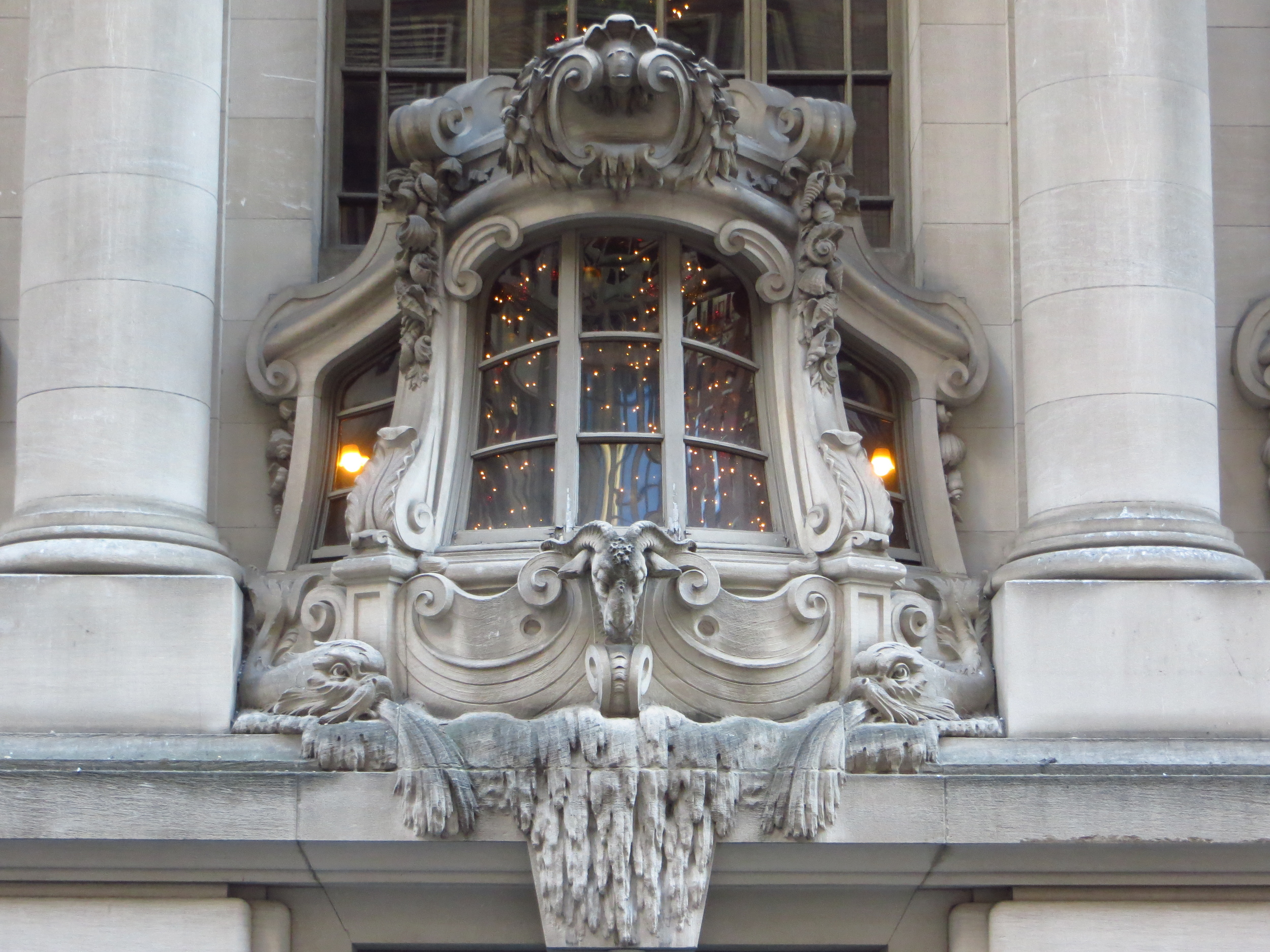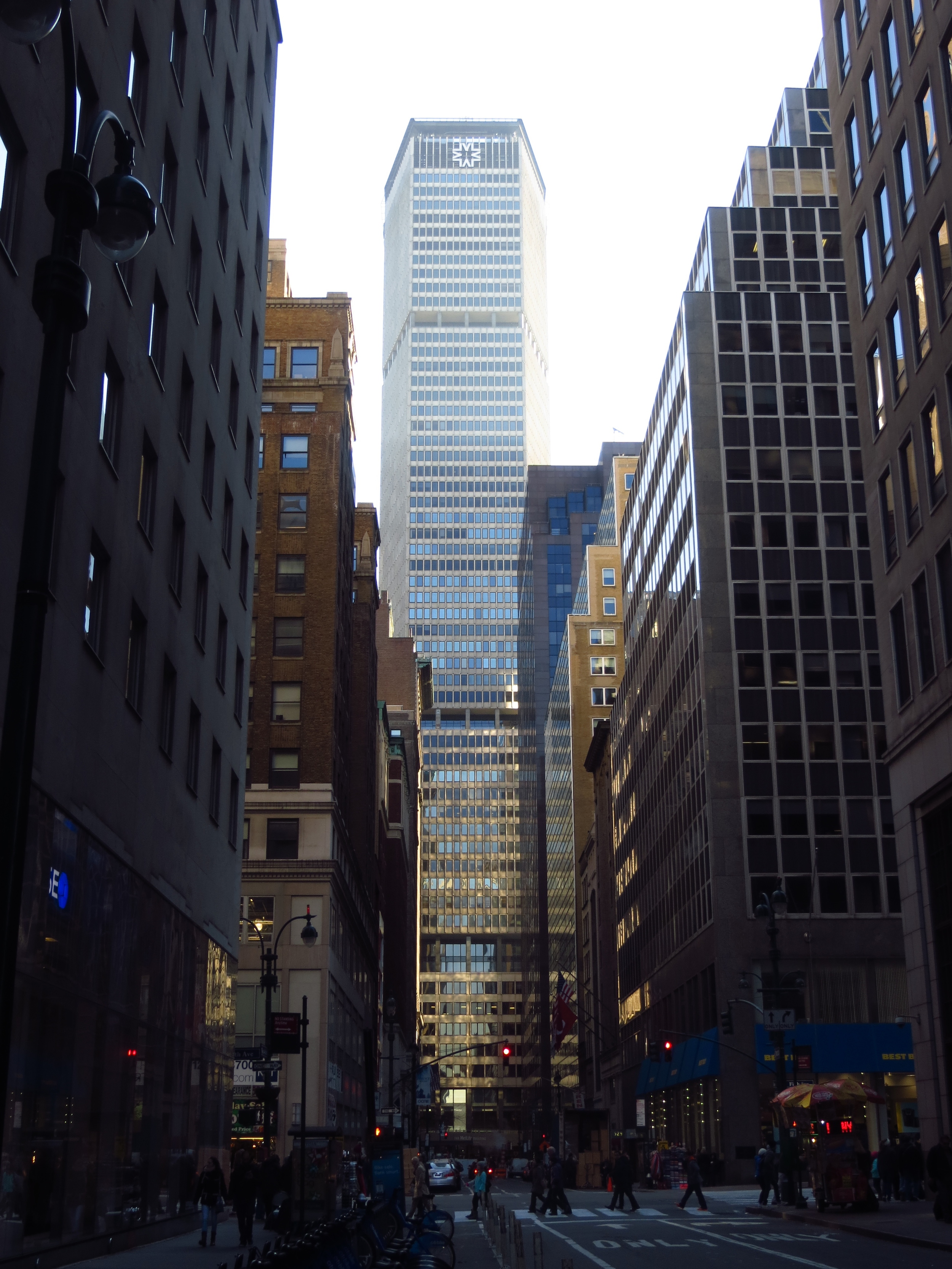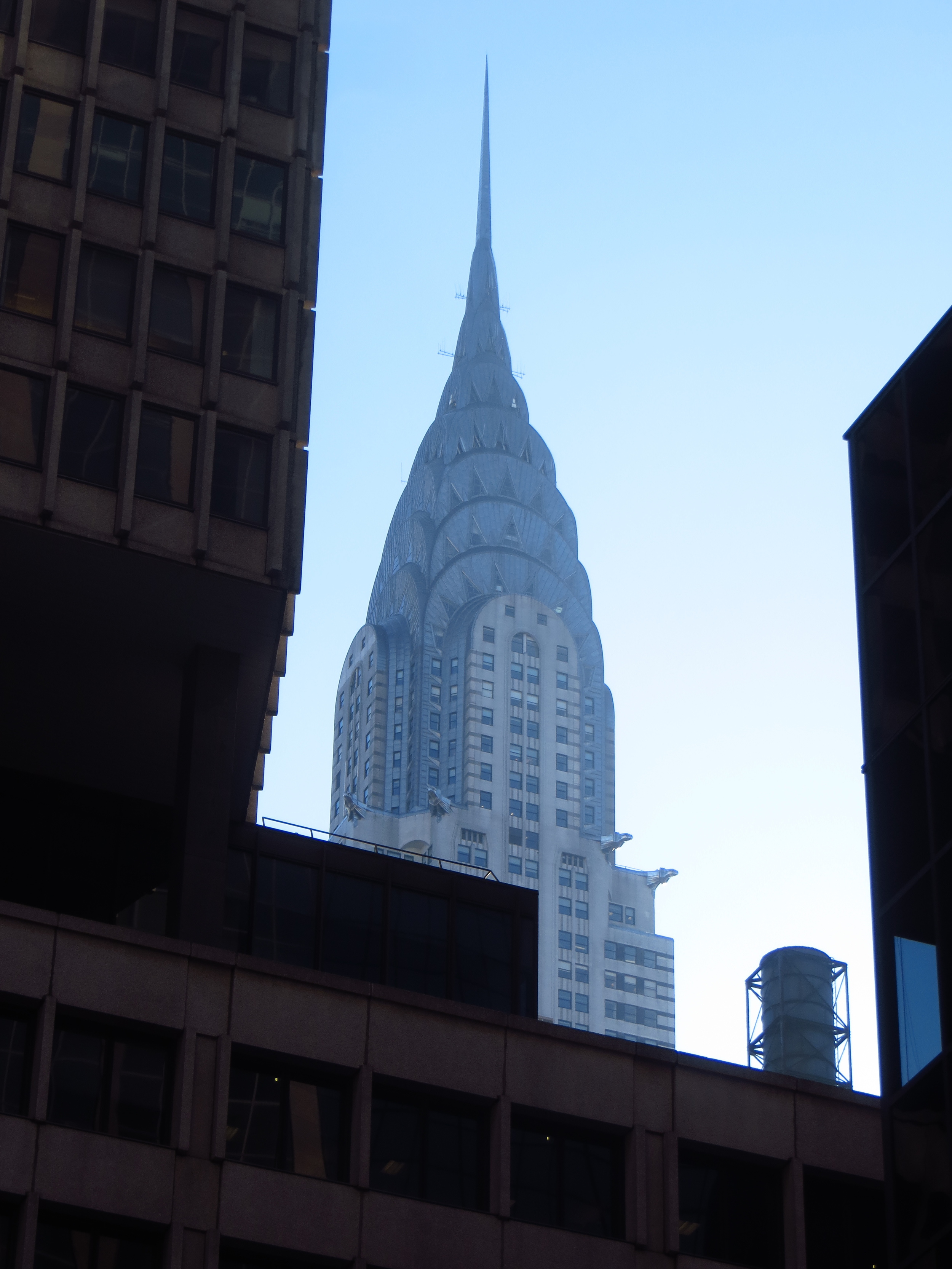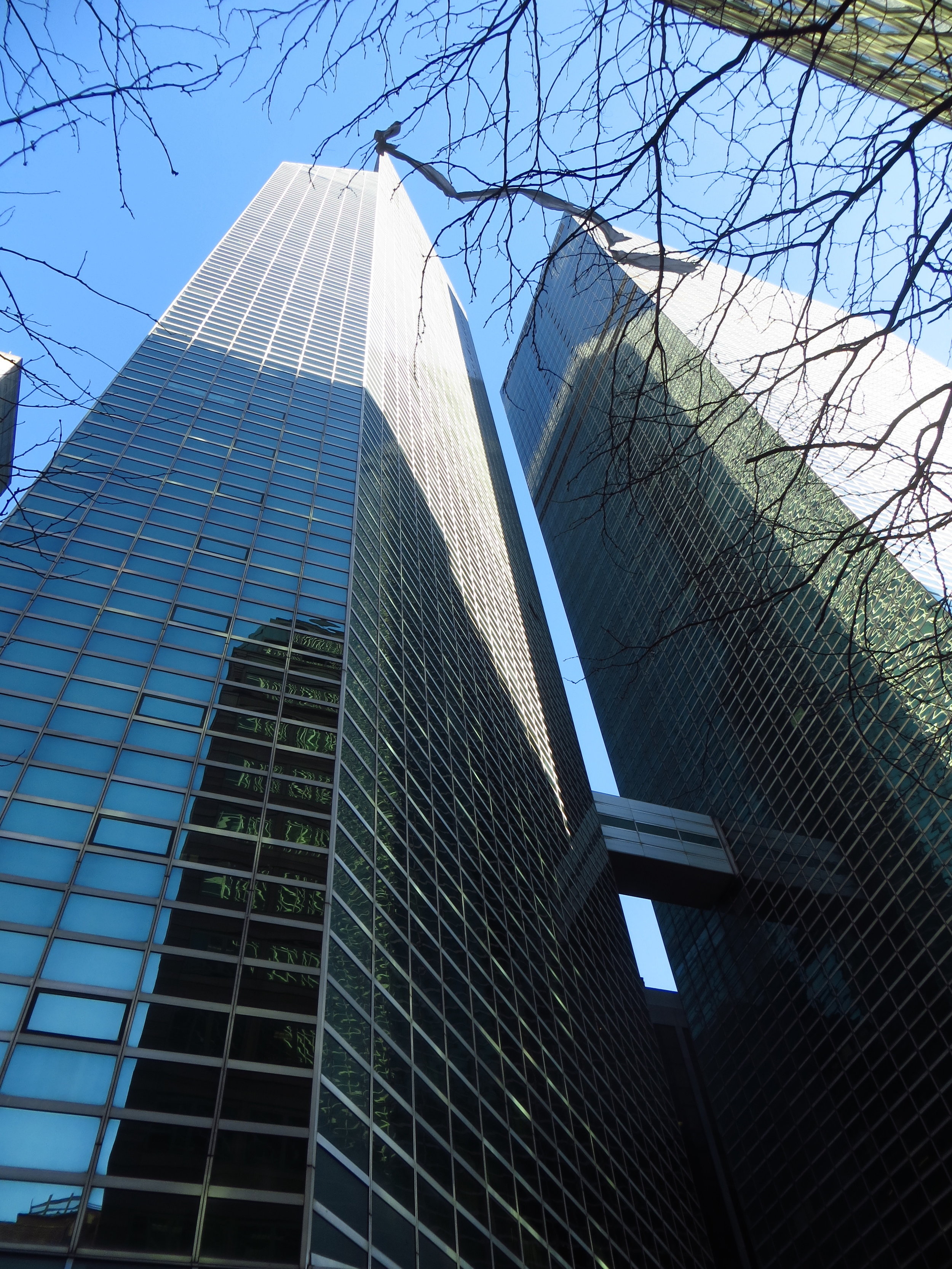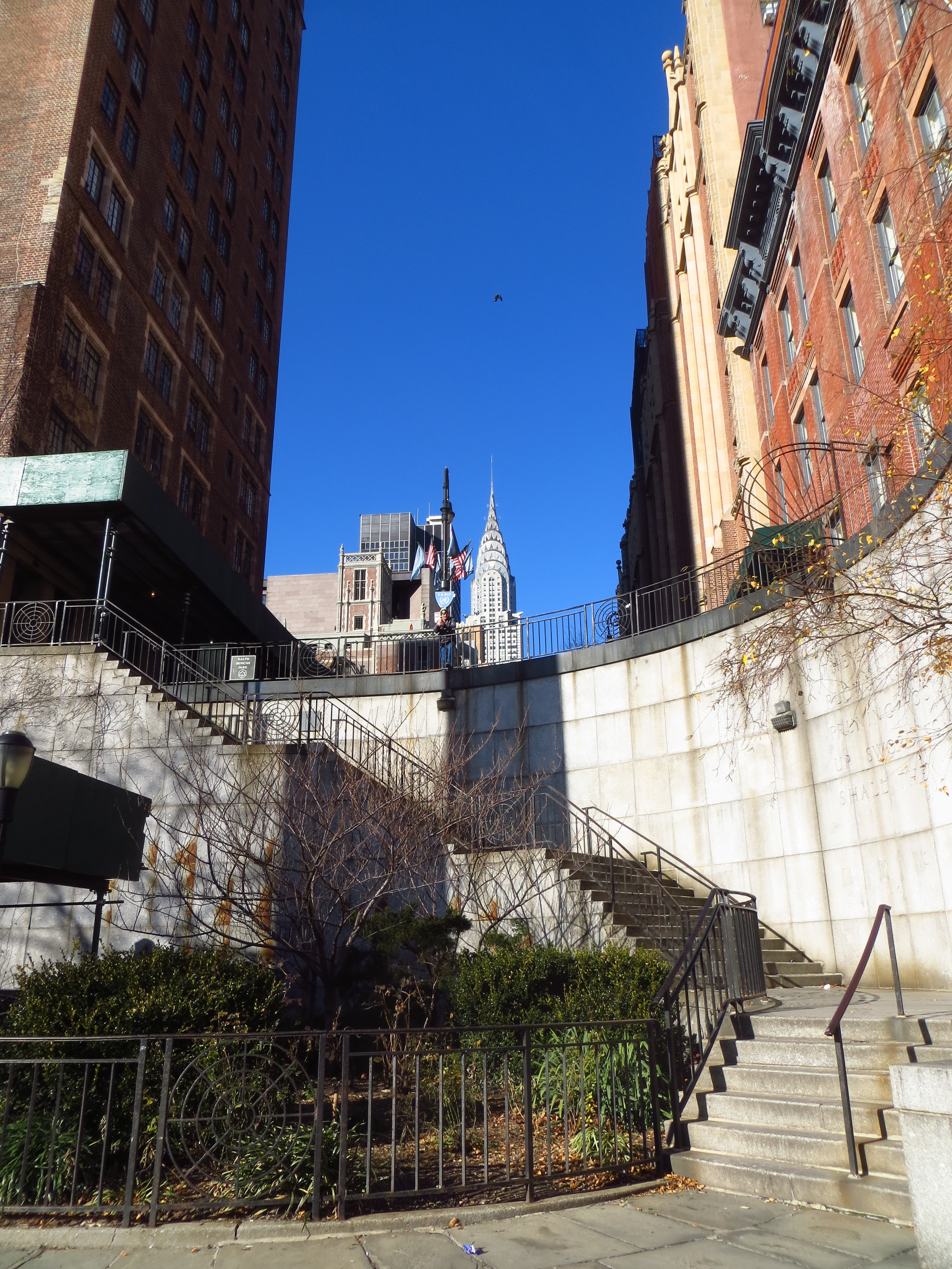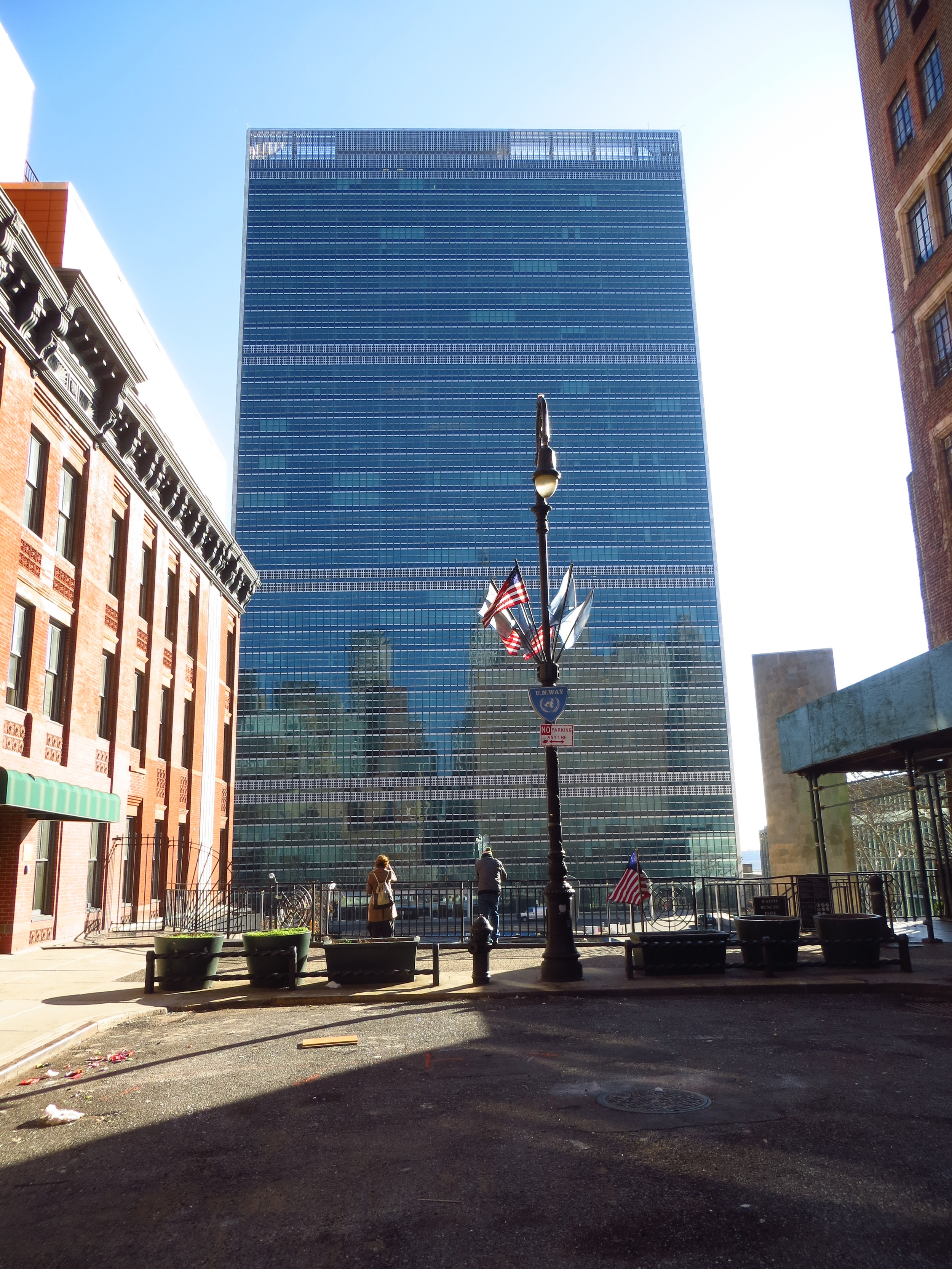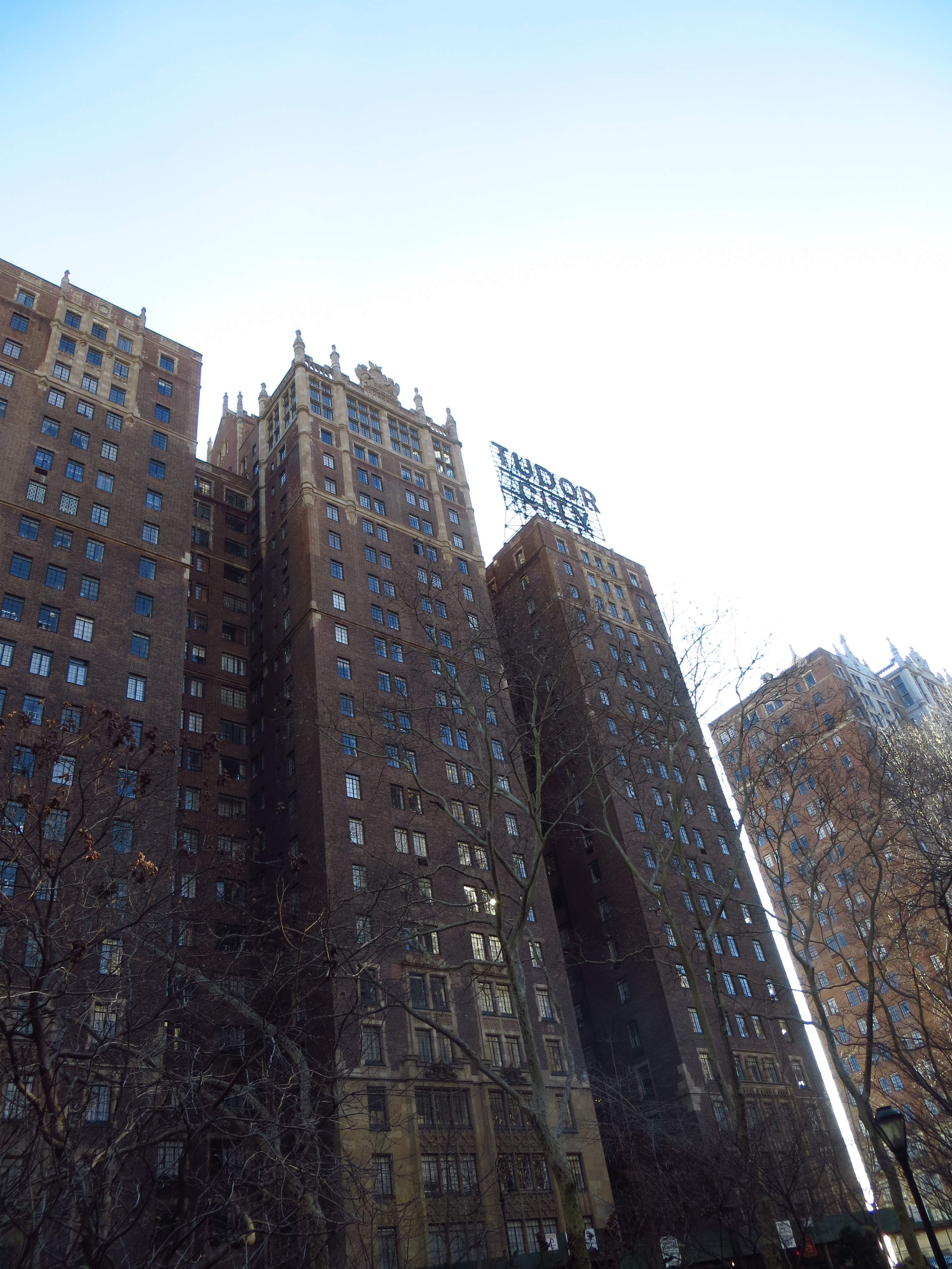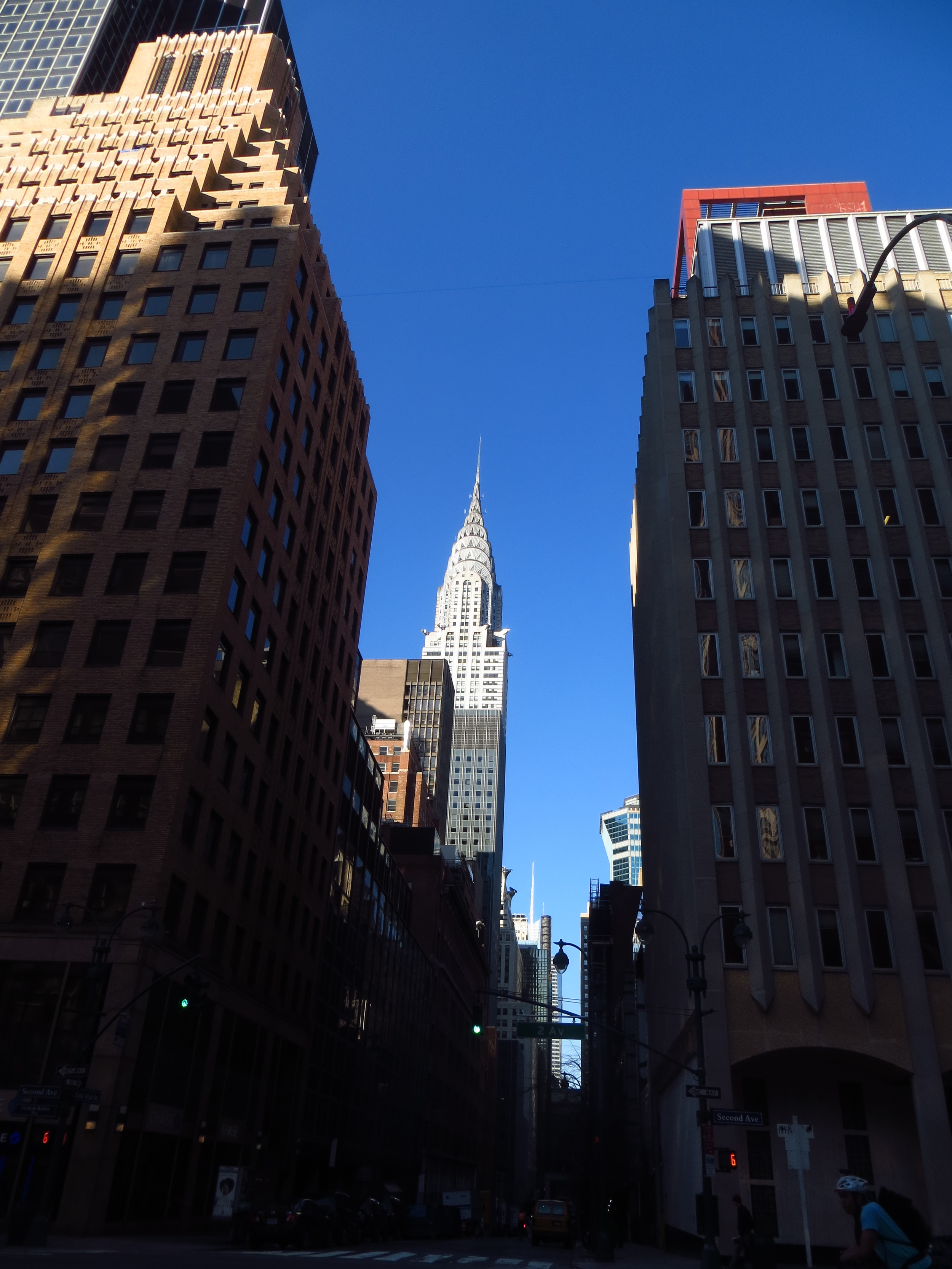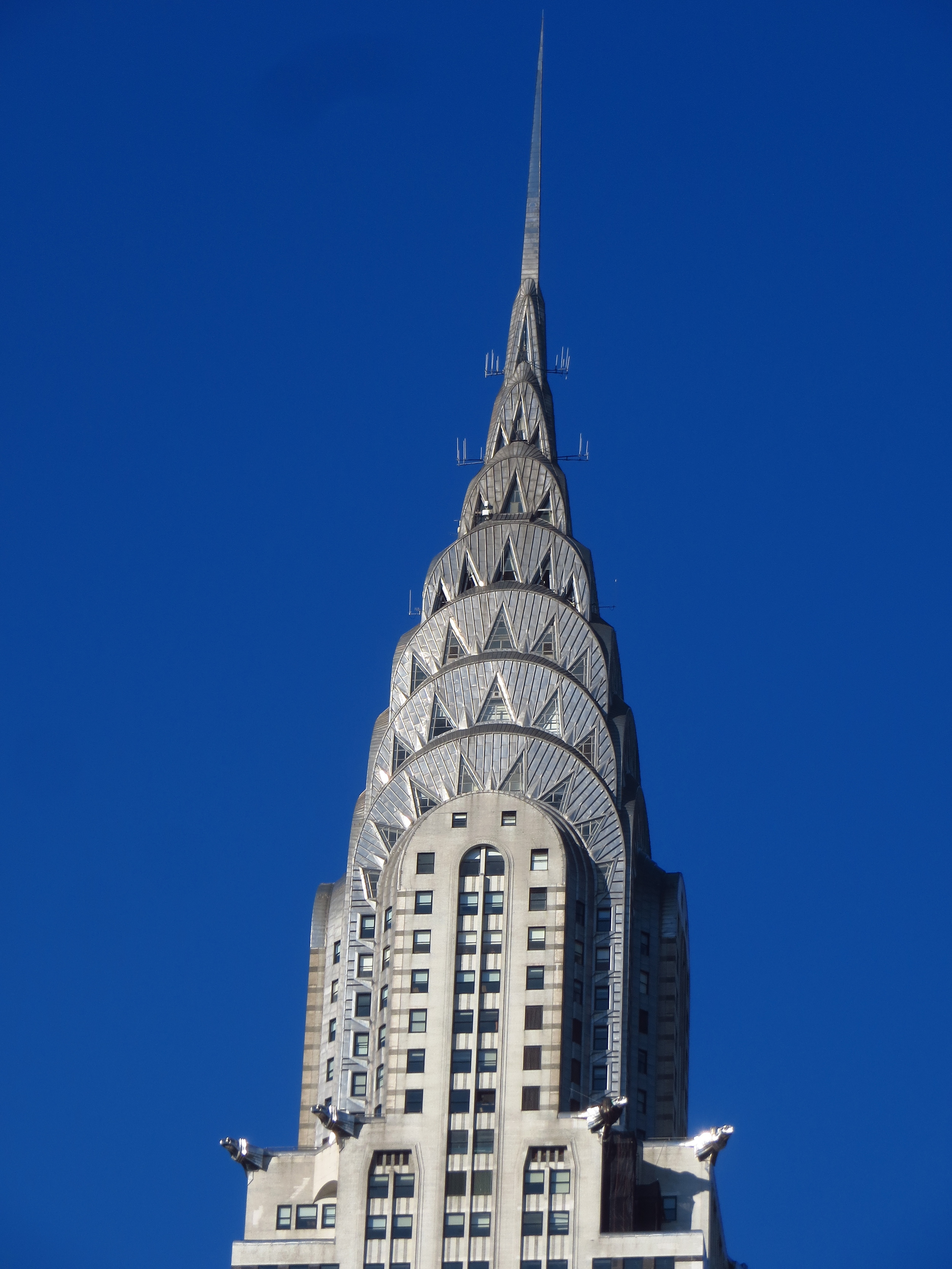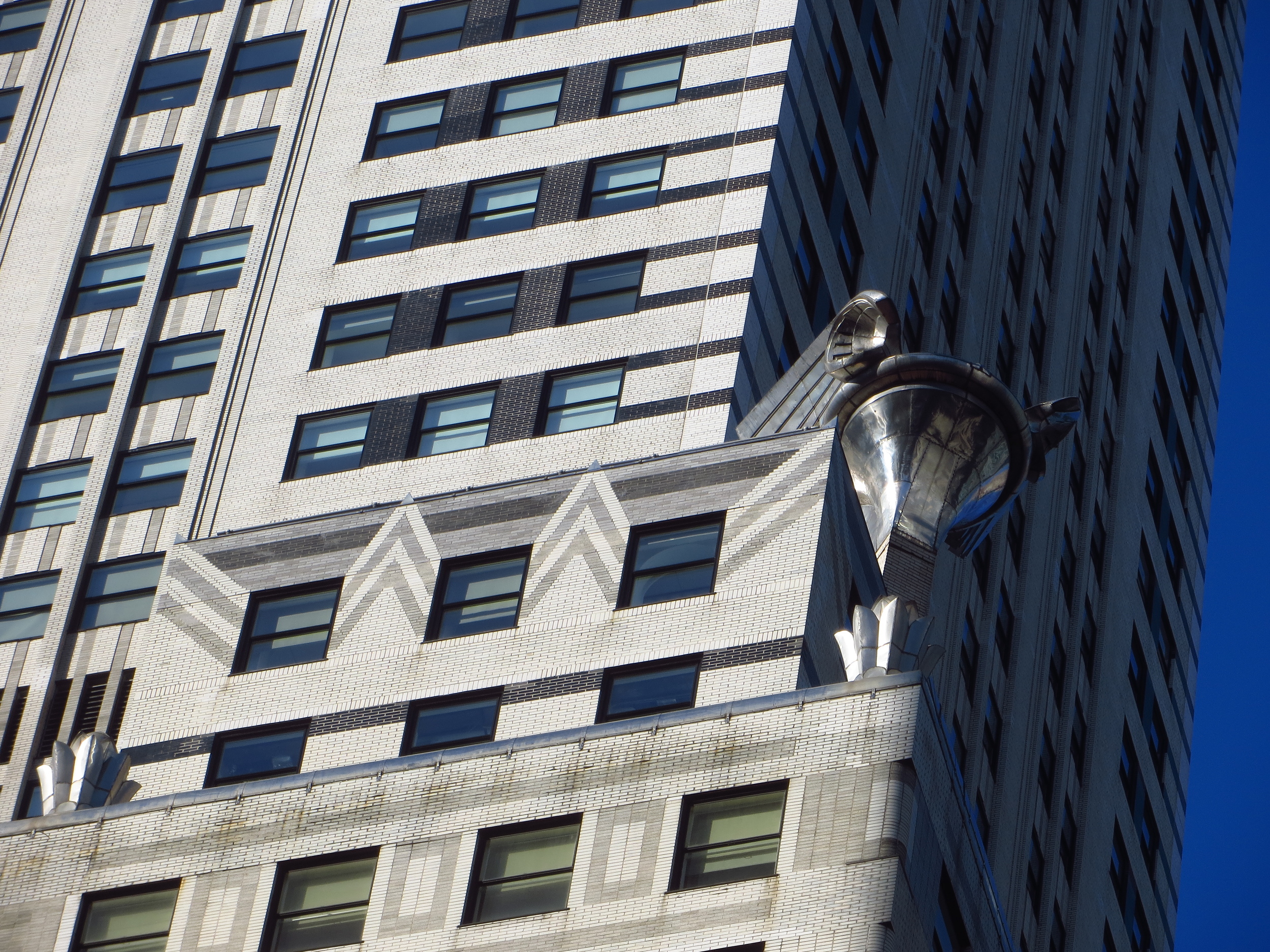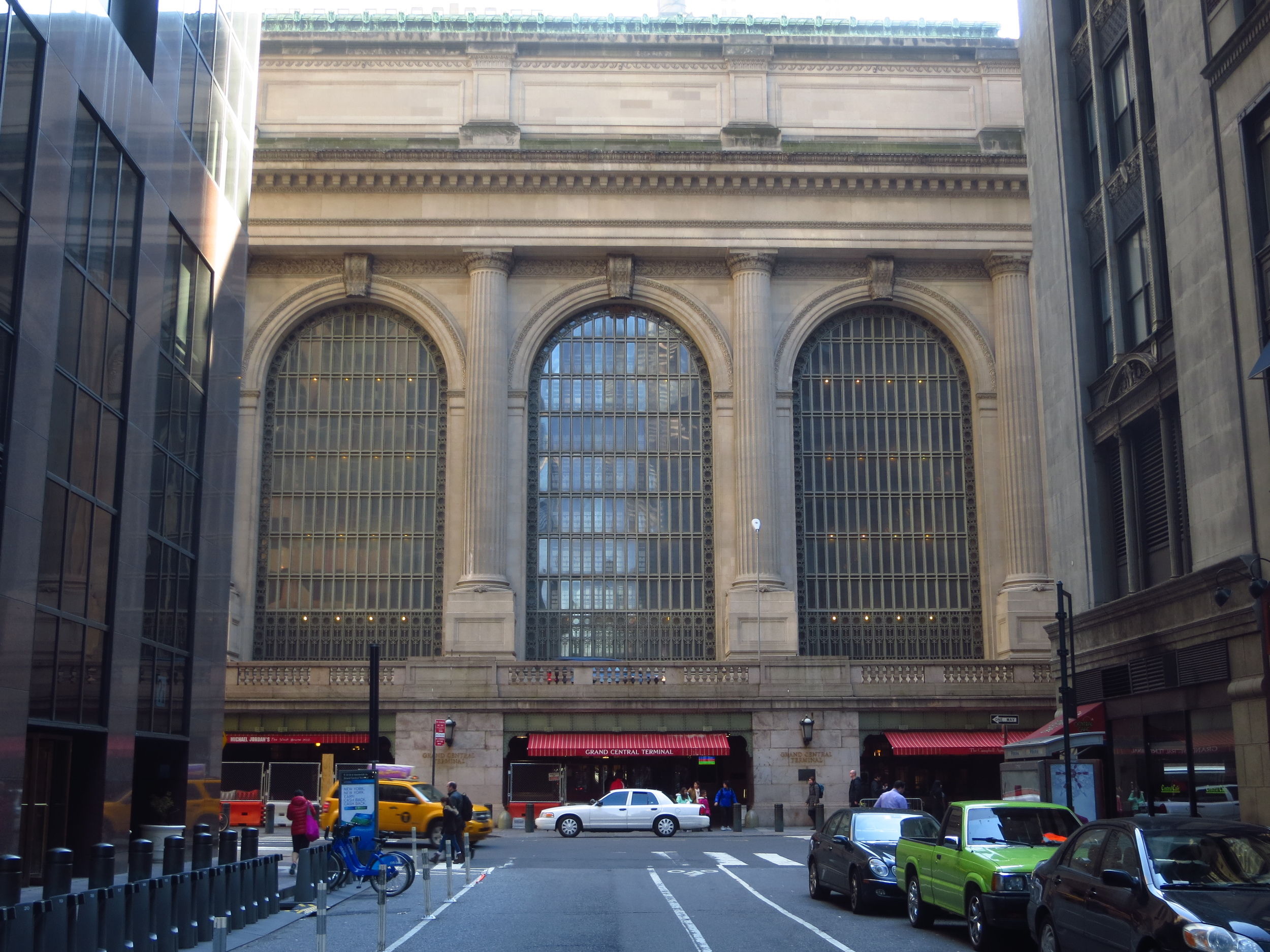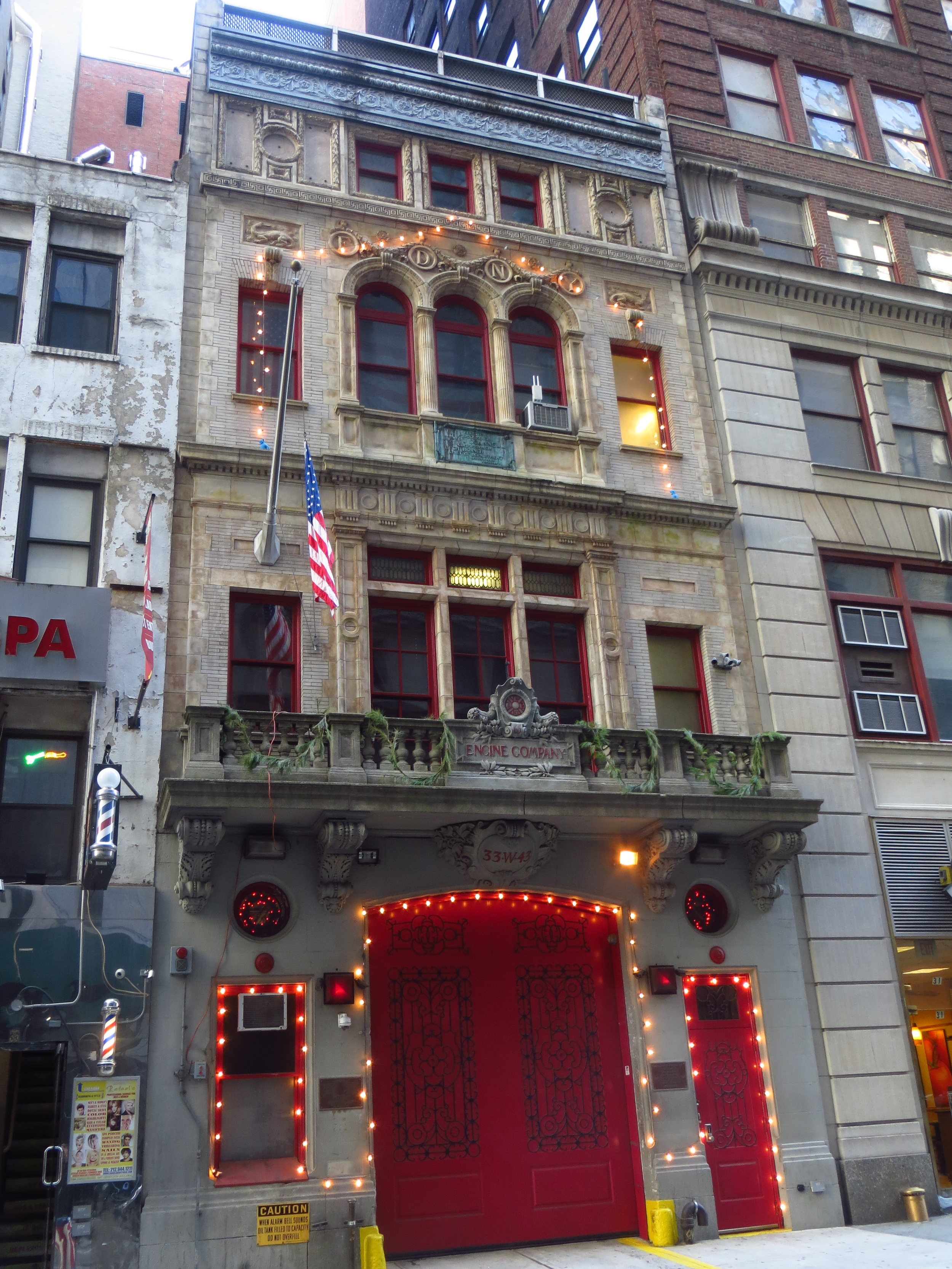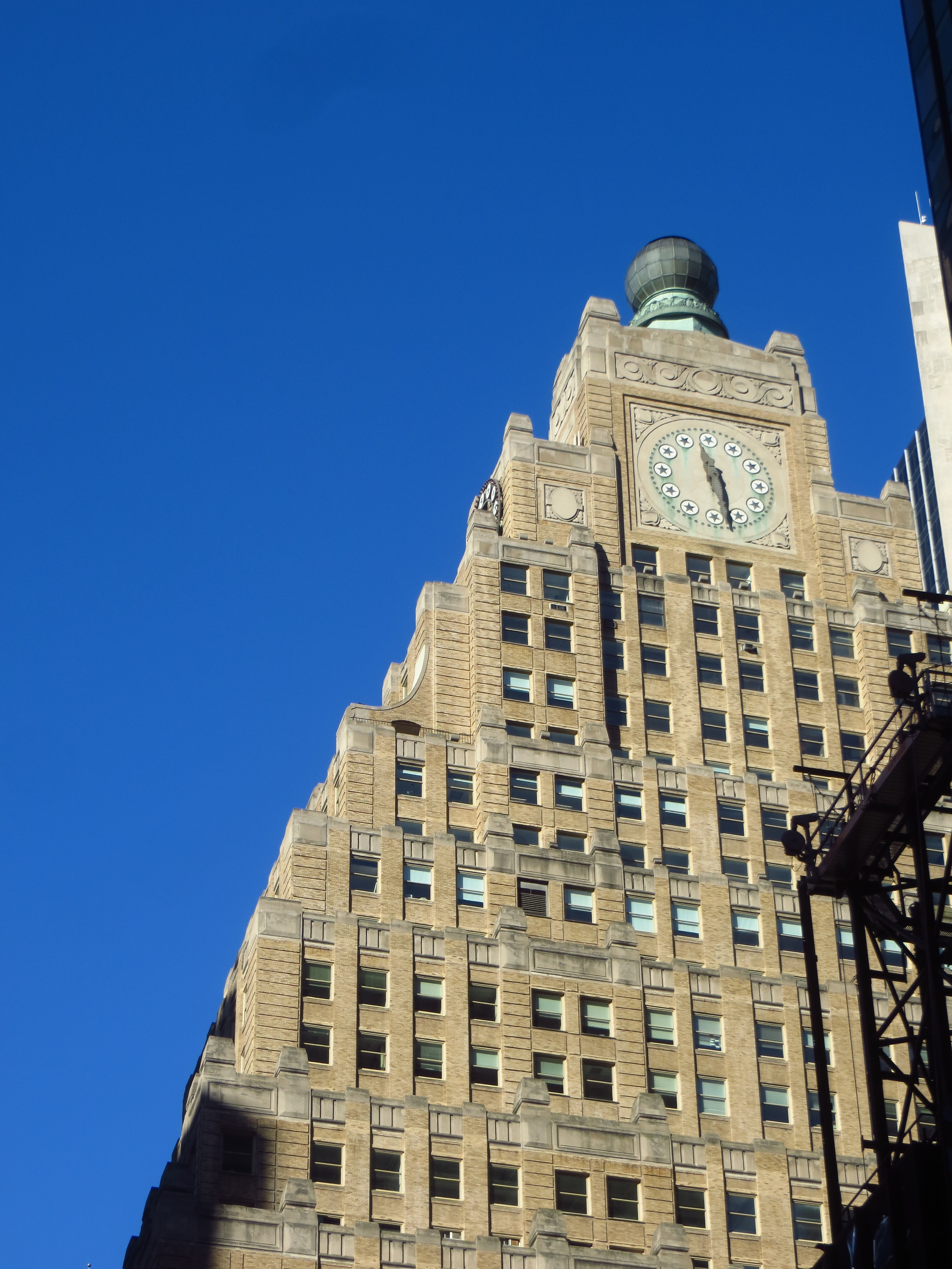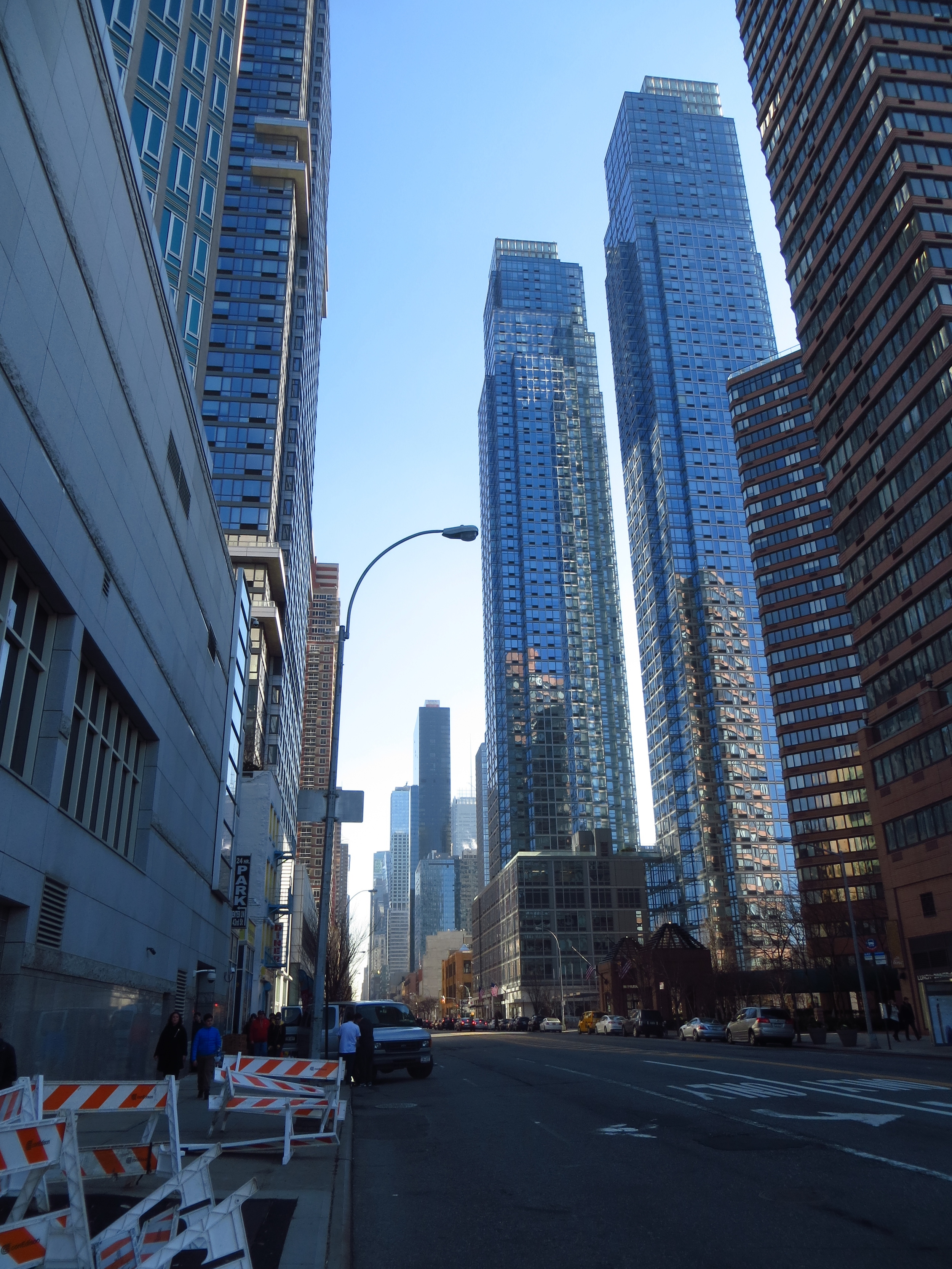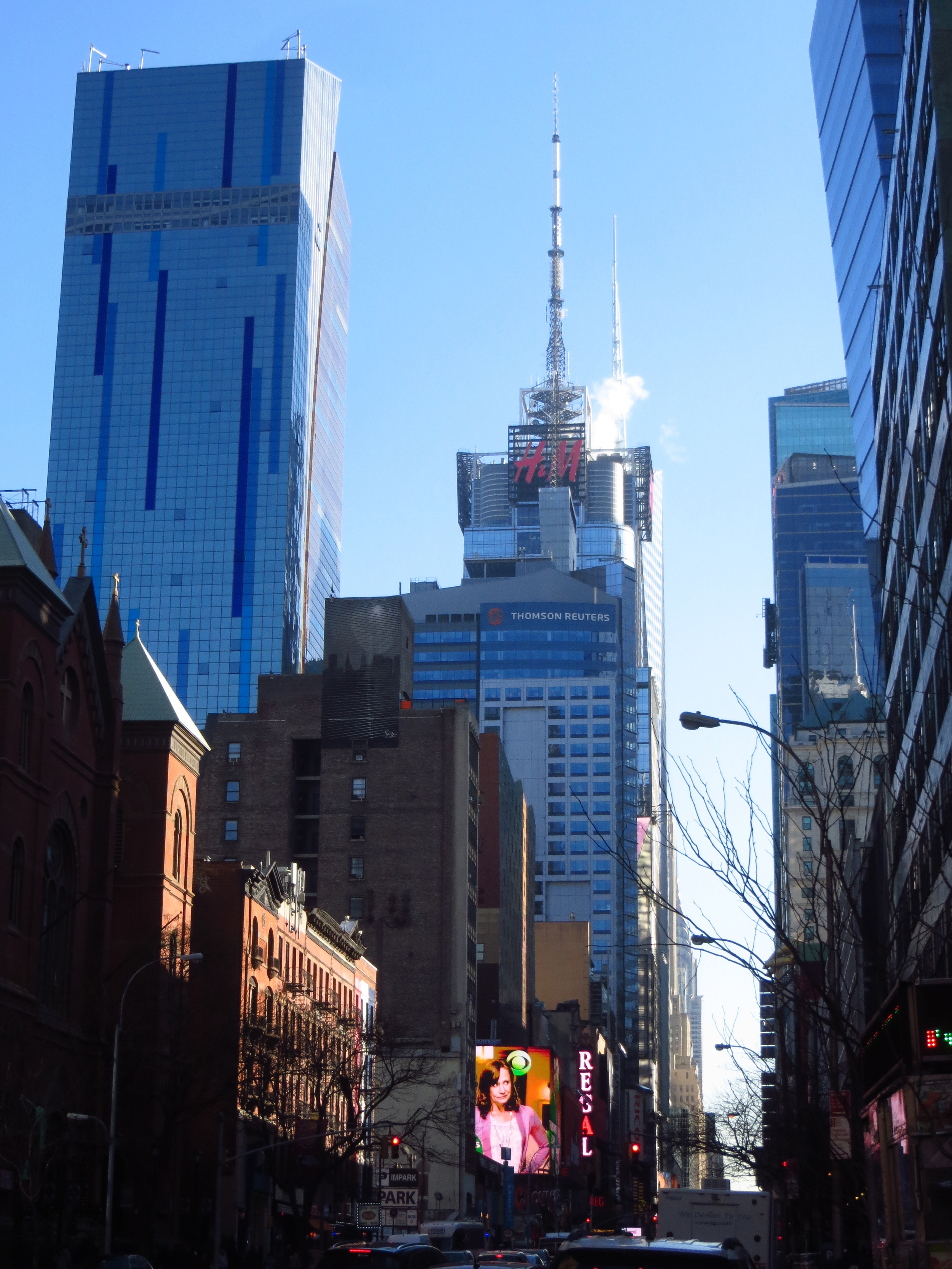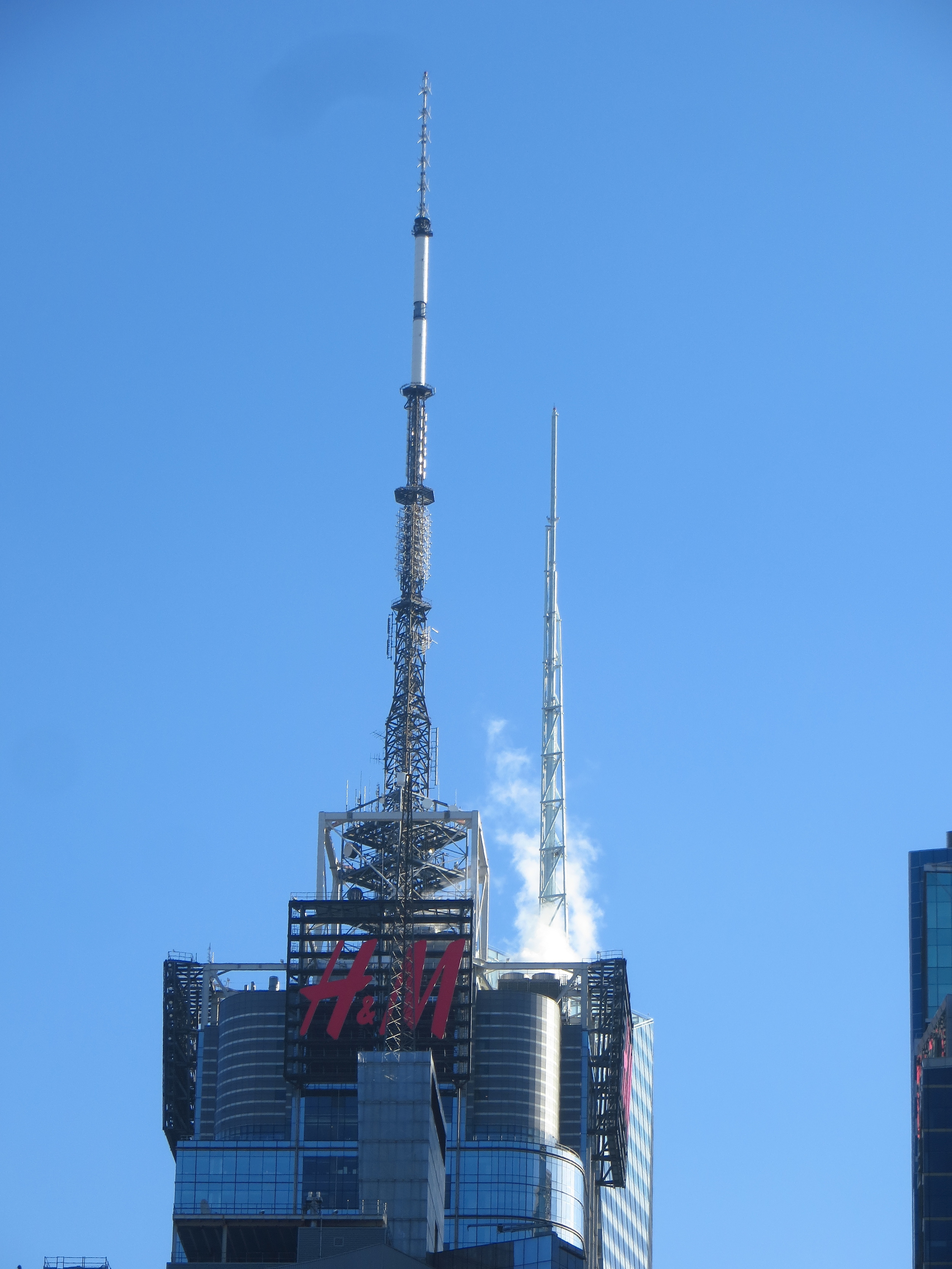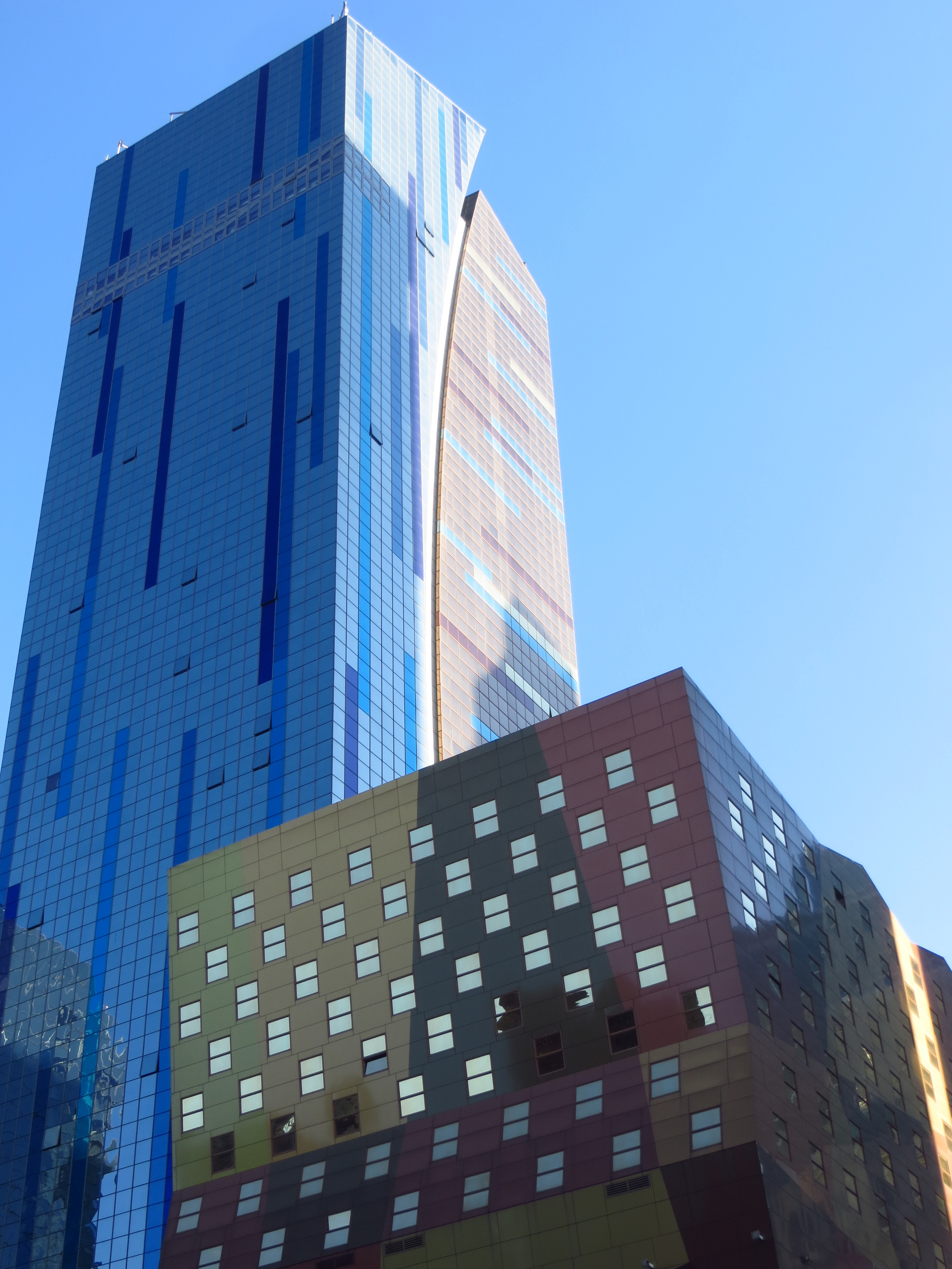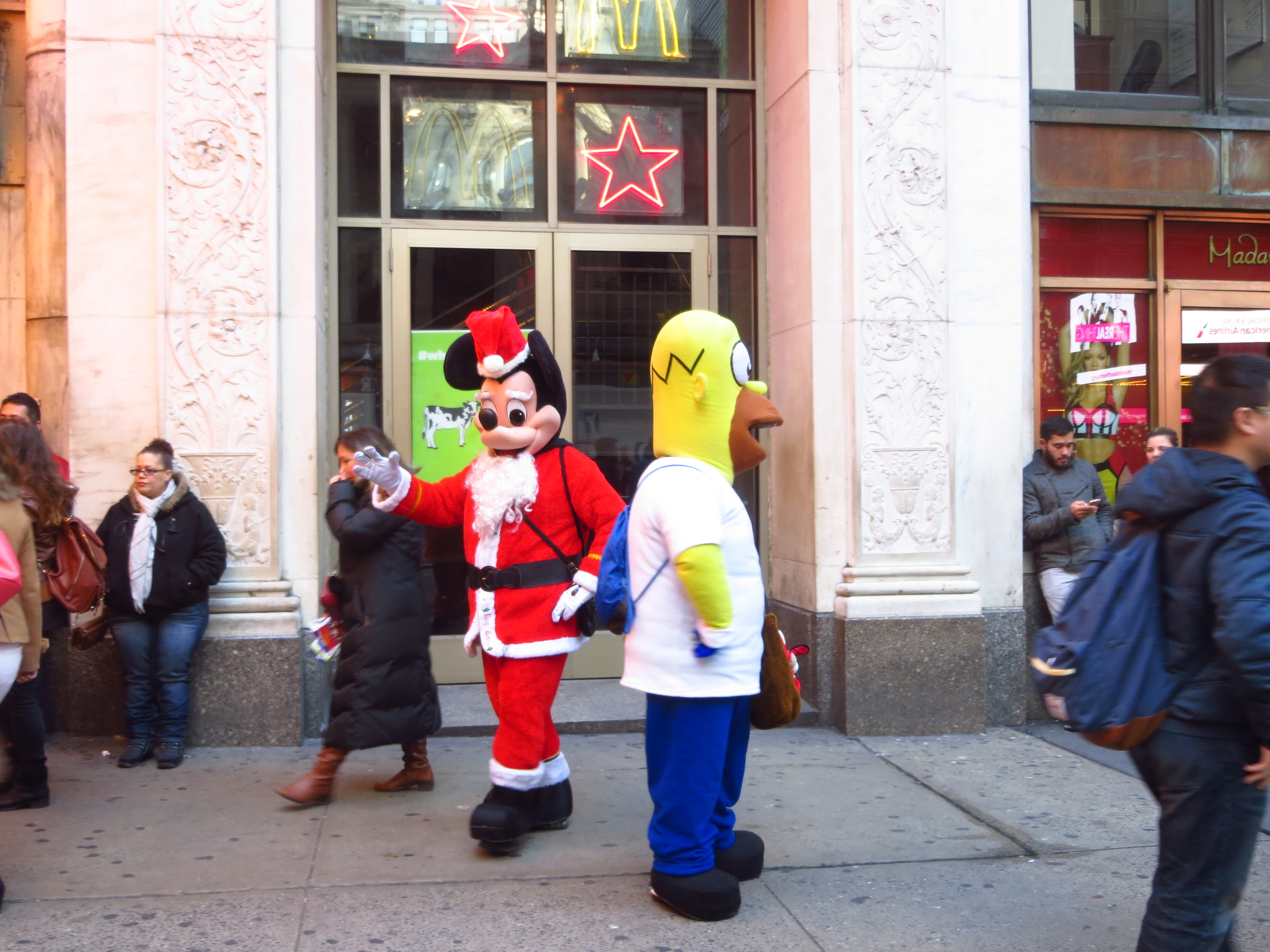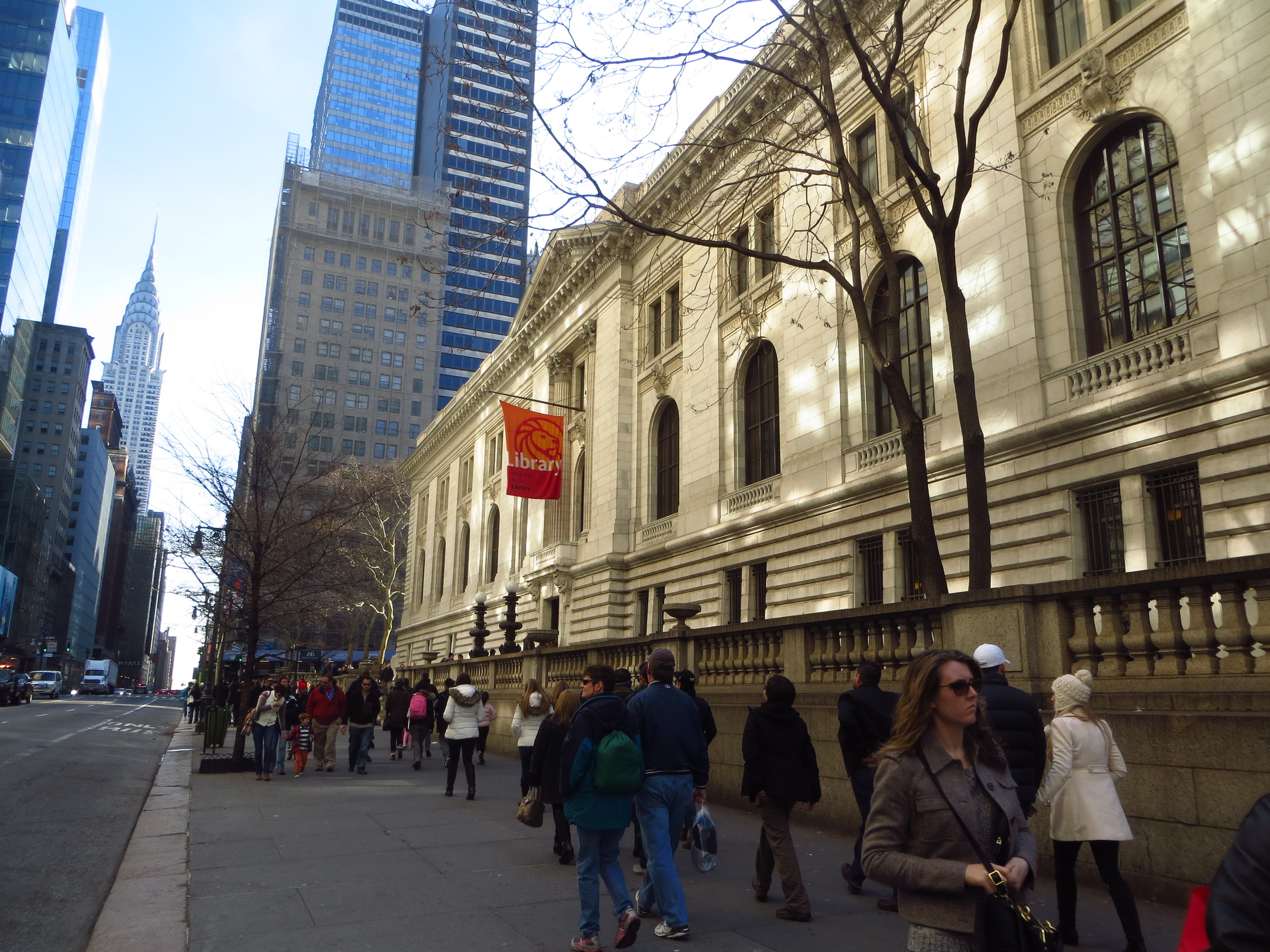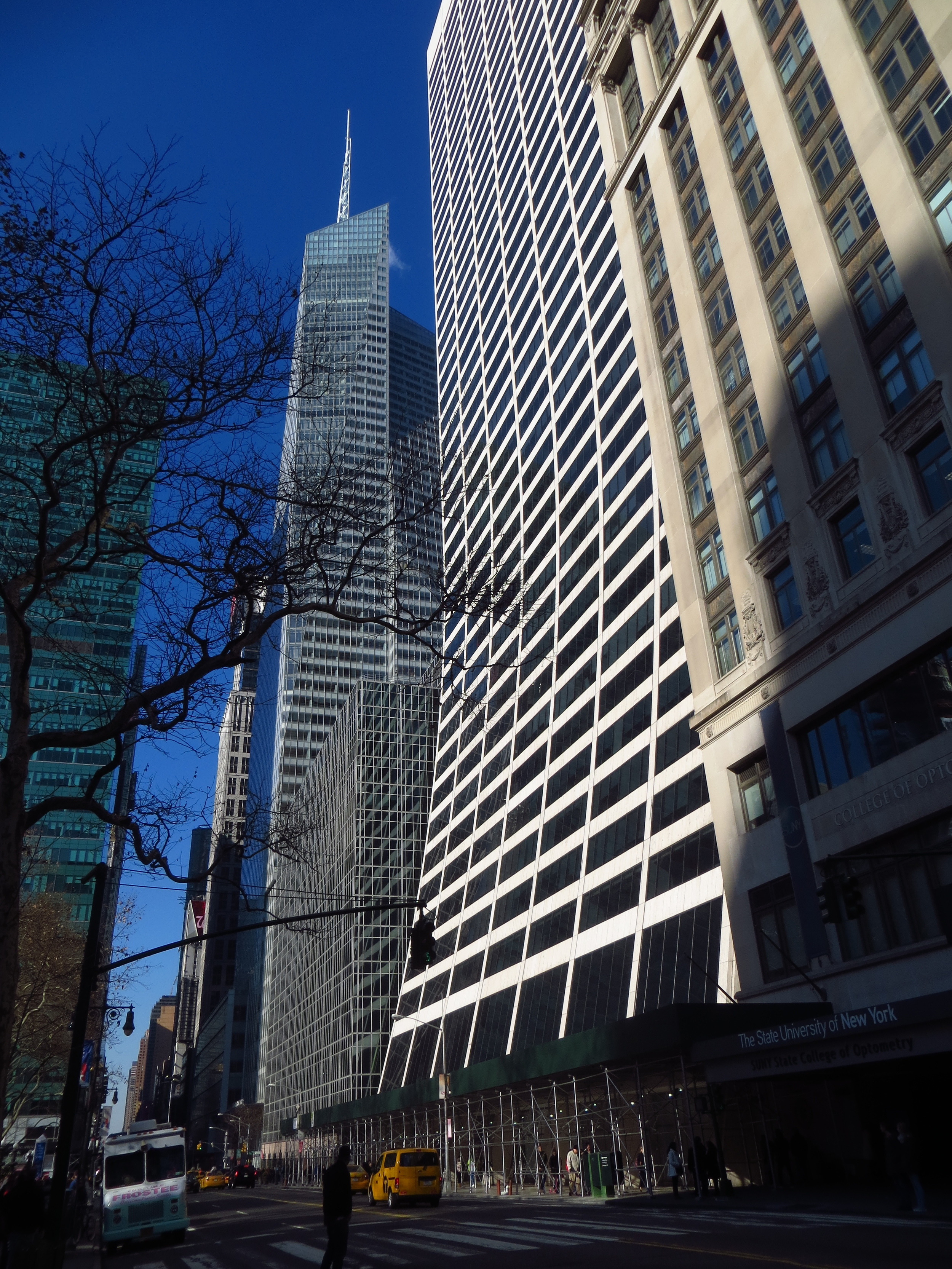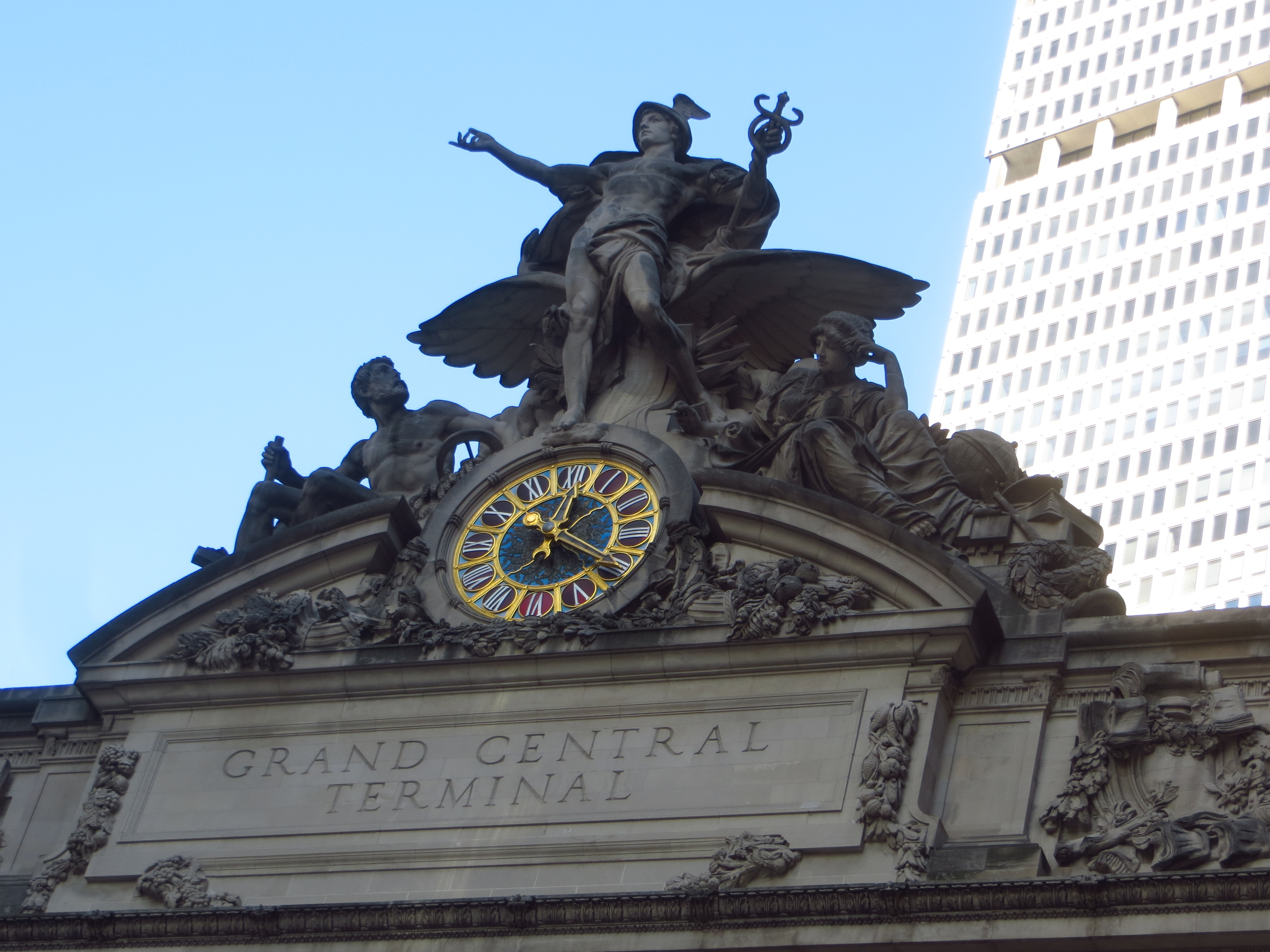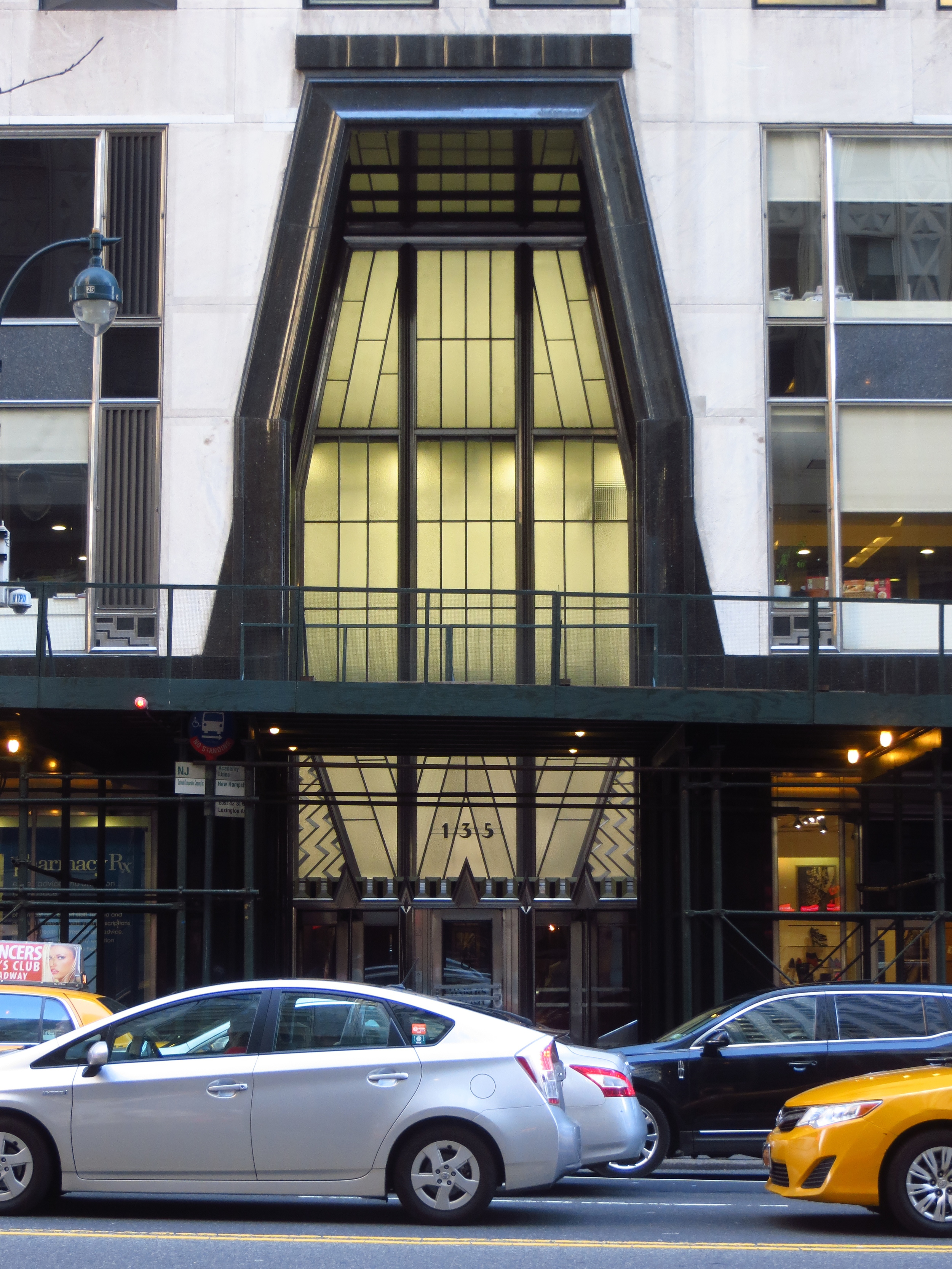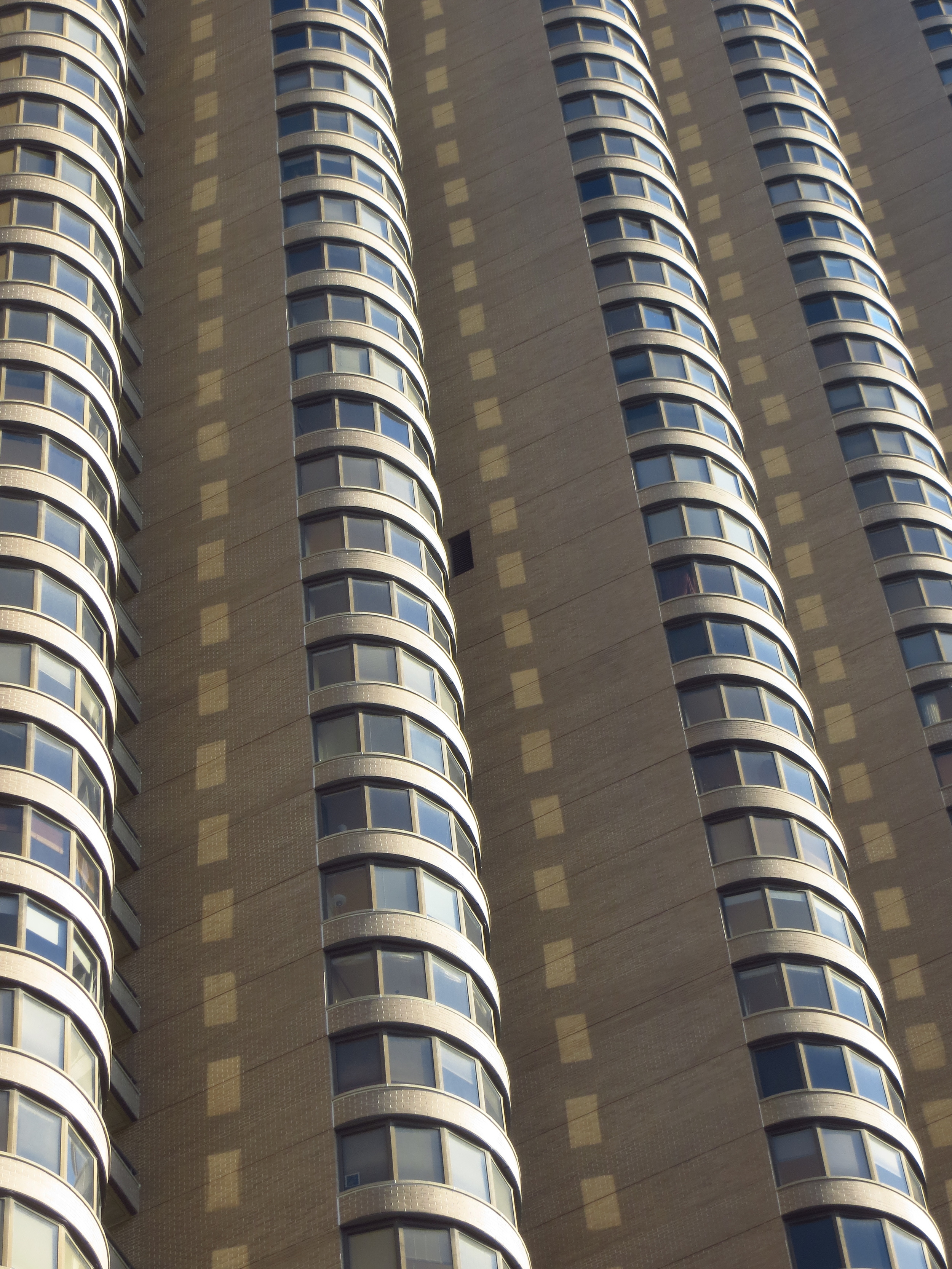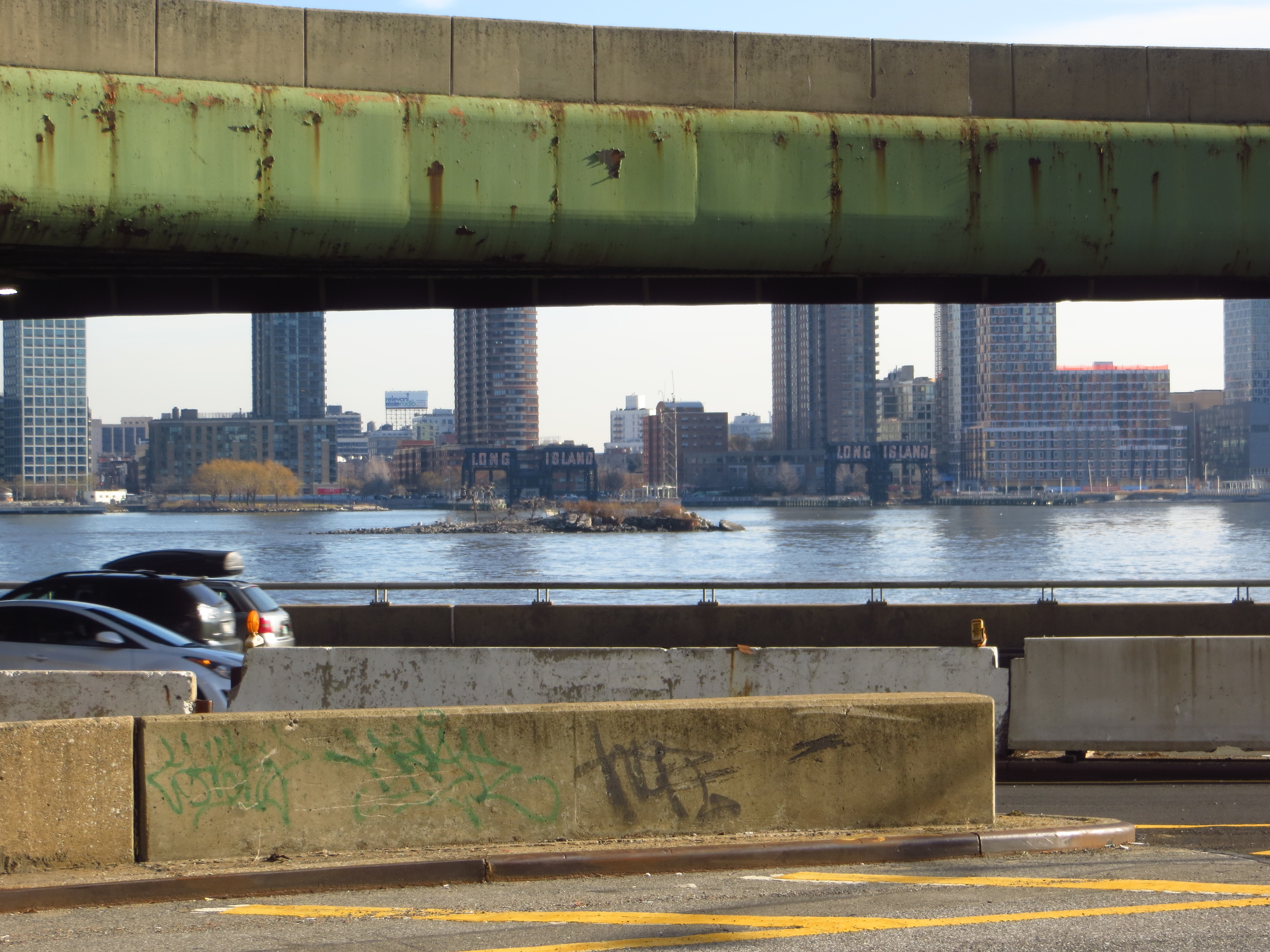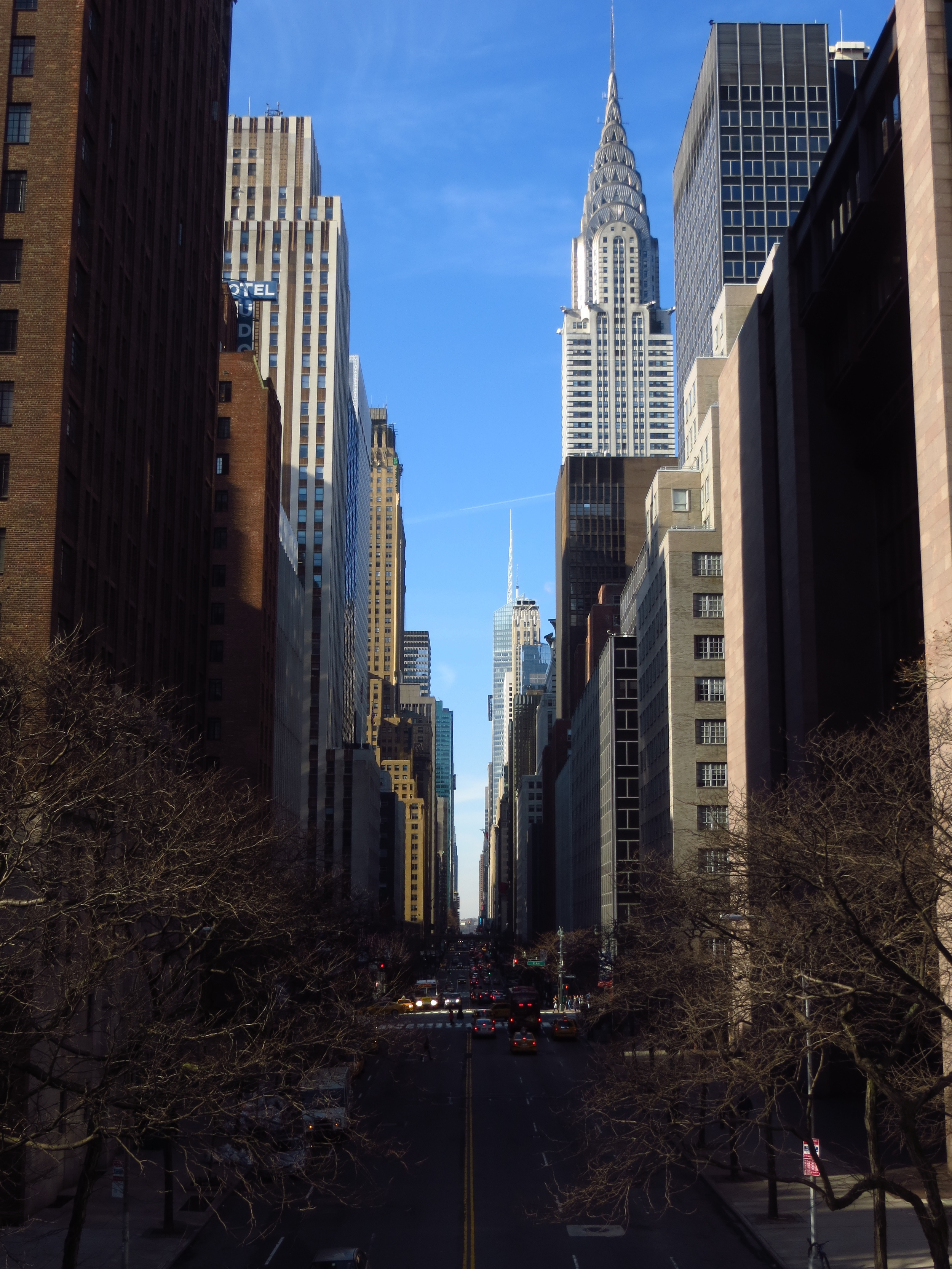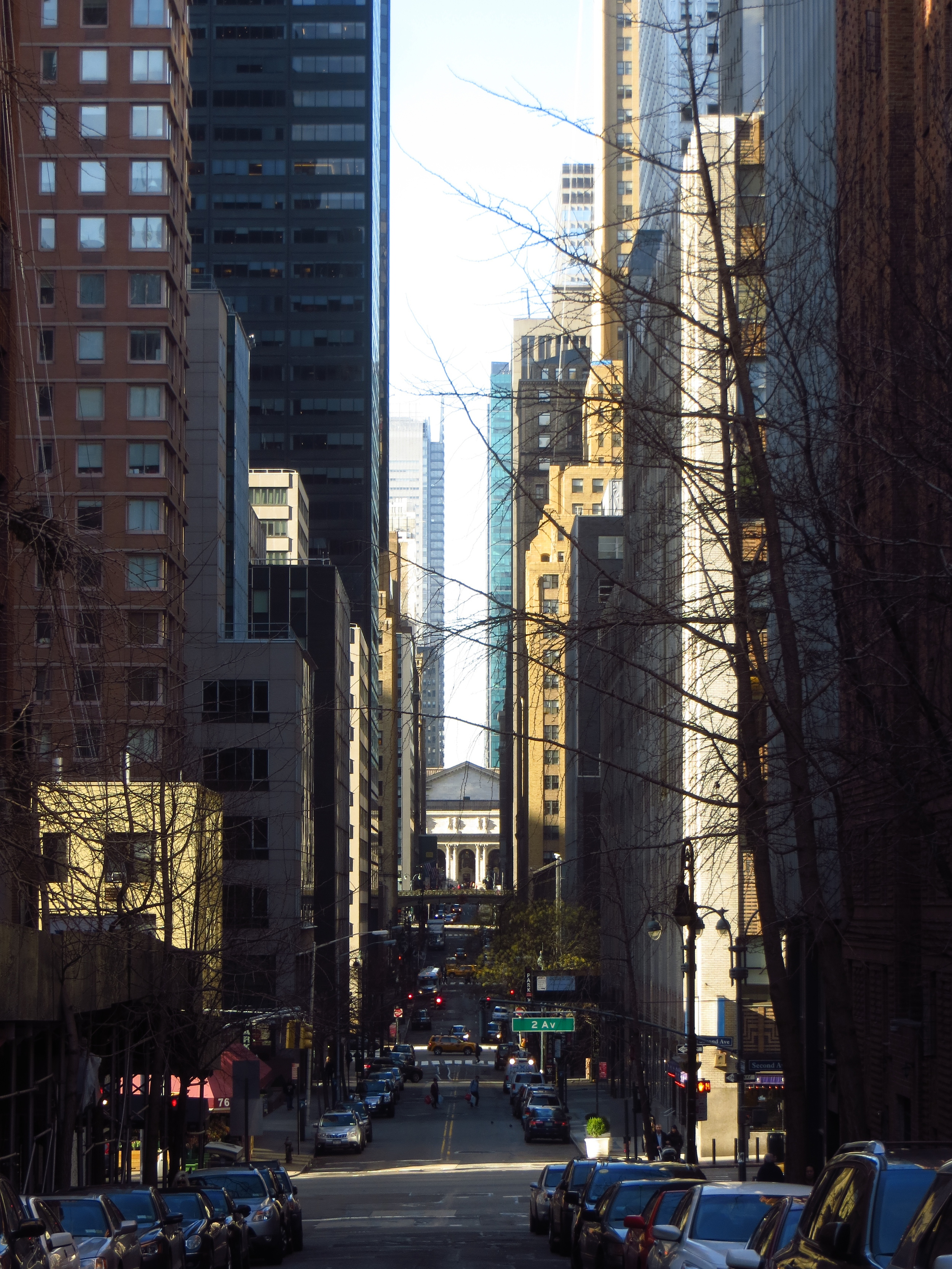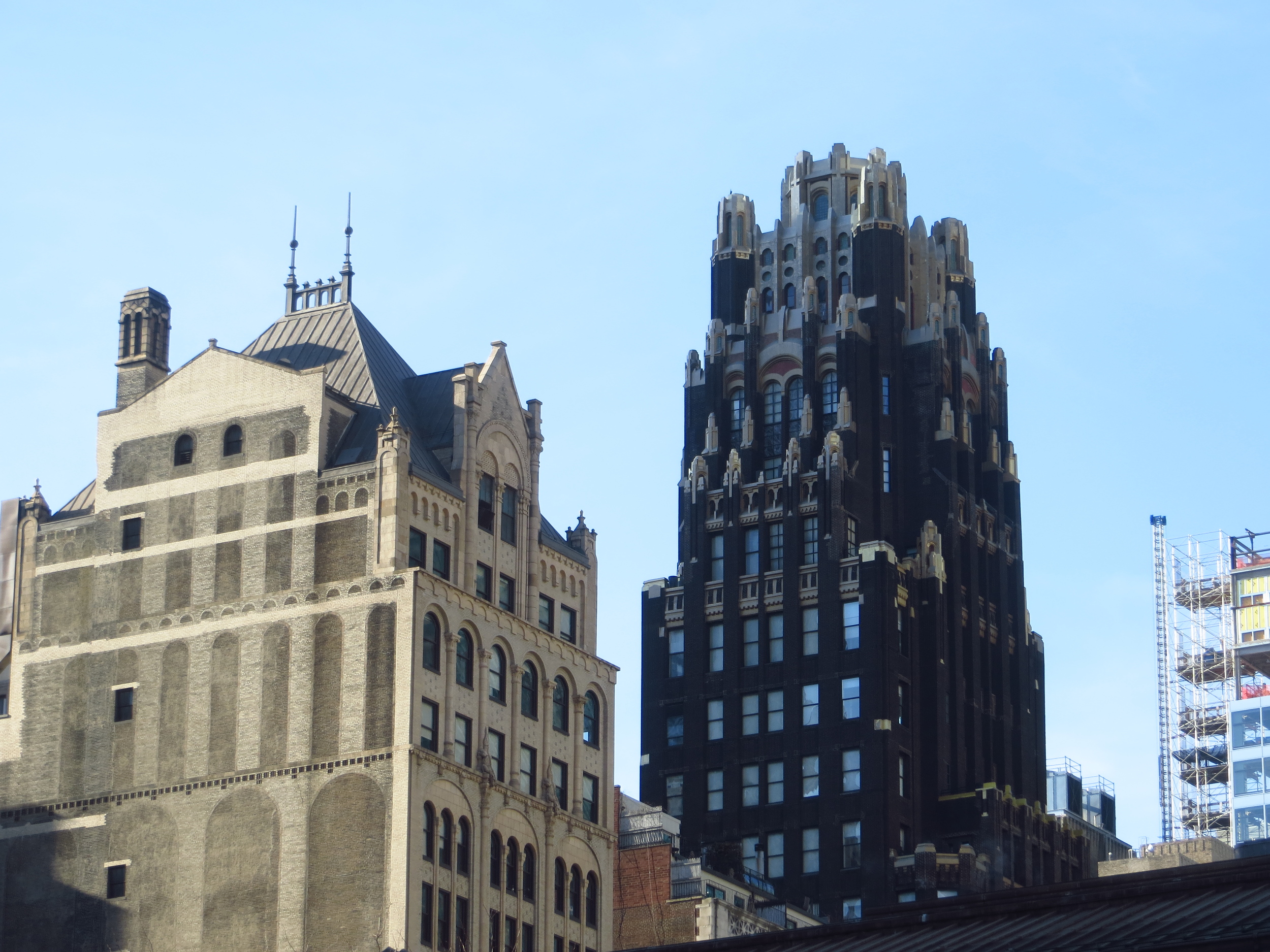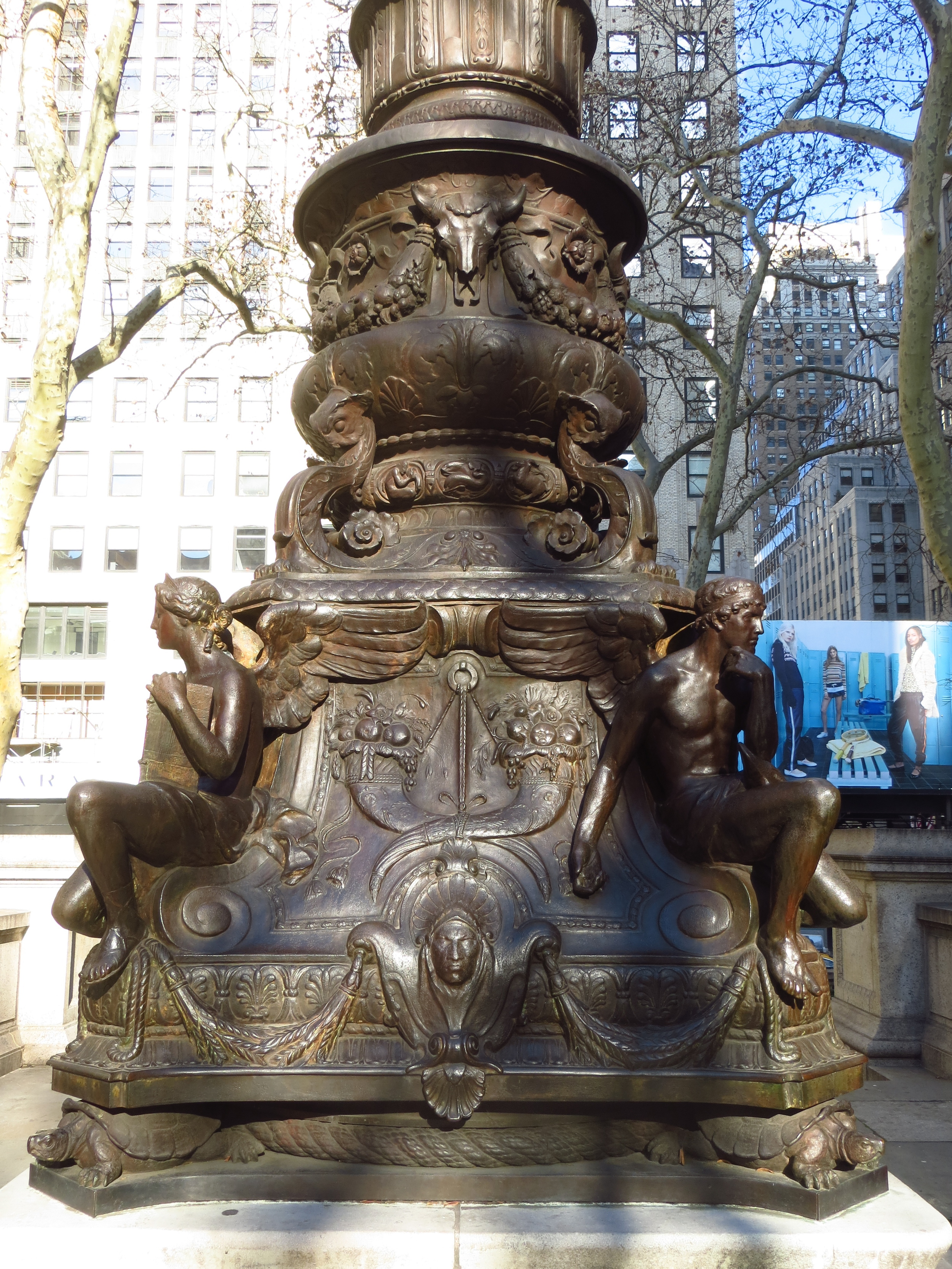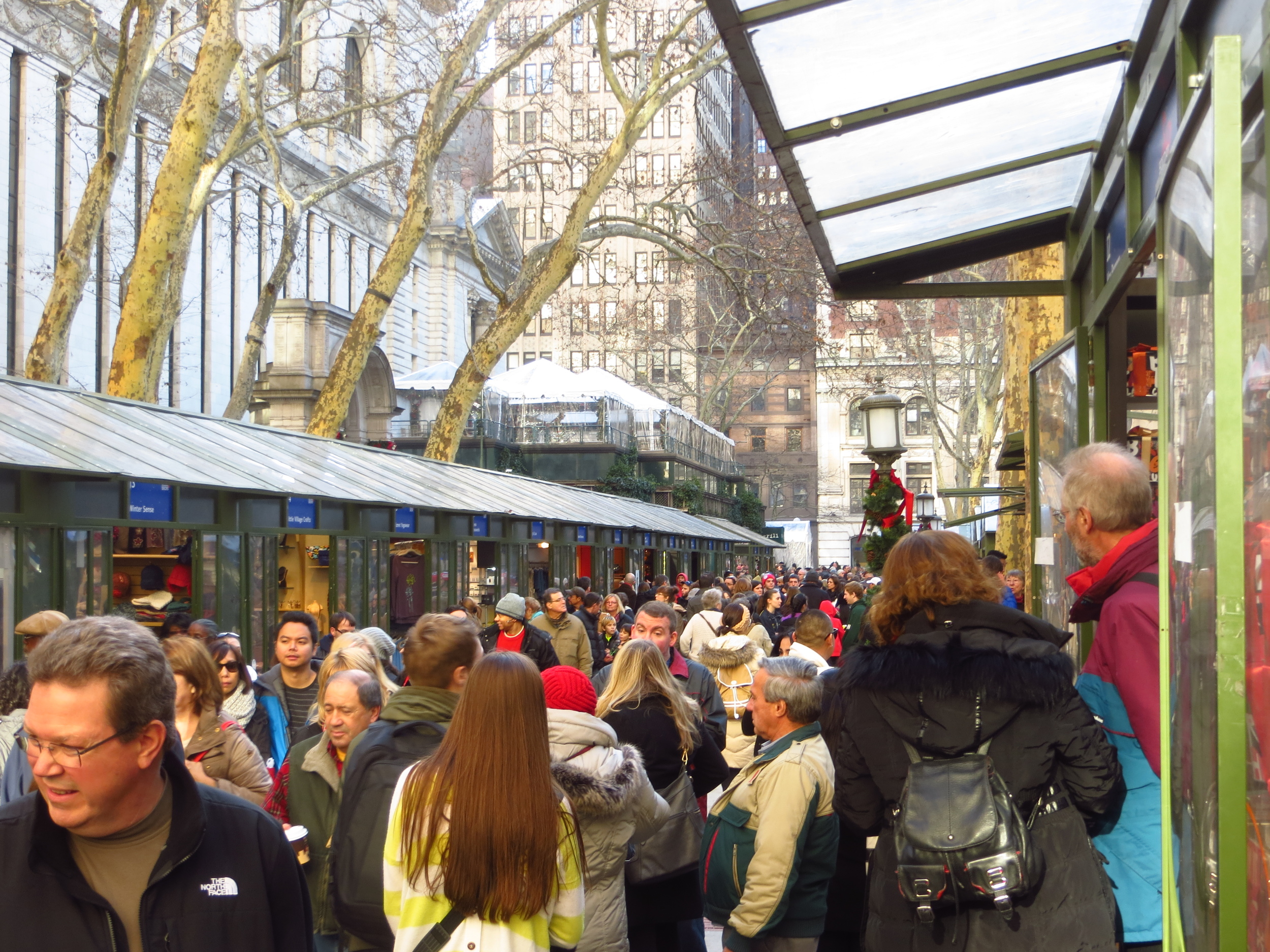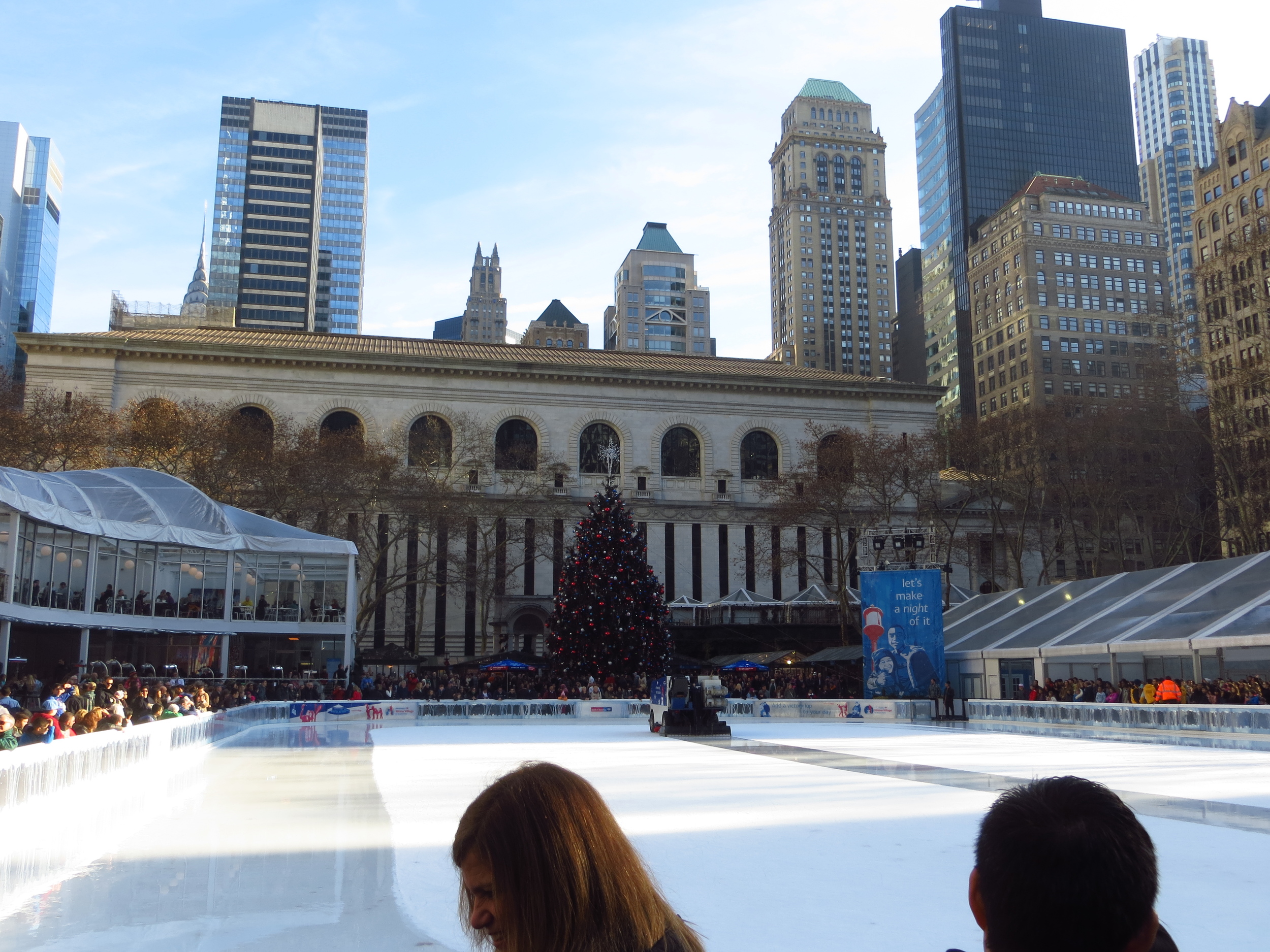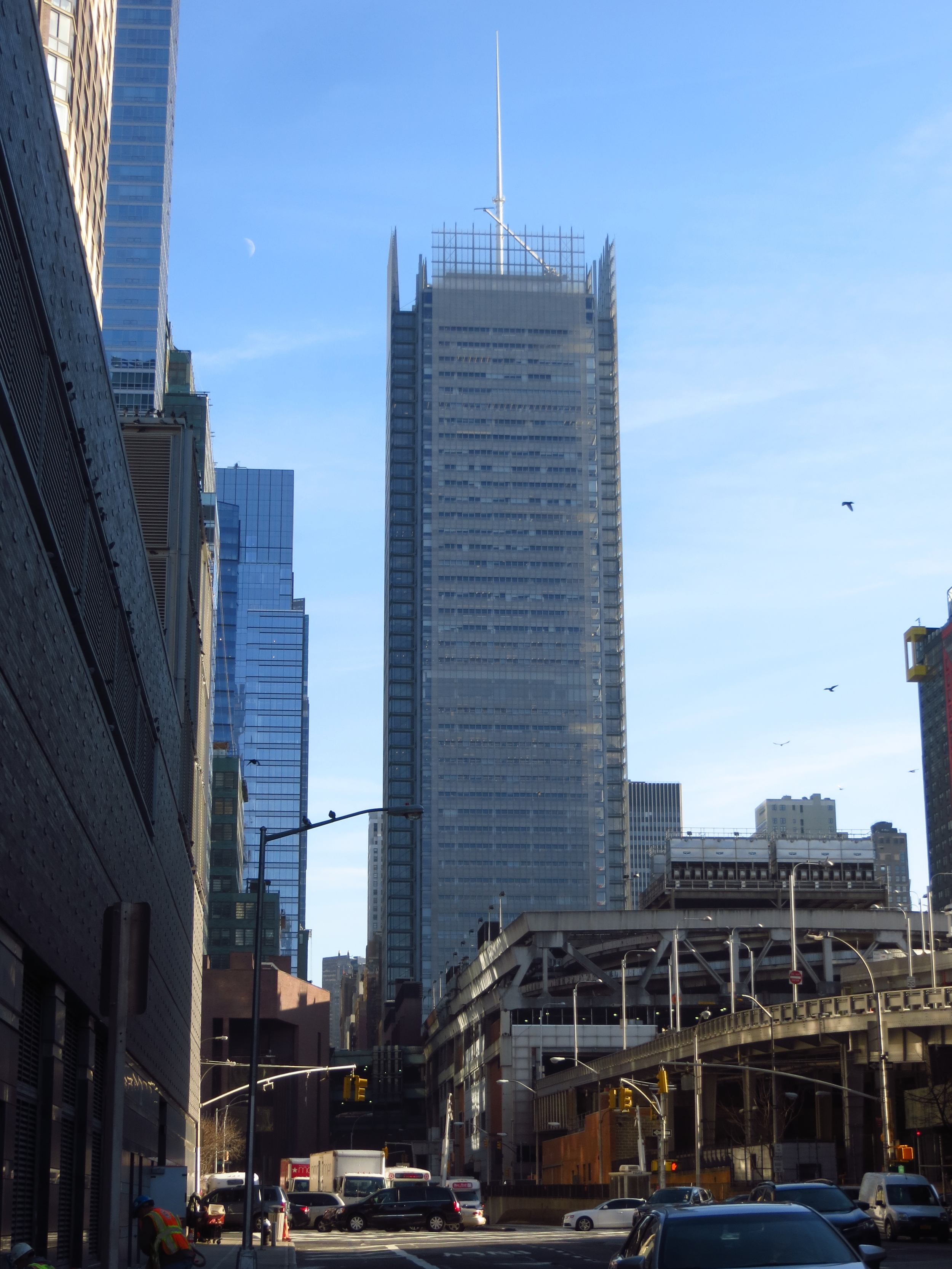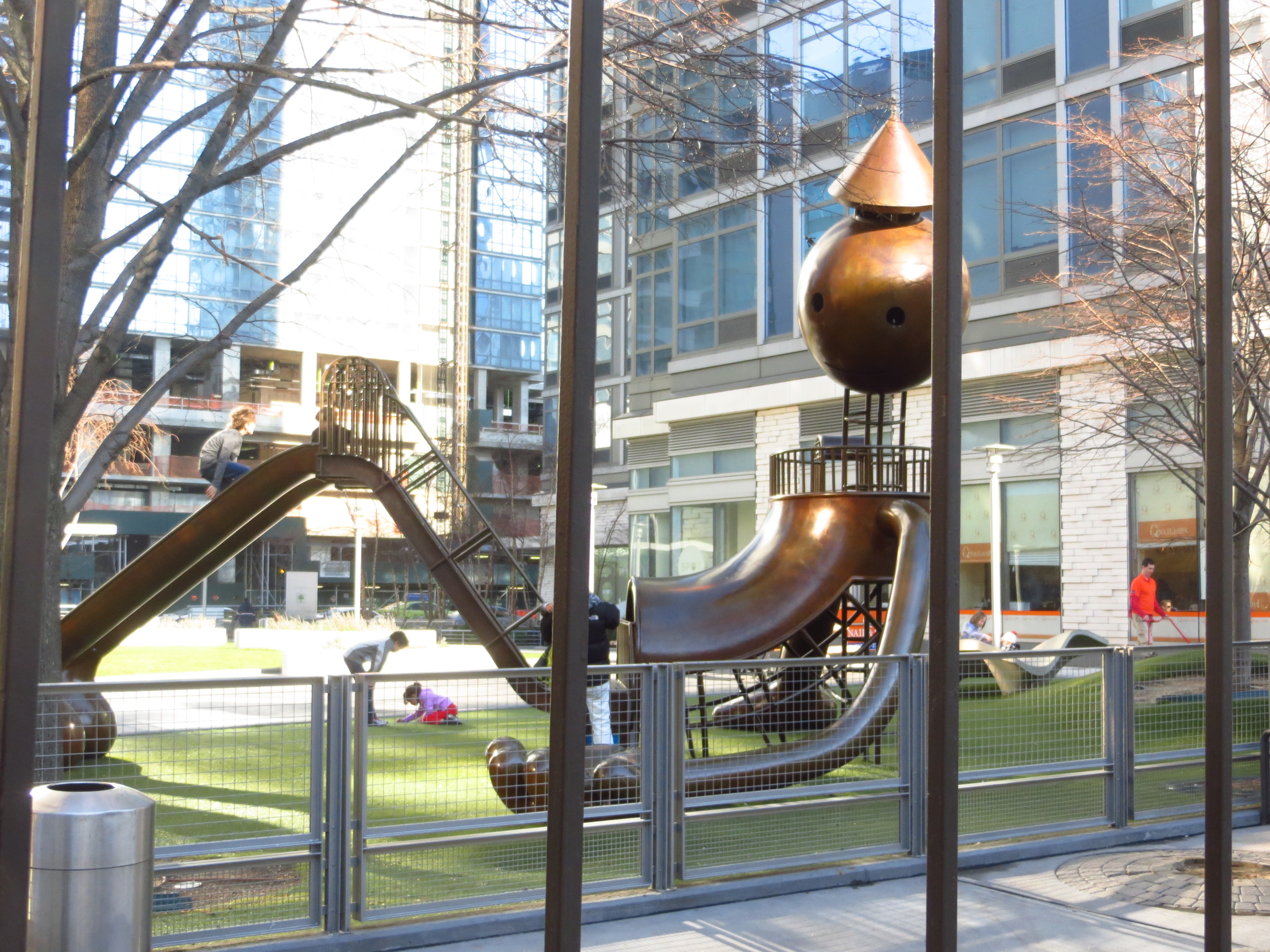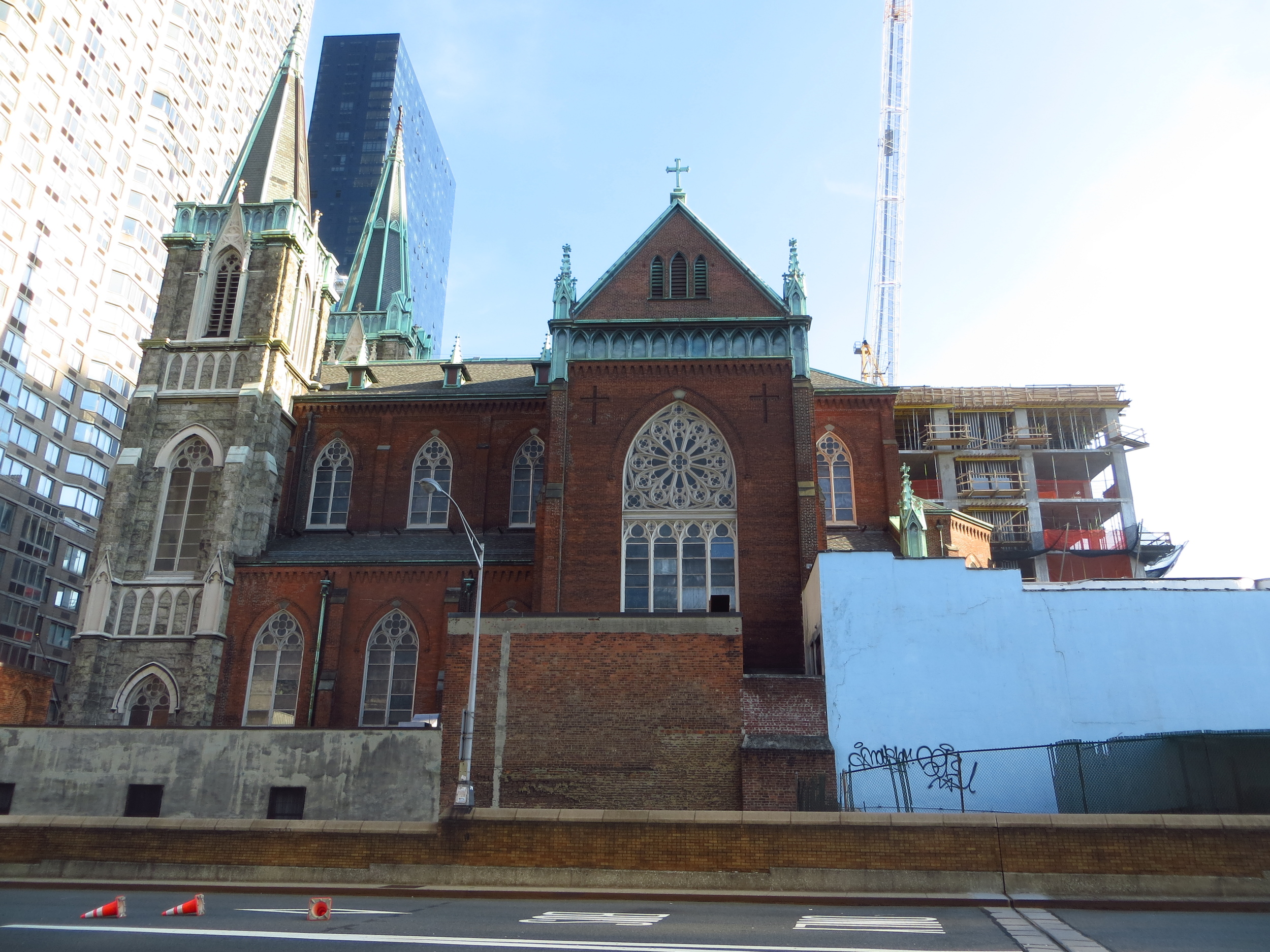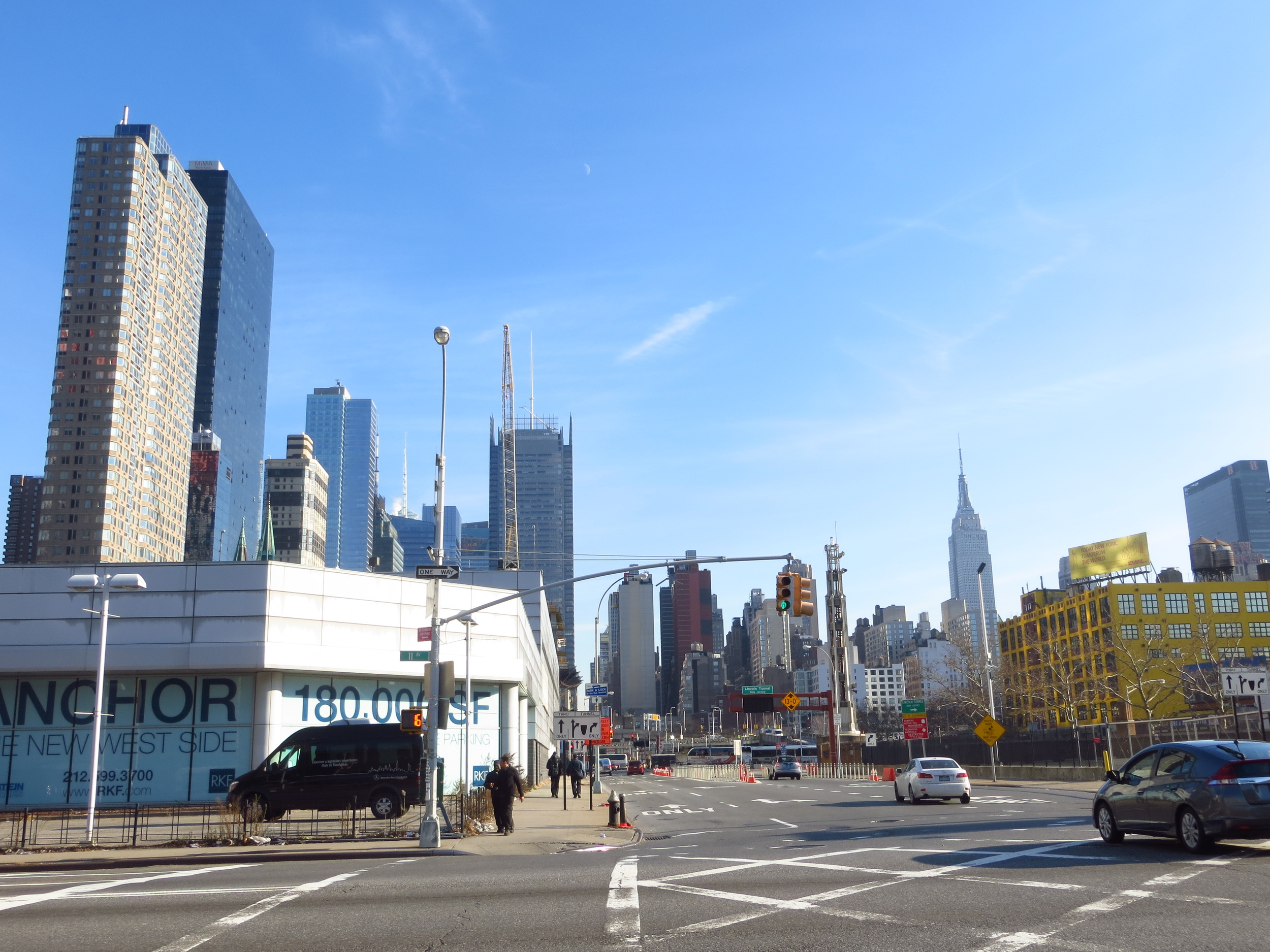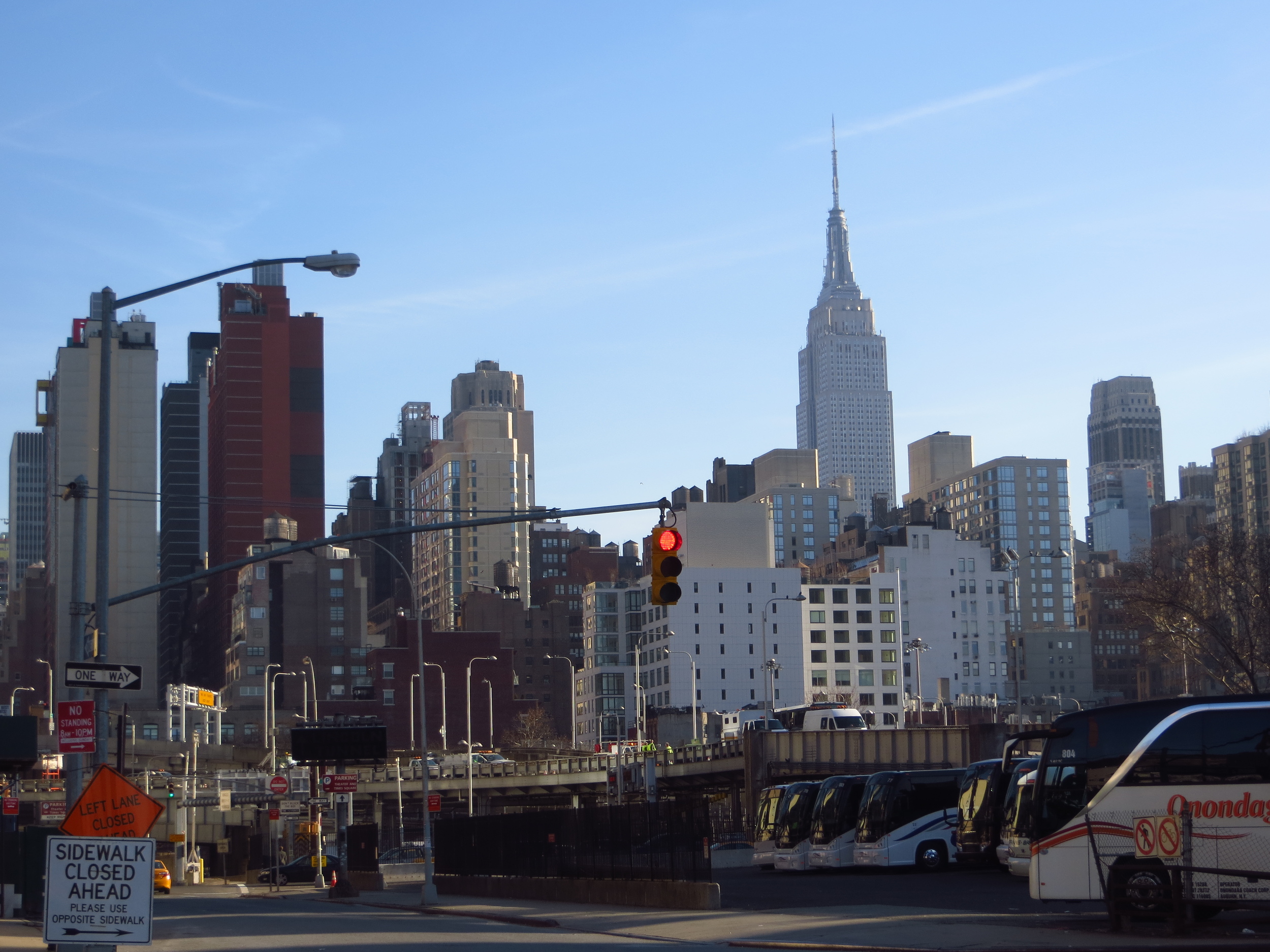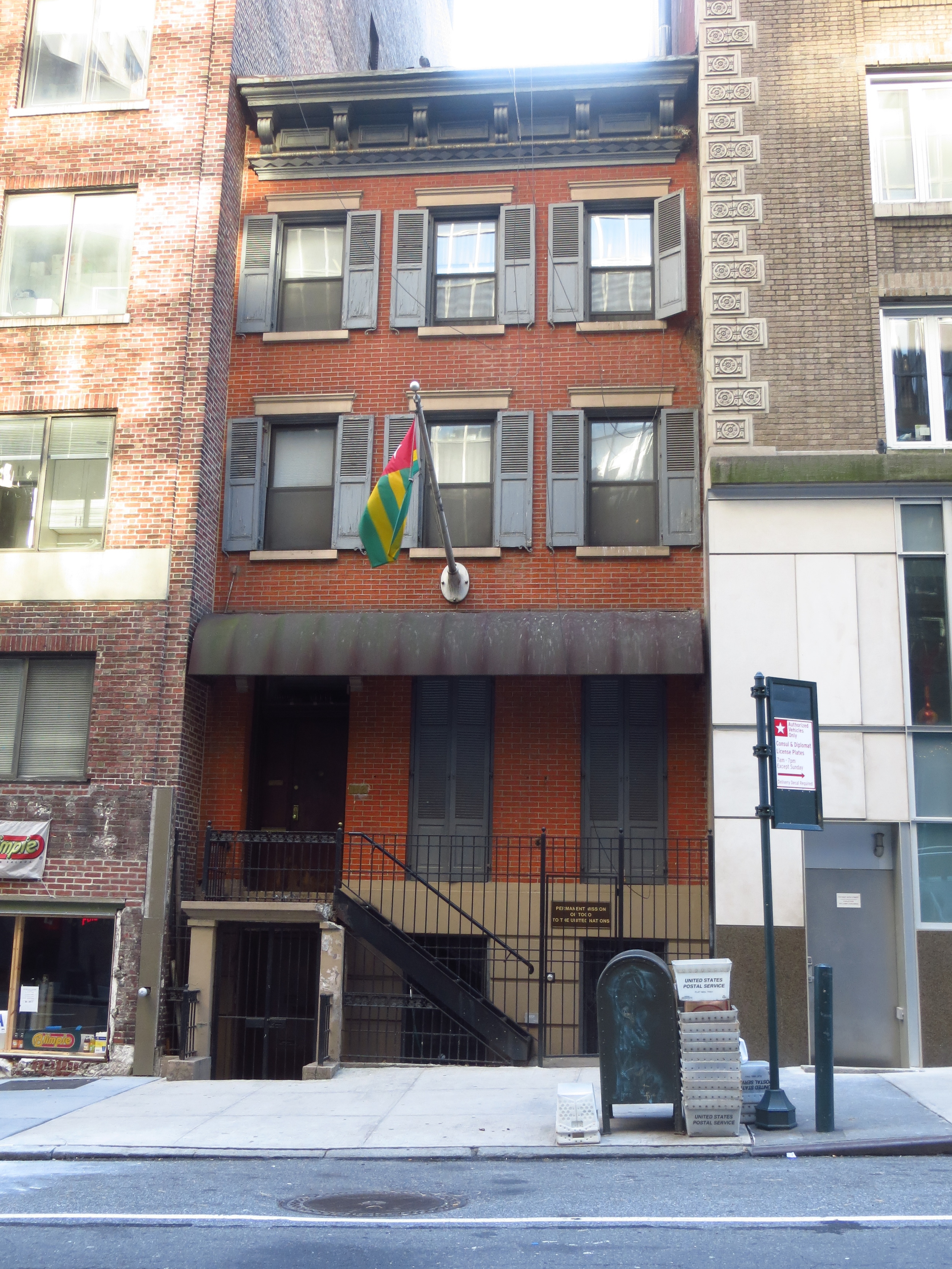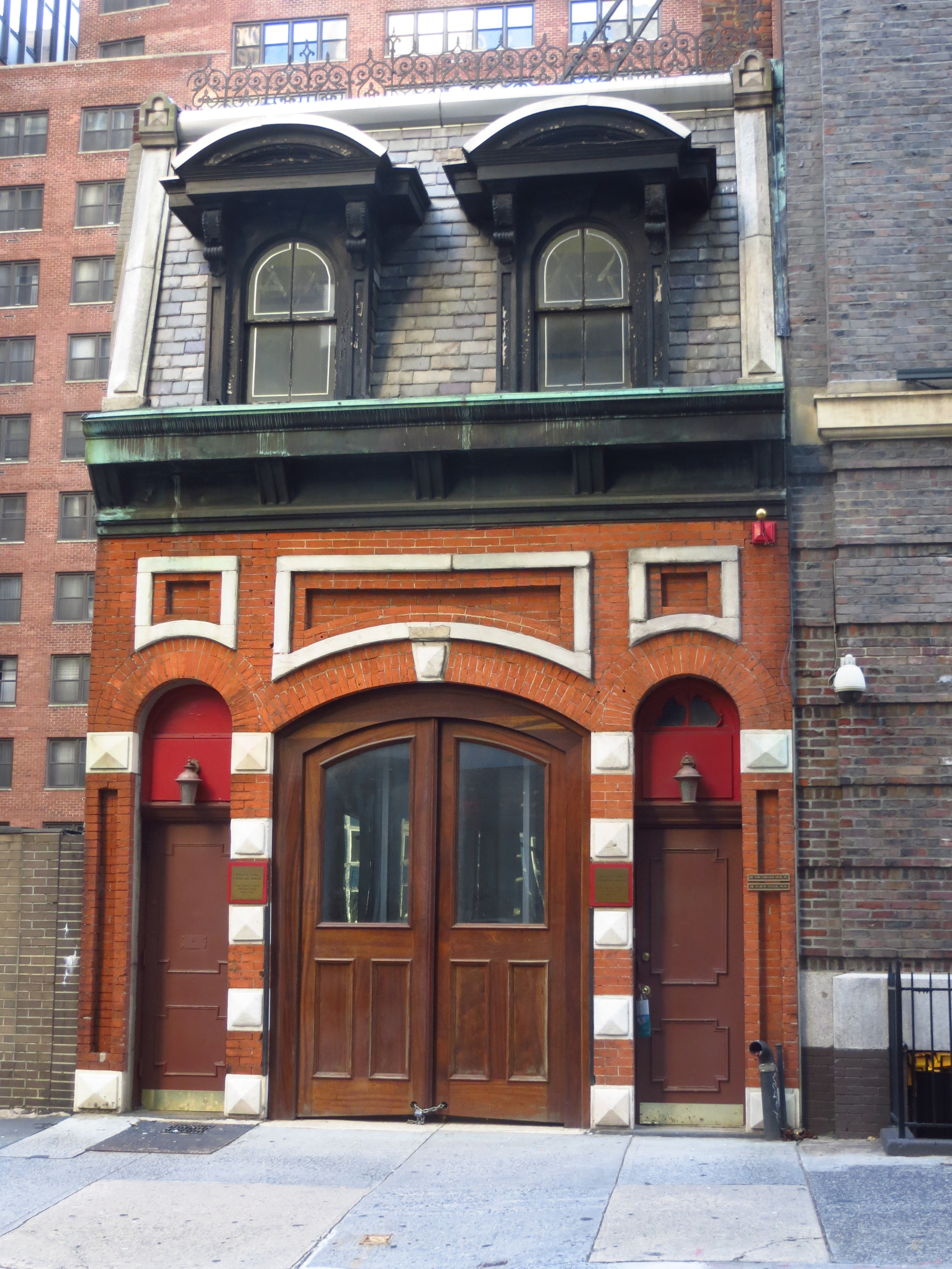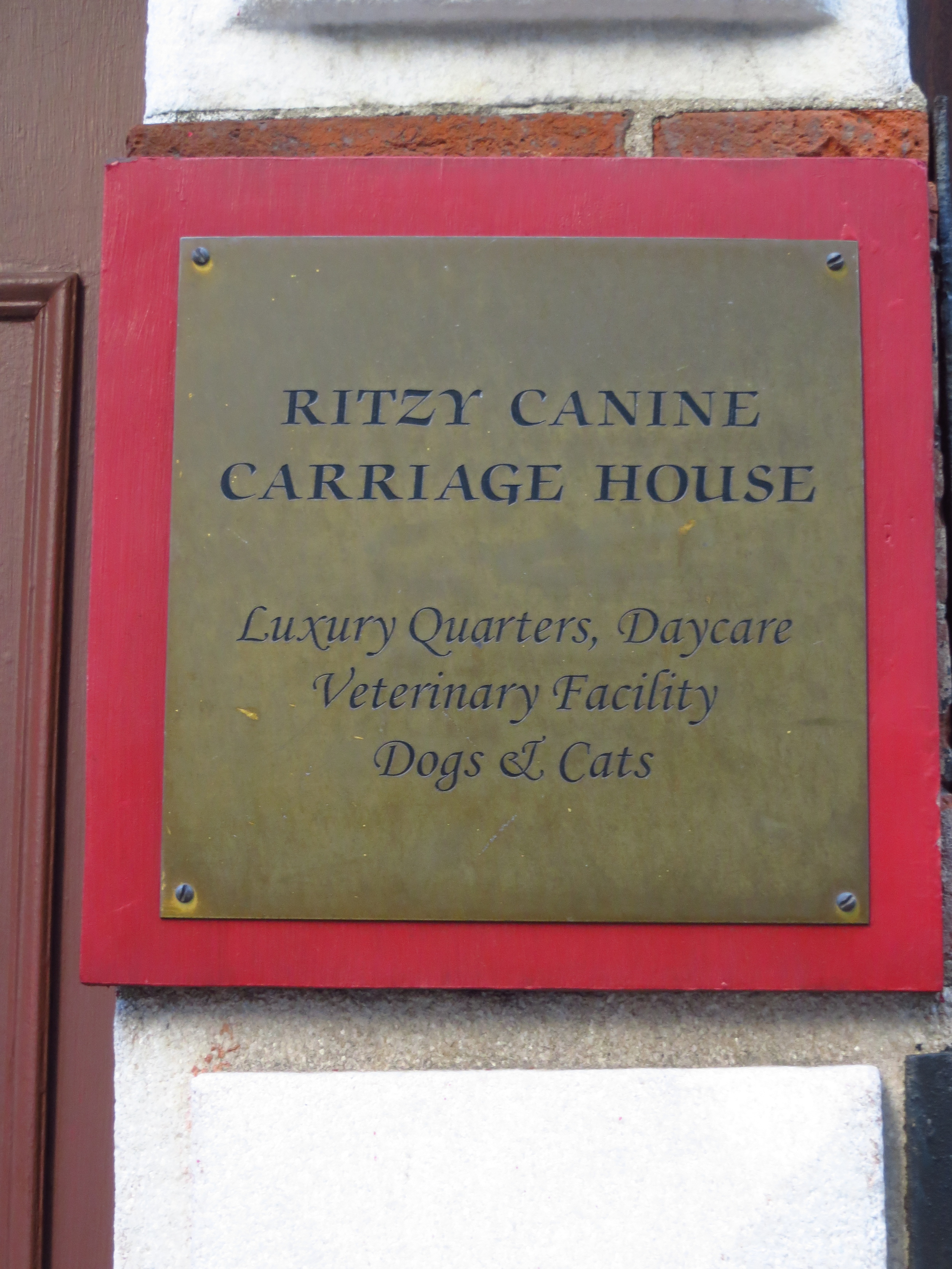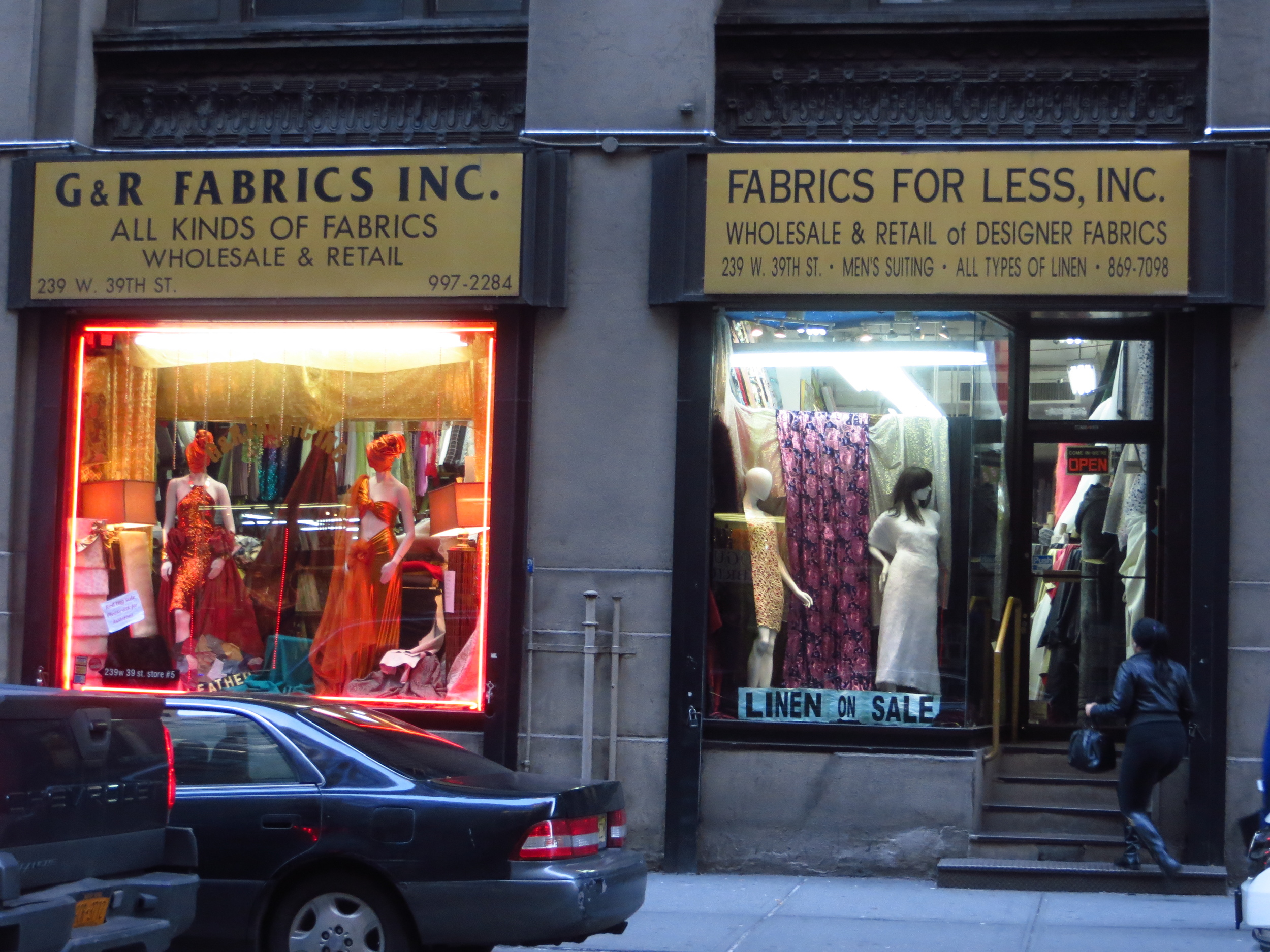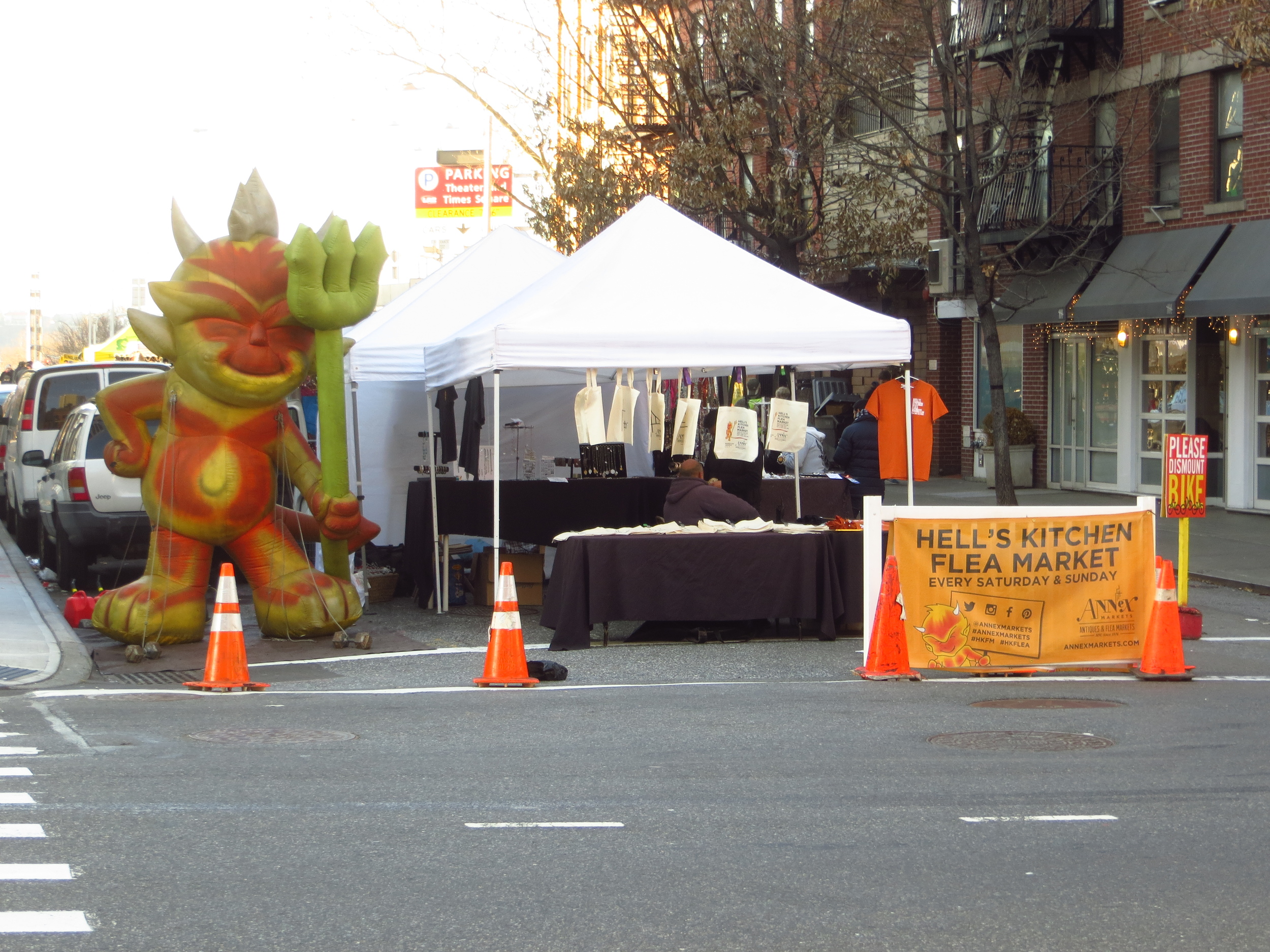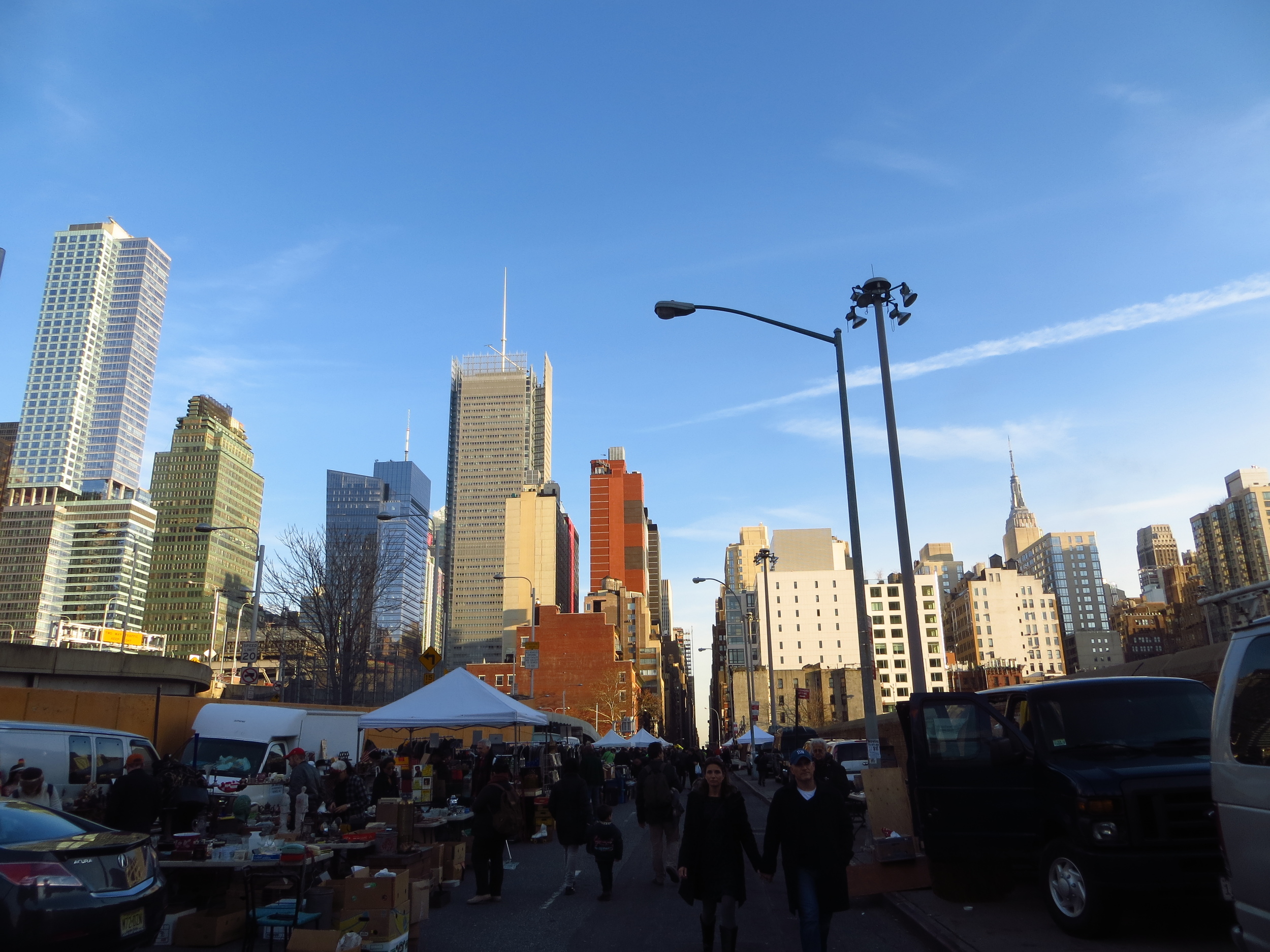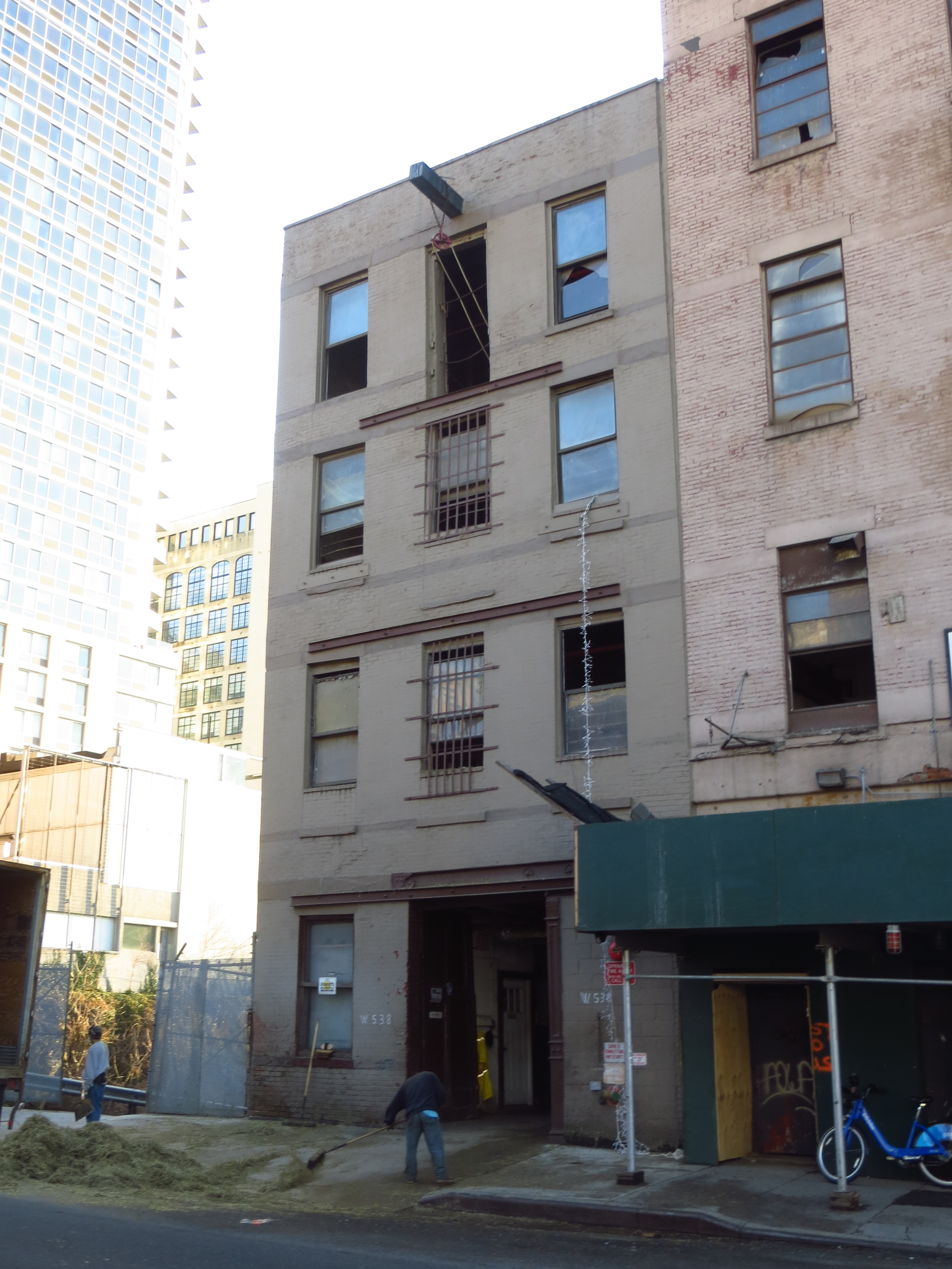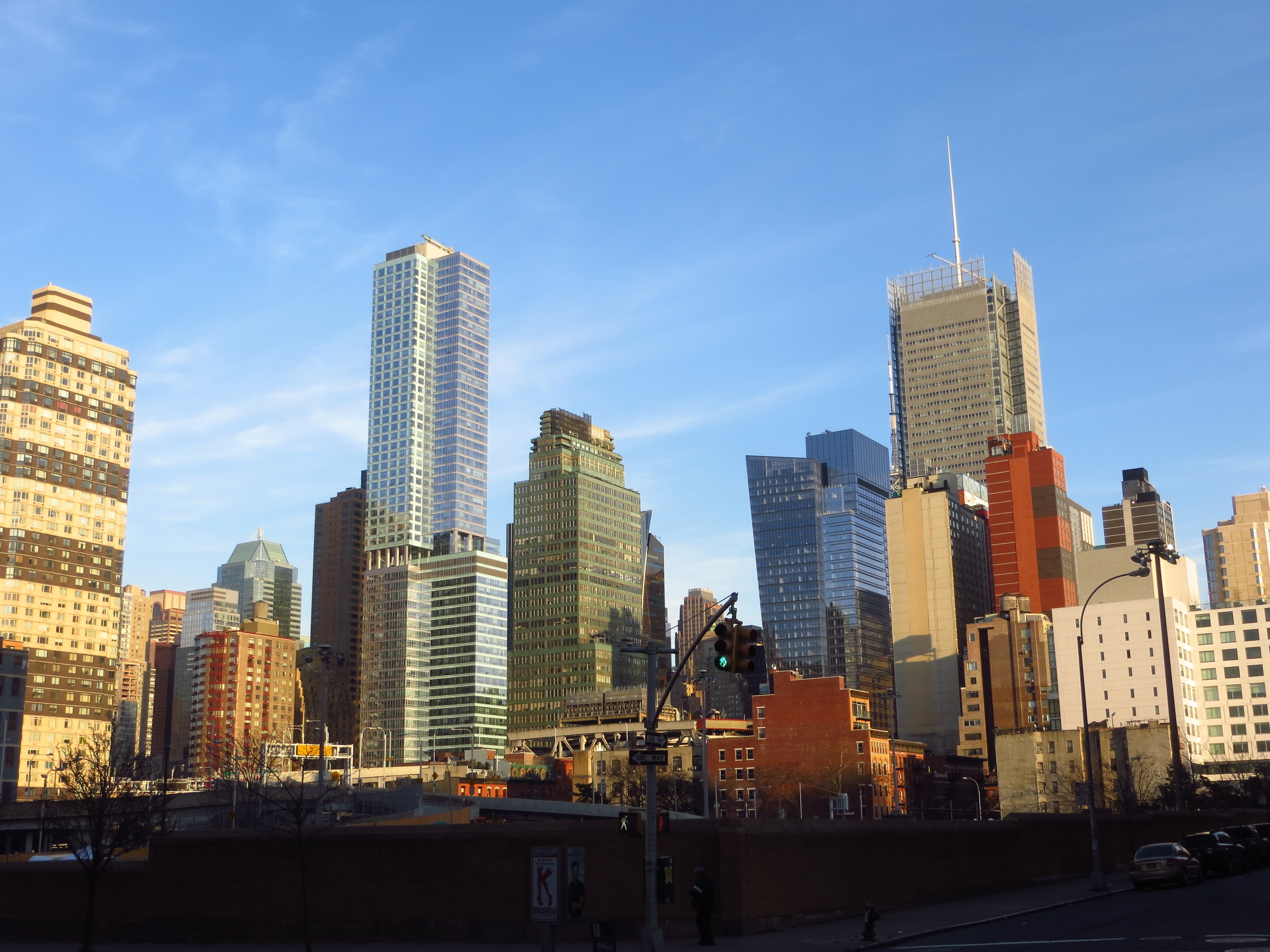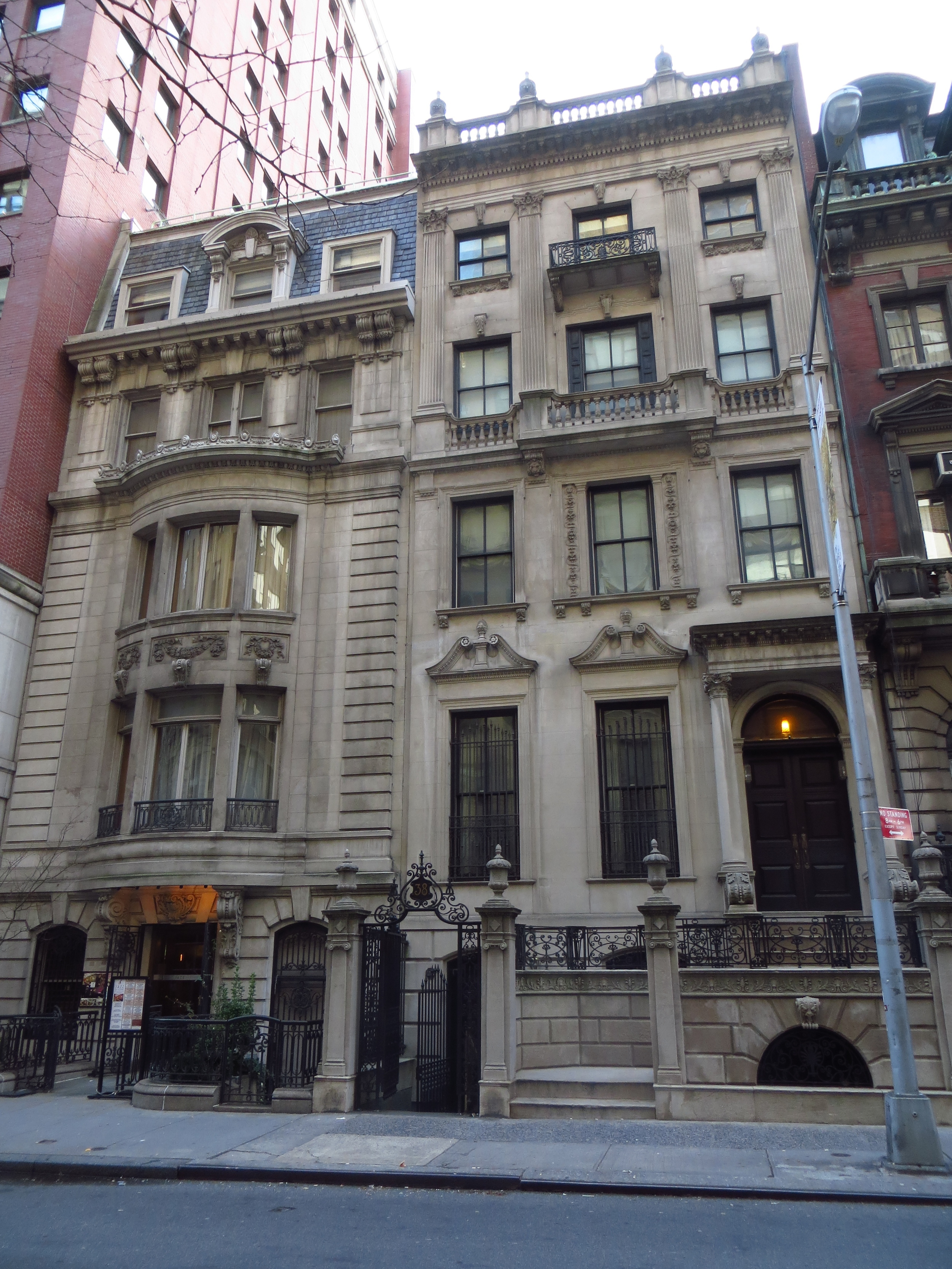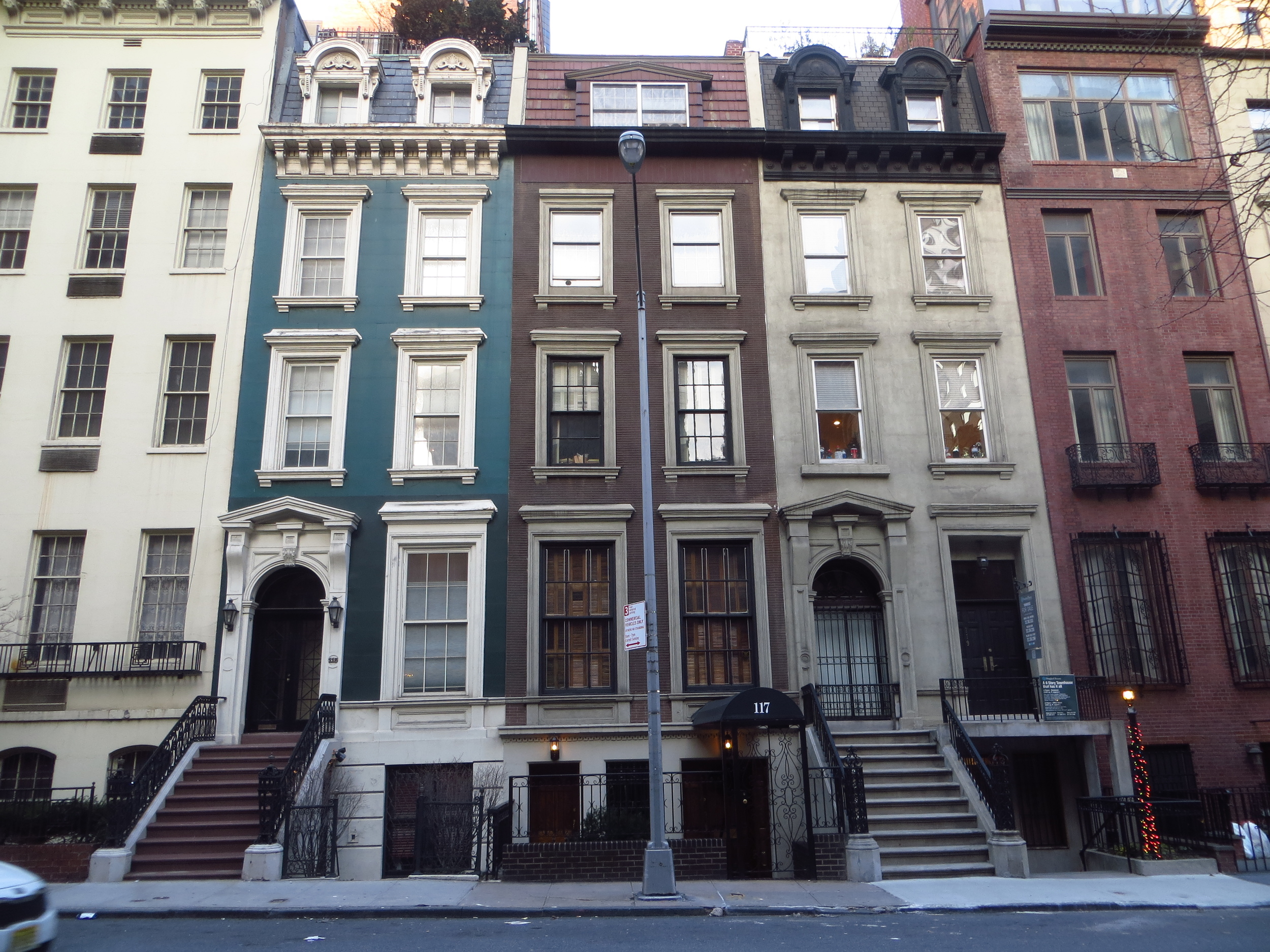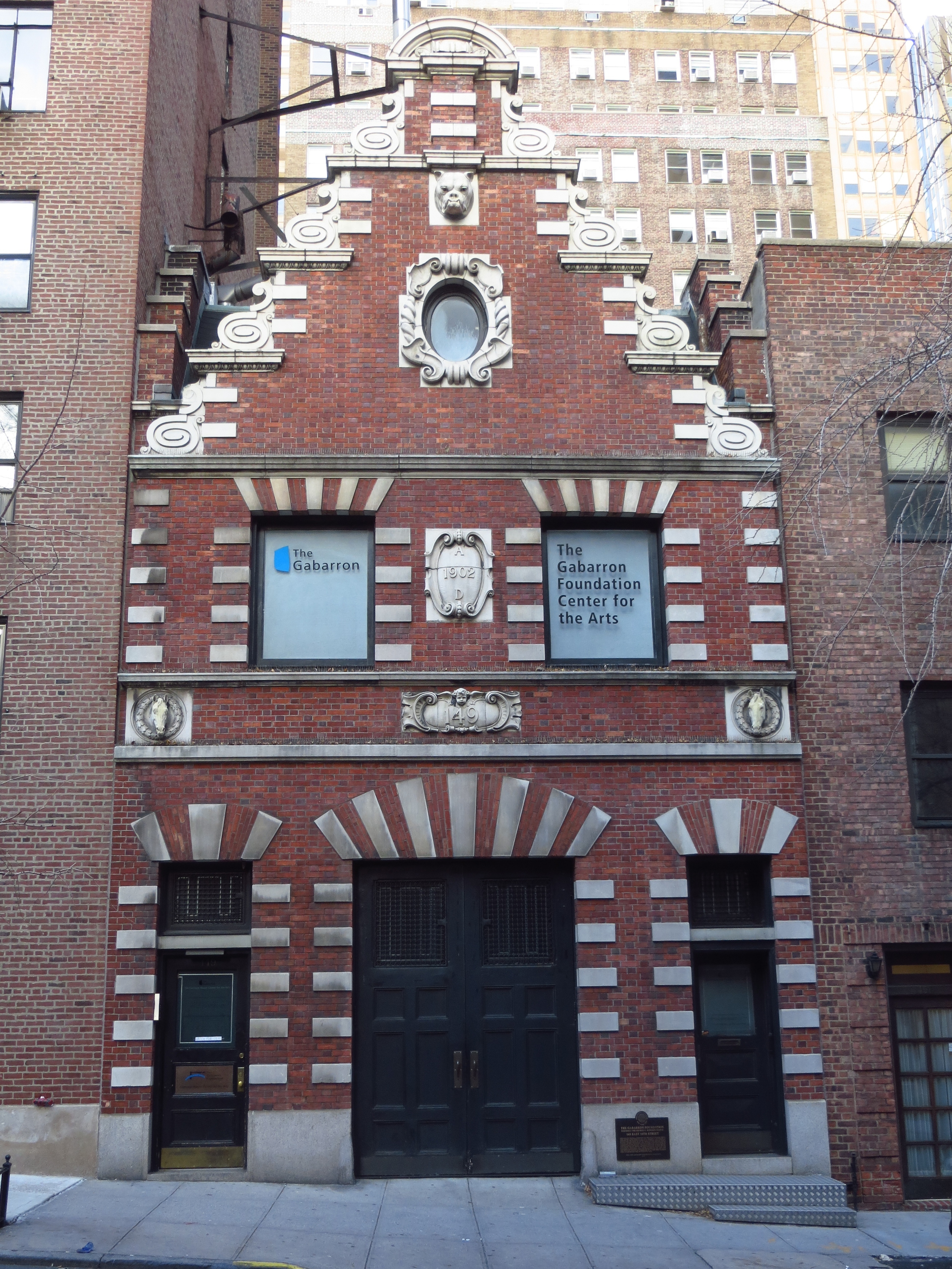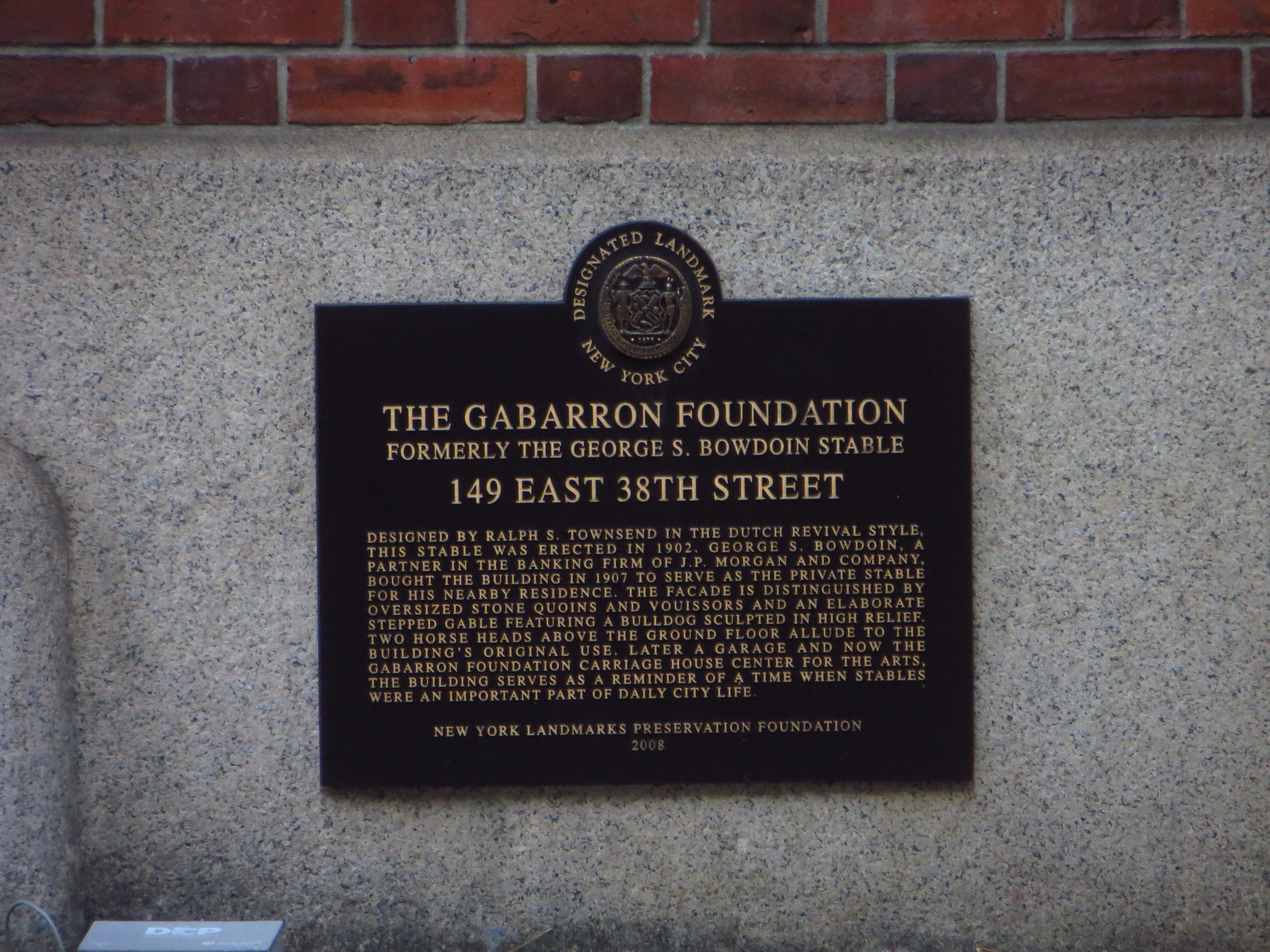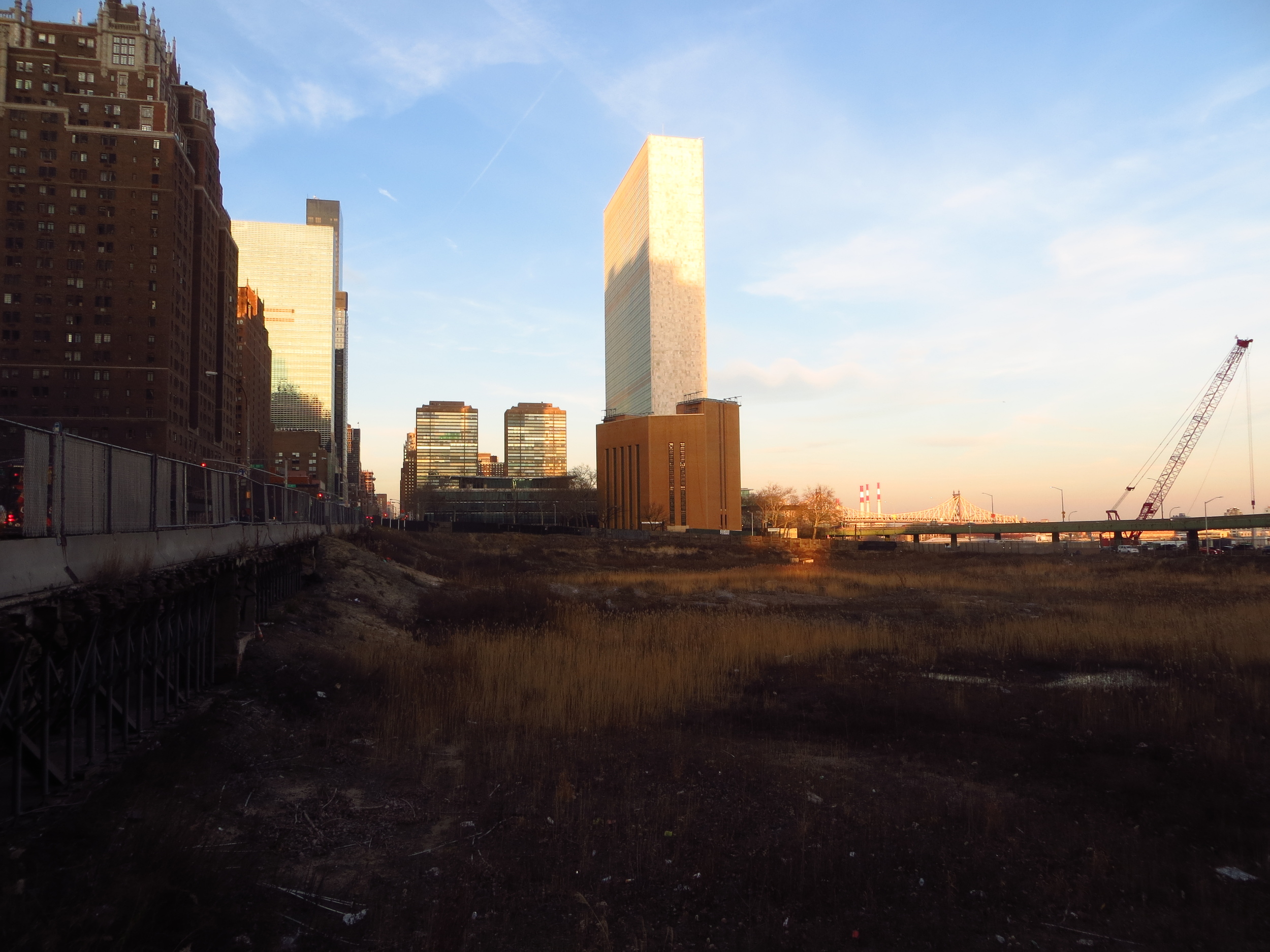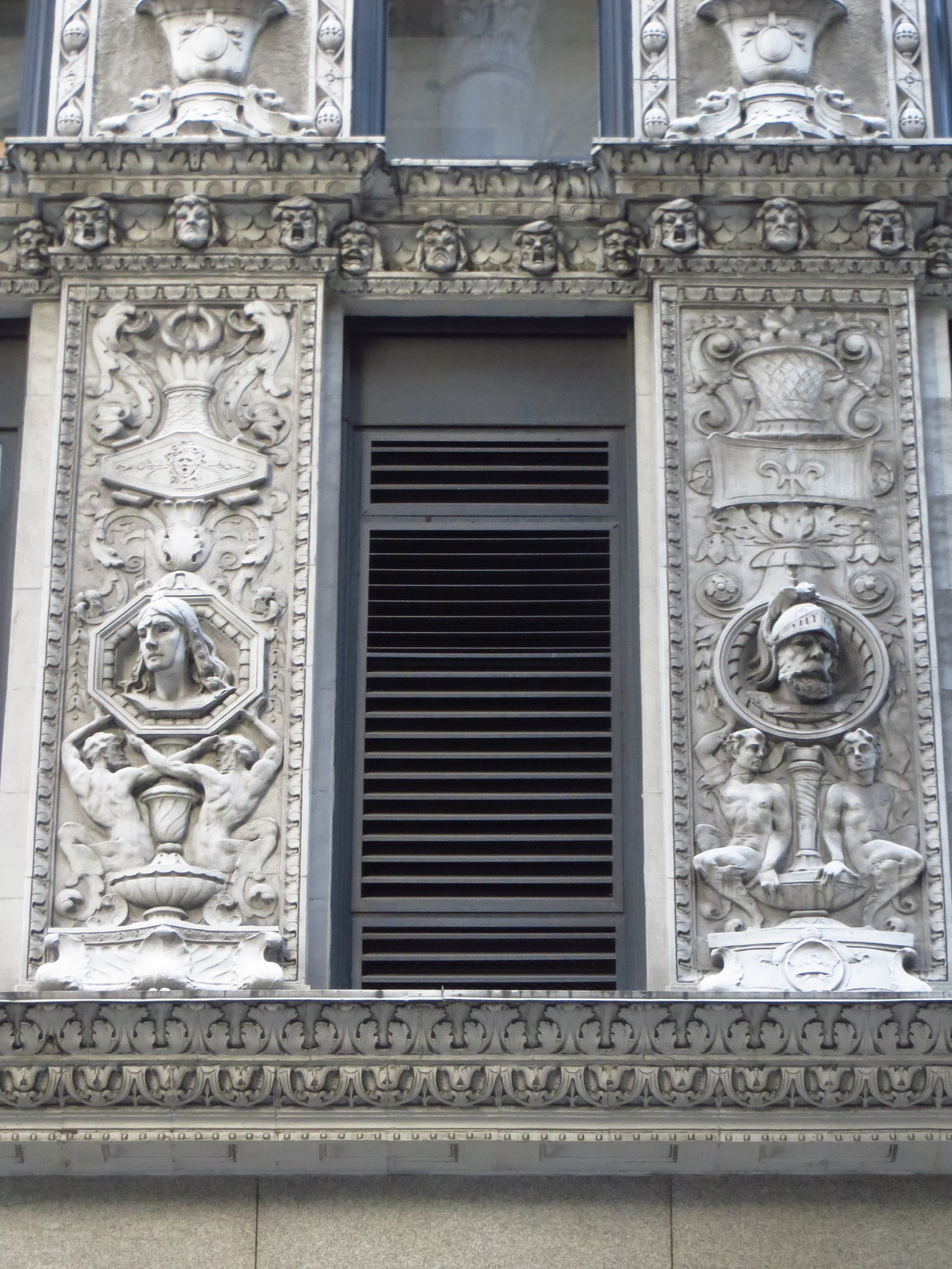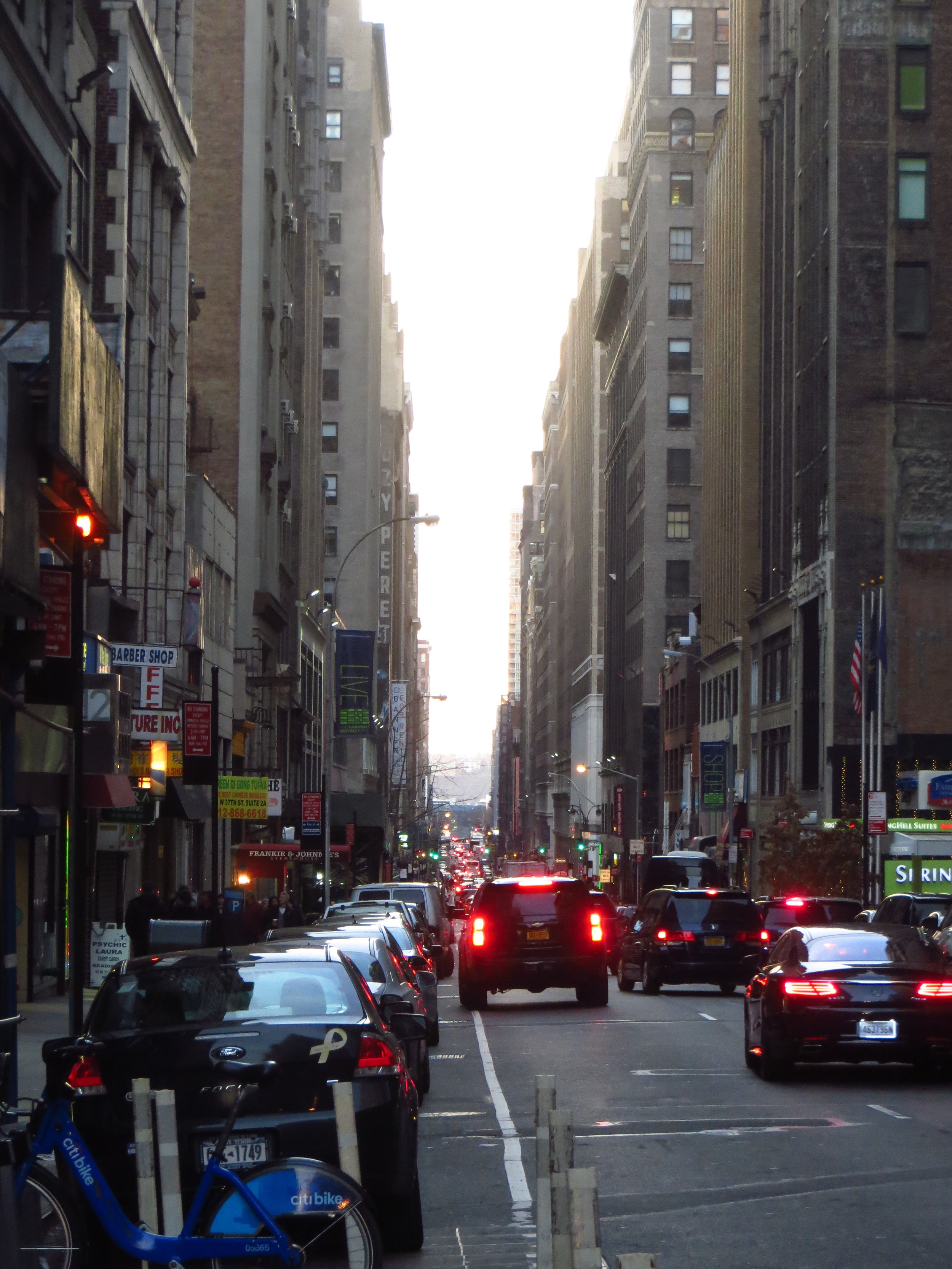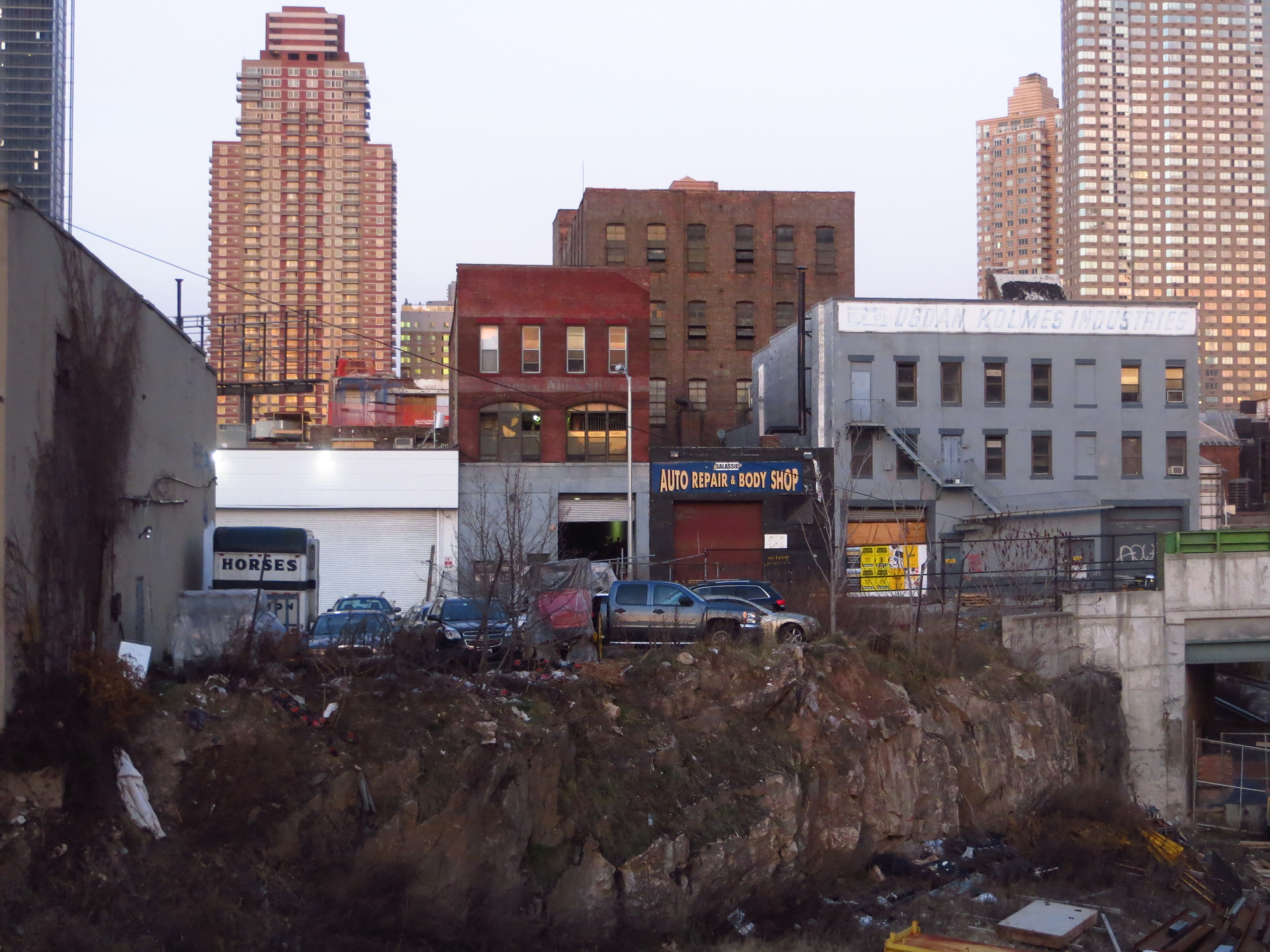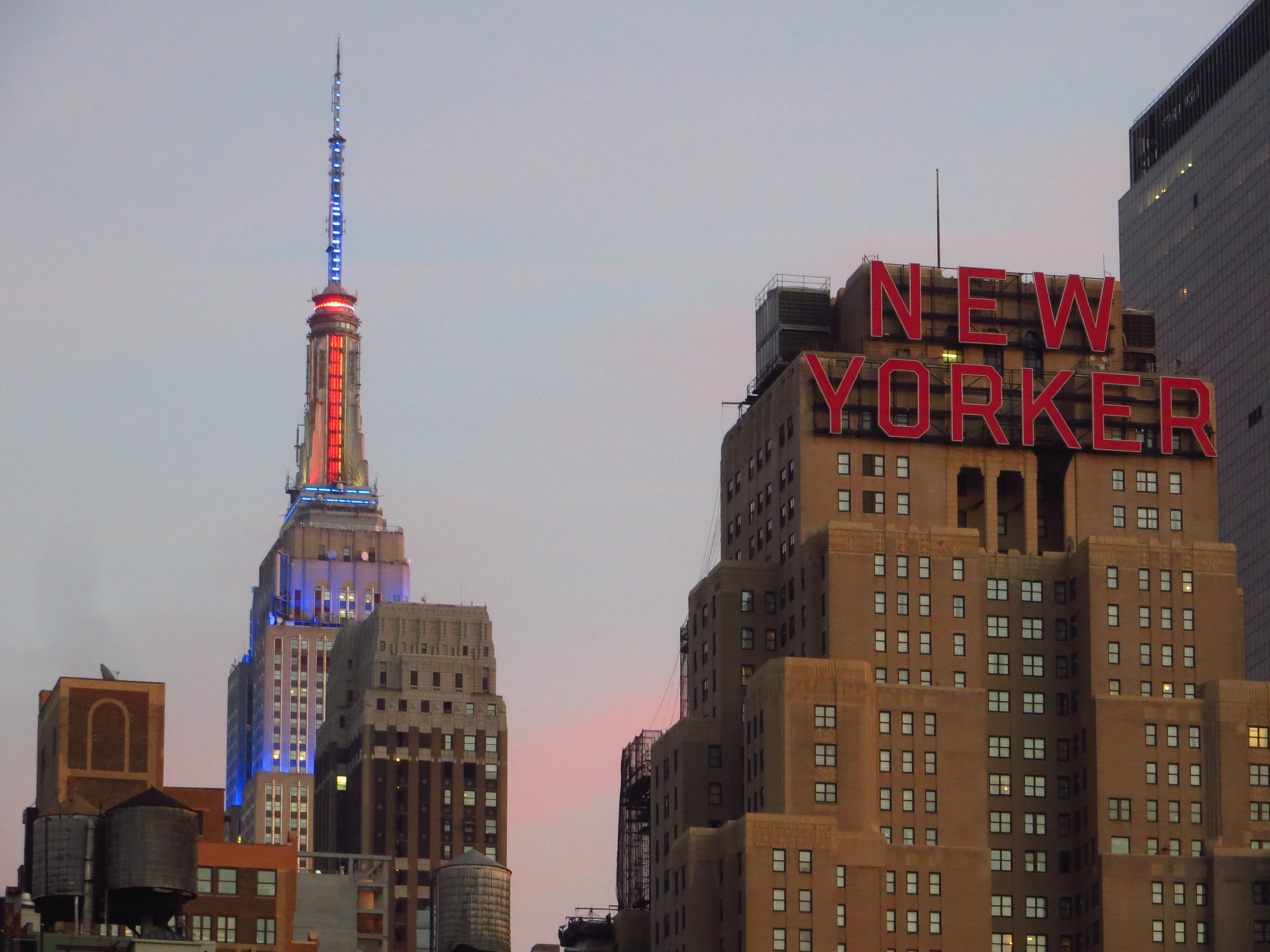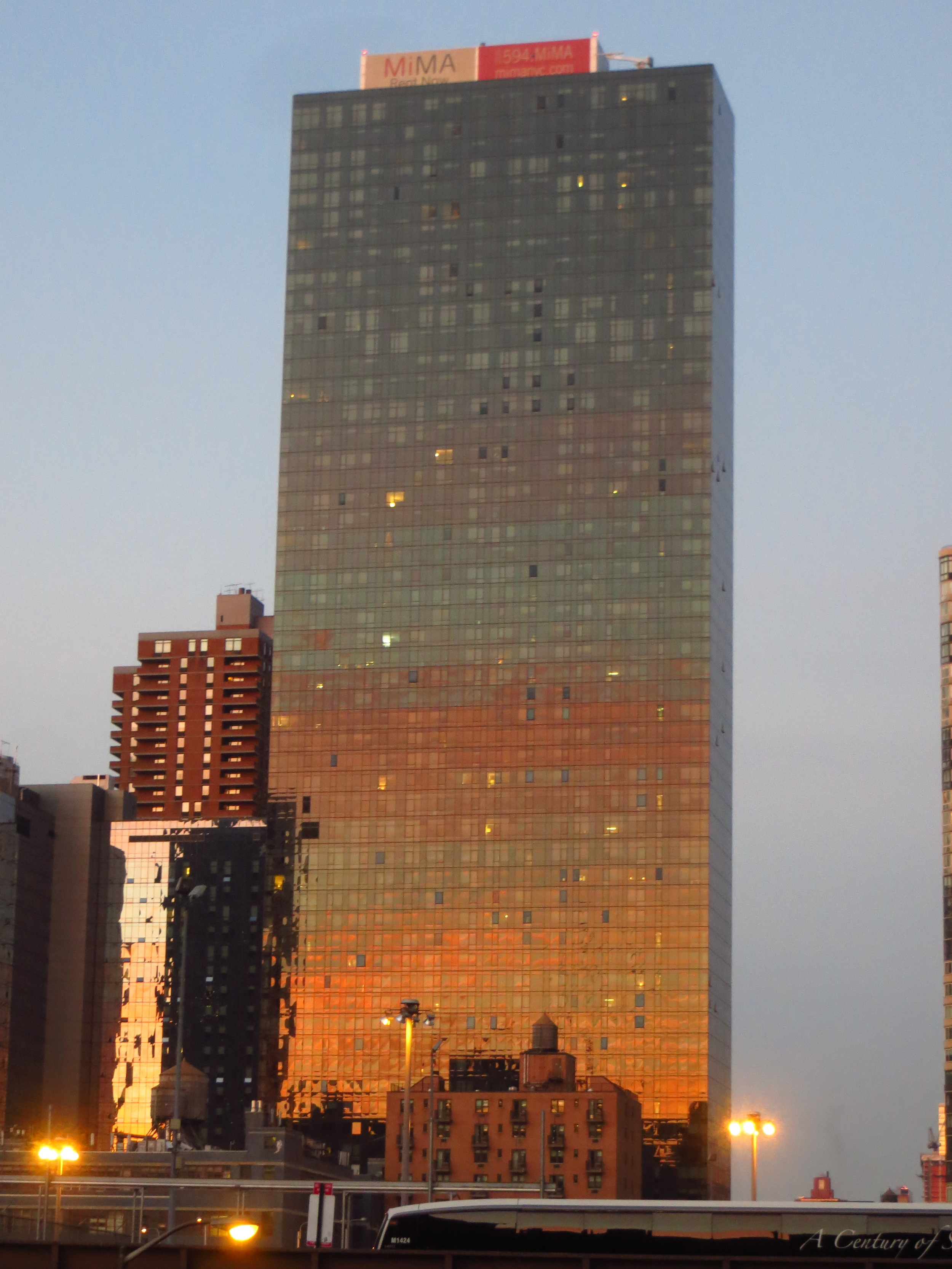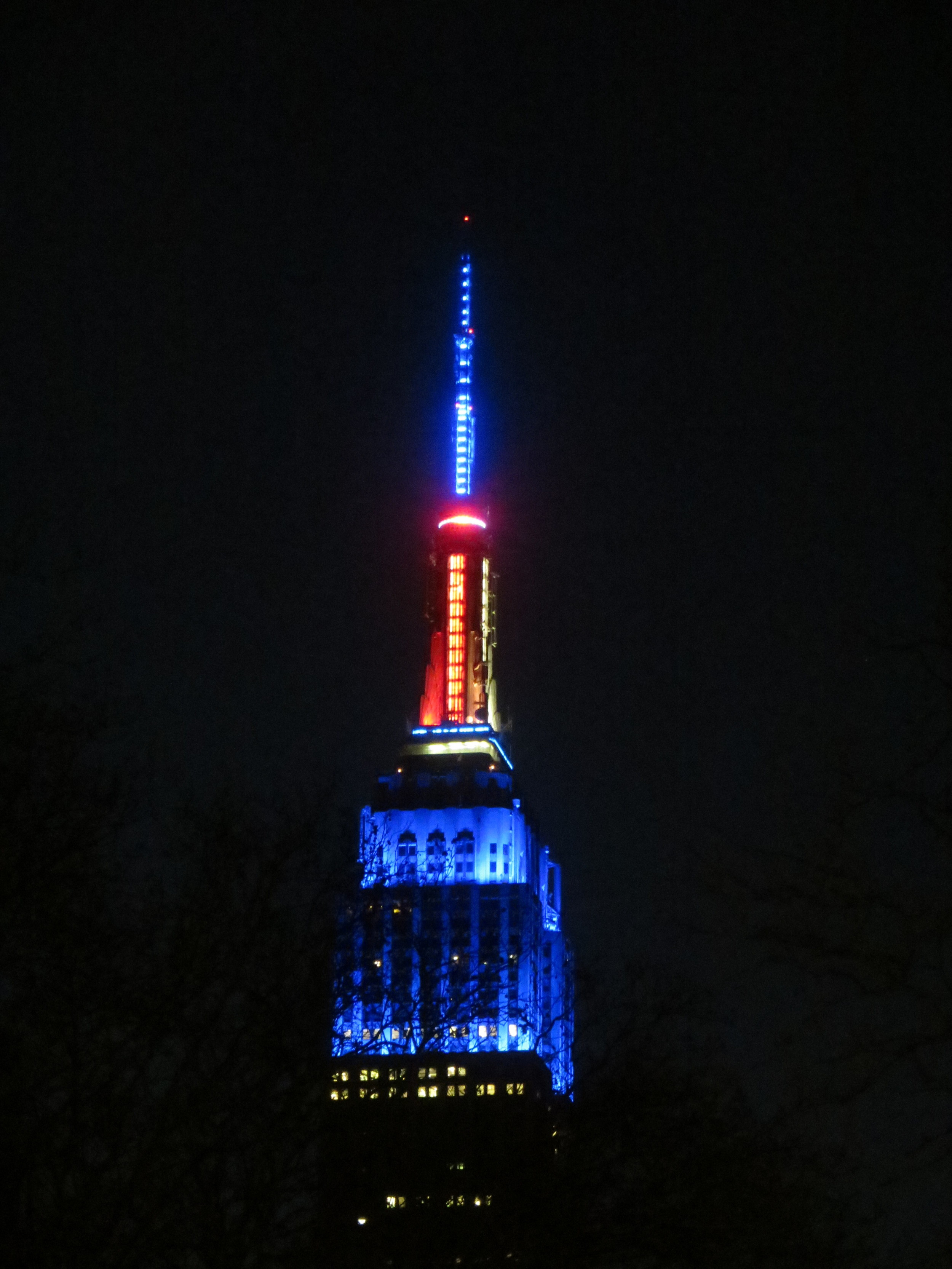Midtown Marathon: 48th St. - 36th St.
I took advantage of a couple of days of good weather to knock out a large section of of Midtown in my longest walk to date. I did two of the streets (47th and 48th) on a Friday and the rest the next day, for a total of about 25 miles.
Today's walk
Midtown Manhattan generally spans the area between 30th St. and 59th St. It is New York's primary business district and home to many of the city's best known landmarks, including the Empire State Building, Times Square, Rockefeller Center, the New York Public Library (main branch), Carnegie Hall, the Theater District, Grand Central Terminal, and more. While this whole area could be broadly called Midtown, the name really refers to the skyscraper-laden commercial center, which runs between 8th Ave. on the west and 3rd Ave. on the east.
Although Manhattan is commonly pictured as being covered in tall buildings, if you were to see it from a distance at night (and not know that you were looking at New York), you might mistake it for two separate cities. This is due to the large concentration of skyscrapers at the southern tip of the island (south of Chambers St.) in the Financial District, and another, larger, concentration in Midtown almost three miles away. The median roof height in between is much lower, creating a deep valley in the skyline. I'd never given a lot of thought to this and assumed that the city had developed that way "just because"; but when you think about it, that doesn't make a lot of sense. Wouldn't it have been more rational to keep building the skyscrapers together and extend the existing business district instead of building a new one miles away? True, the area around the Financial District was more developed and established than the area that would become Midtown, but knocking something old down in favor of something bigger and newer is, for better or worse, a treasured New York tradition (sorry, old Penn Station).
It turns out there's a geological explanation - the bedrock Manhattan sits on (and makes all this skyscraper building possible) is closest to the surface around the Financial District and Midtown, making tall building construction in those areas more feasible than in the areas in between, where the bedrock is much further below the surface. OR SO I THOUGHT! I just Googled this and it turns out the geological explanation was debunked two years ago. An economist took core samples all around the island and found that there was no correlation between bedrock depth and tall building construction. In fact, two of New York's tallest early skyscrapers, the New York World Building (b. 1890) and the Woolworth Building (b. 1913), were both built around City Hall in lower Manhattan, where the bedrock is furthest from the surface. Instead, the author posits that the Midtown building boom was a result of developers following New York's wealthy and middle class population, which was moving north at about the time that tall buildings began popping up in Midtown.
Generally speaking, the buildings in Midtown are commercial / office space only, although residential neighborhoods do sit on either side. The Hell's Kitchen neighborhood runs along the western edge of Midtown. Hell's Kitchen was originally established in the mid-19th century as an Irish neighborhood, where many of the residents found work on the docks along the Hudson or on the recently constructed Hudson River Railroad. Like many of New York's other immigrant neighborhoods, the area was known for its concentrated poverty and crime, and by the early 20th century had gained a reputation as one of the most dangerous neighborhoods in America. The name "Hell's Kitchen" is allegedly derived from a Davy Crockett quote in reference to Five Points (an older but similarly notorious slum in lower Manhattan): "...these [men] are worse than savages; they are too mean to swab hell's kitchen." Today the area is partially gentrified and rents have actually risen above the Manhattan average in the last year.
The eastern edge of Midtown is bordered by a number of residential neighborhoods, such as Sutton Place, Turtle Bay, Tudor Place and Murray Hill, as well as the United Nations complex. In these neighborhoods, which tend to be generally more upscale than Hell's Kitchen, you notice several row houses serving as UN Missions for to foreign nations.
I'll close this post with another fun (these are fun, right?) anecdote about a New York landmark; the Chrysler Building. The Chrysler Building, located on Lexington Ave. between 43rd St. and 42nd St., is one of New York's Art Deco gems. Built to house the heaquarters of the Chrysler Corporation, the Chrysler Building was designed by William Van Alen and when the groundbreaking ceremony took place in September 1928, it was intended to be the tallest building in the world. However, at the very same time, just 4 miles south, Van Alen's former partner and bitter rival, H. Craig Severance, was also plotting to build the world's tallest building. Severance's project, located at 40 Wall St., was designed to house the headquarters of the Bank of Manhattan Trust (later merged into Chase Manhattan Bank), and at 840 ft., was 2 ft. taller than the originally announced height of the Chrysler Building. Both architects changed their plans a number of times as their buildings rose over the following months, and when Van Alen announced that the Chrysler Building would eventually top out at 925 ft. tall, Severance modified his plans to make 40 Wall St. 927 ft. tall. Construction ensued at a rapid pace on both buildings (the Chrysler Building grew at a rate of roughly 4 stories per week), but Severance was the first to cross the finish line on May 1930. He had completed the world's tallest building, but his victory was short lived.
Unbeknownst to anyone outside of his team, Van Alen had changed the plans again, this time to incorporate a 125 ft. spire, which was constructed in secret inside the building's frame. On October 23, 1929, the spire began to rise from the Chrysler Building's domed crown, and in the course of only 90 minutes, produced not only the world's tallest building, but the most amazing metaphor for one architect's dominance over another. The Chrysler Building had topped out at 1,046 ft., 119 ft. taller than 40 Wall St.
Van Alen knew his building wouldn't hold its title long though. Just a few blocks south, on the site of the original Waldorf Astoria Hotel, the Empire State Building was under construction and had already announced that its finished height would greatly exceed that of 40 Wall St. or the Chrysler Building. So while neither building held the "World's Tallest" title long, the Chrysler Building held it longer and is still generally regarded as one of the most beautiful buildings in New York (if not the world), and 40 Wall St. has to live with the shame of having Donald Trump's name on it (Trump purchased the building in 1995).
